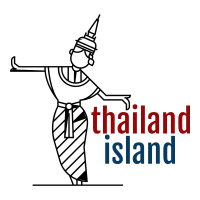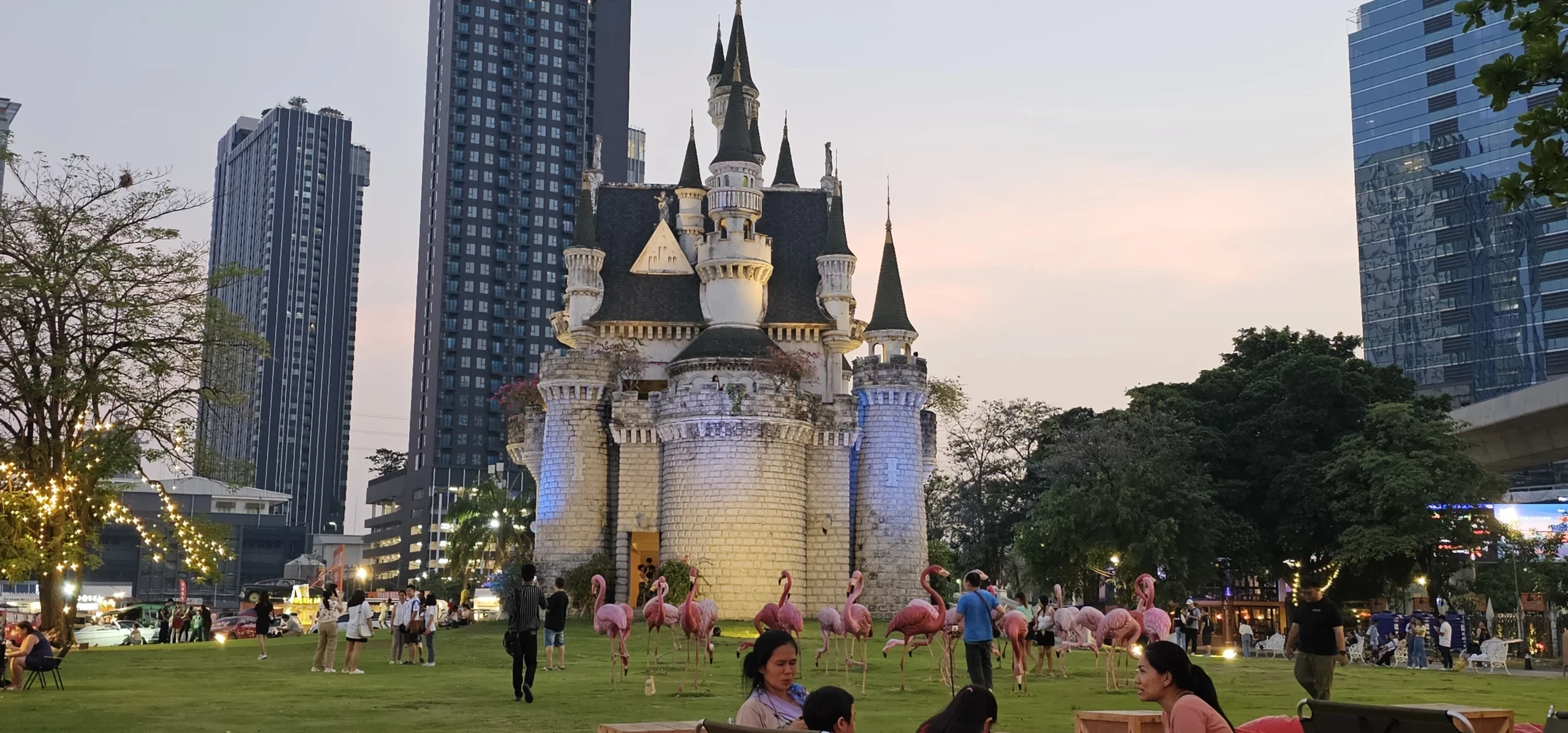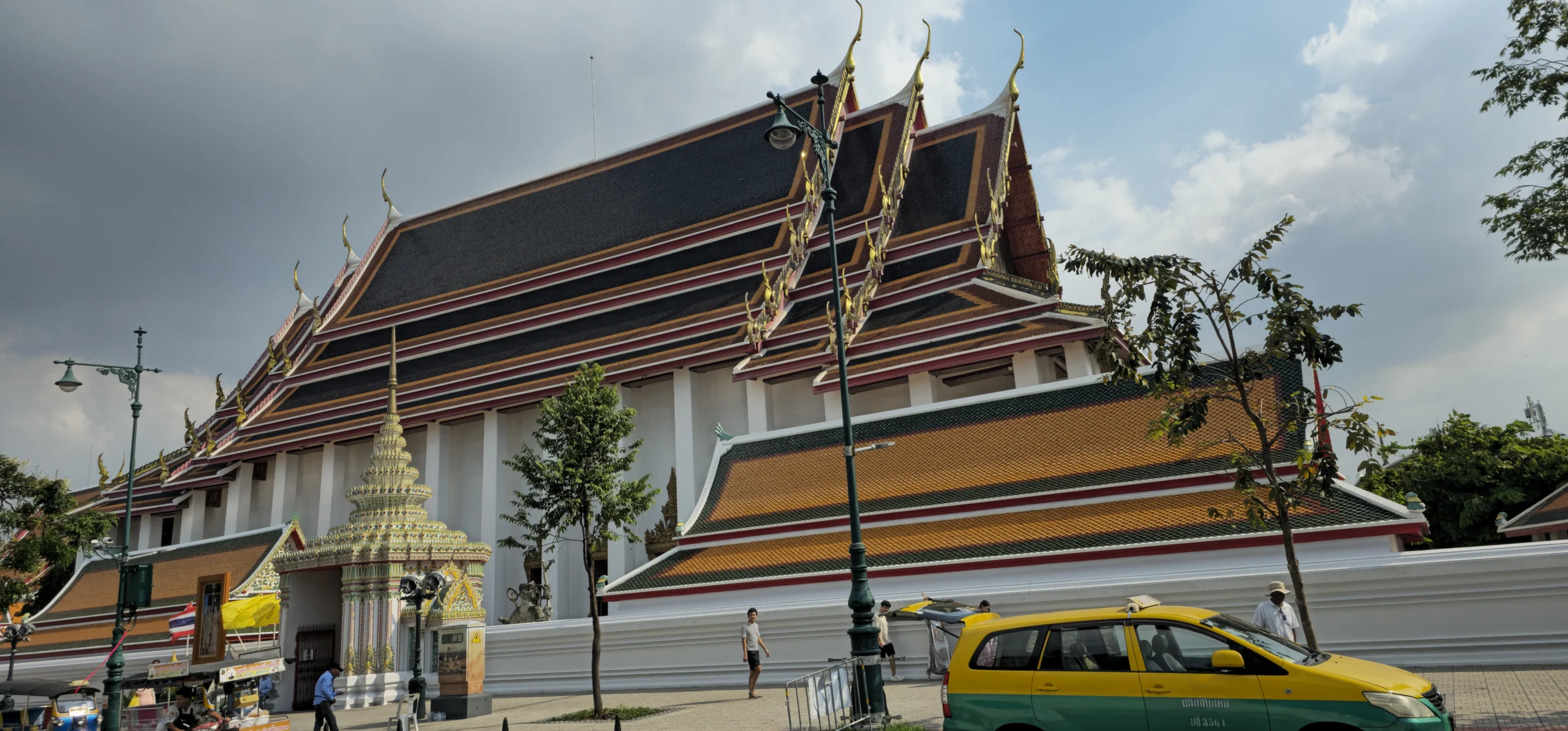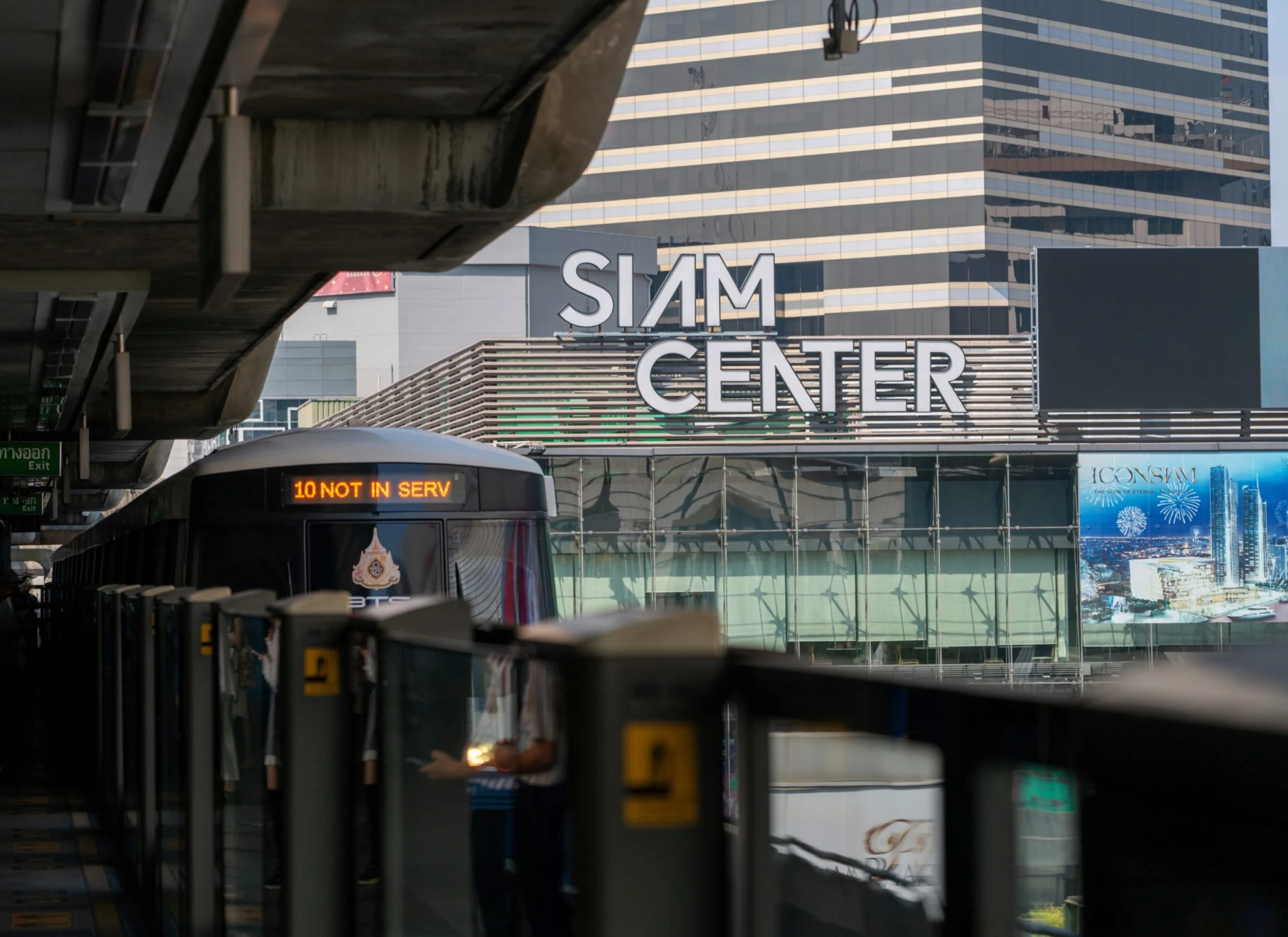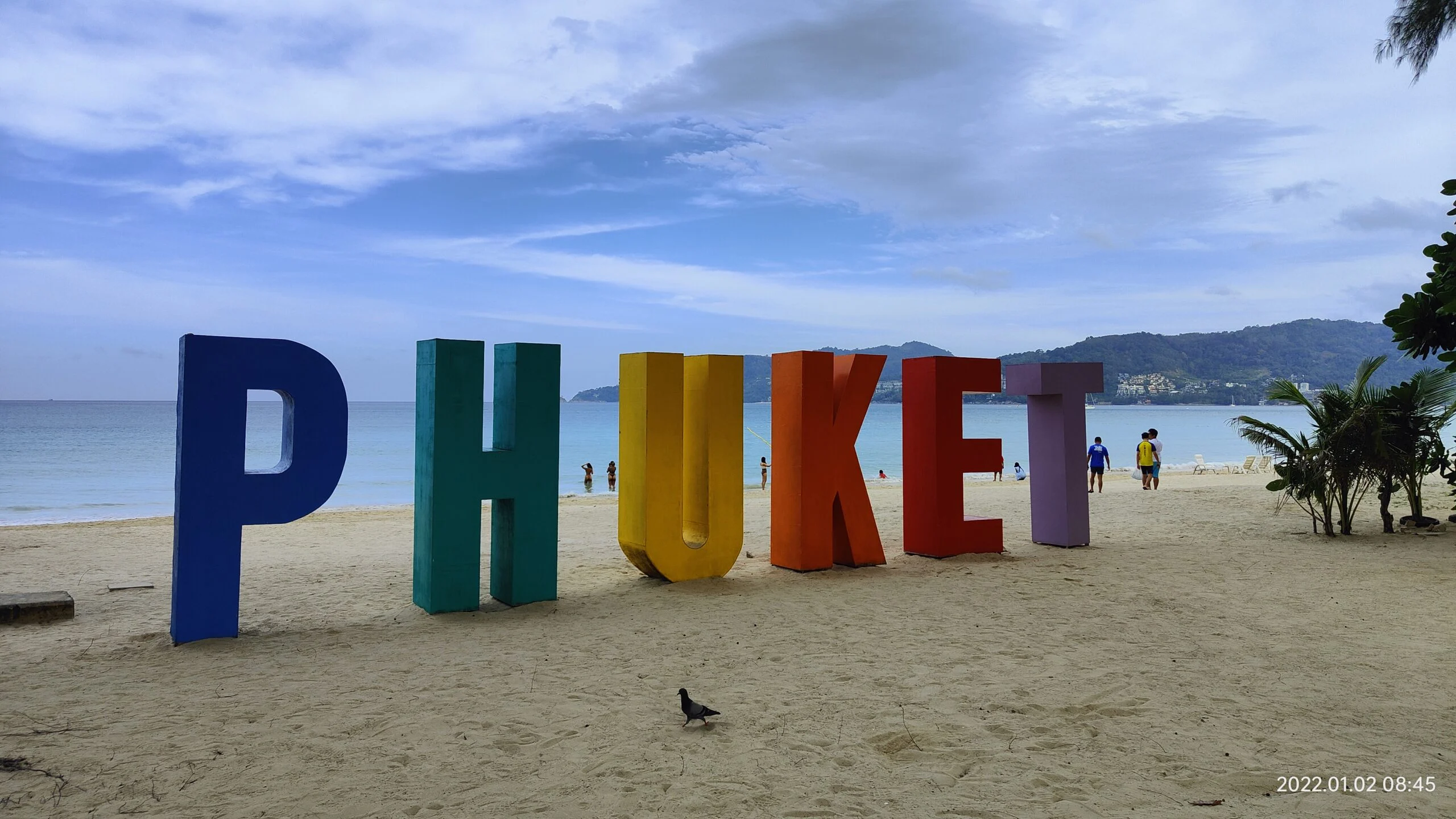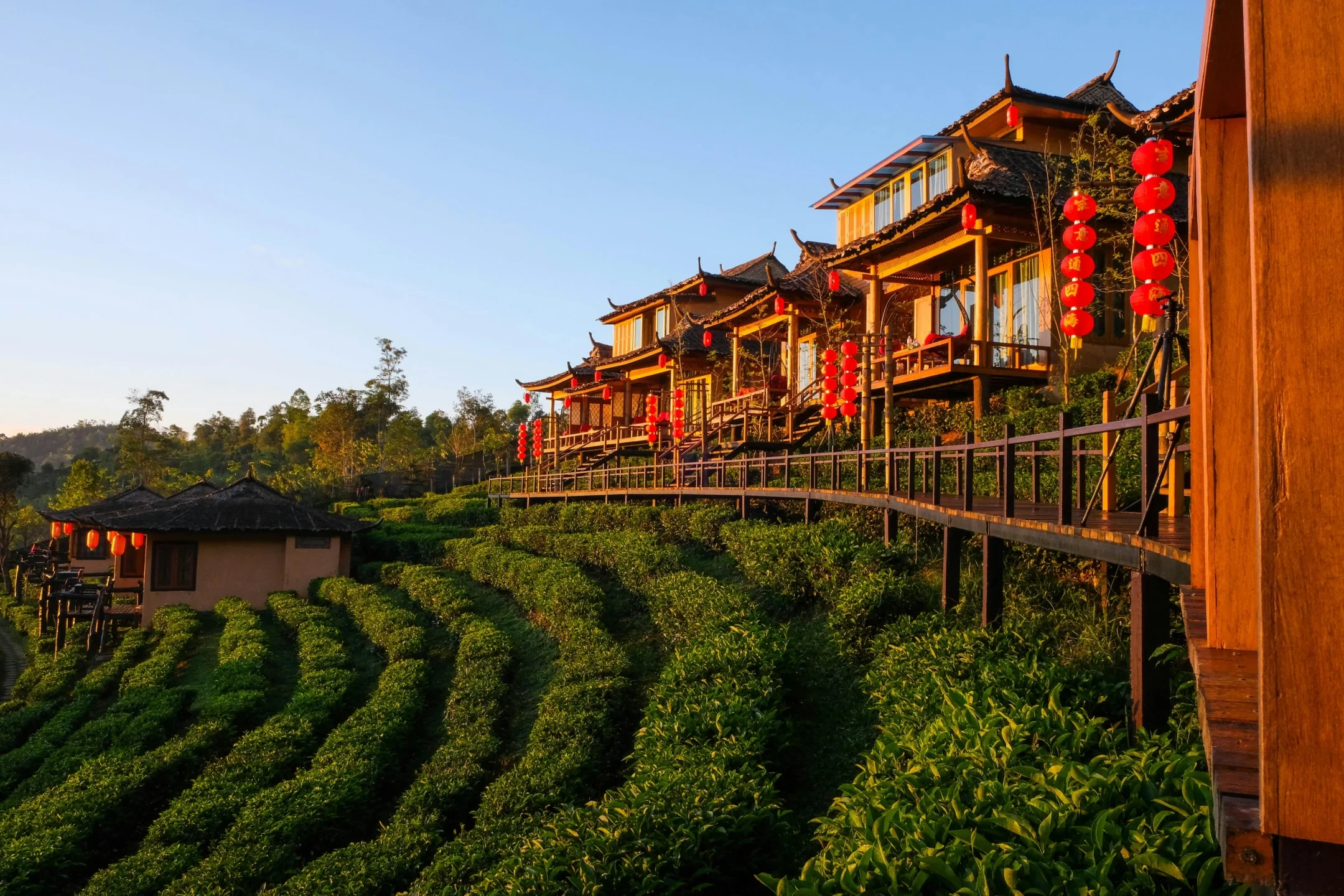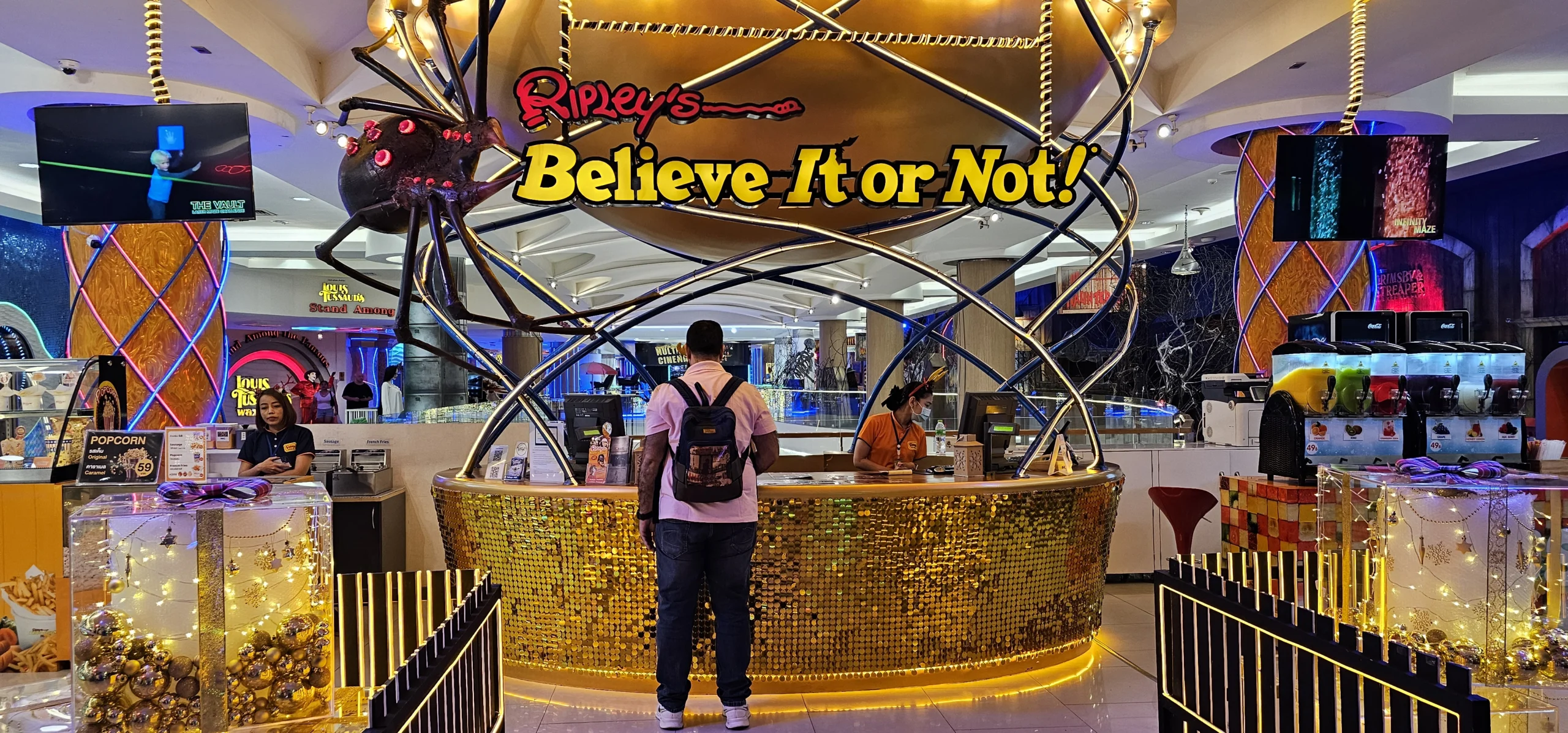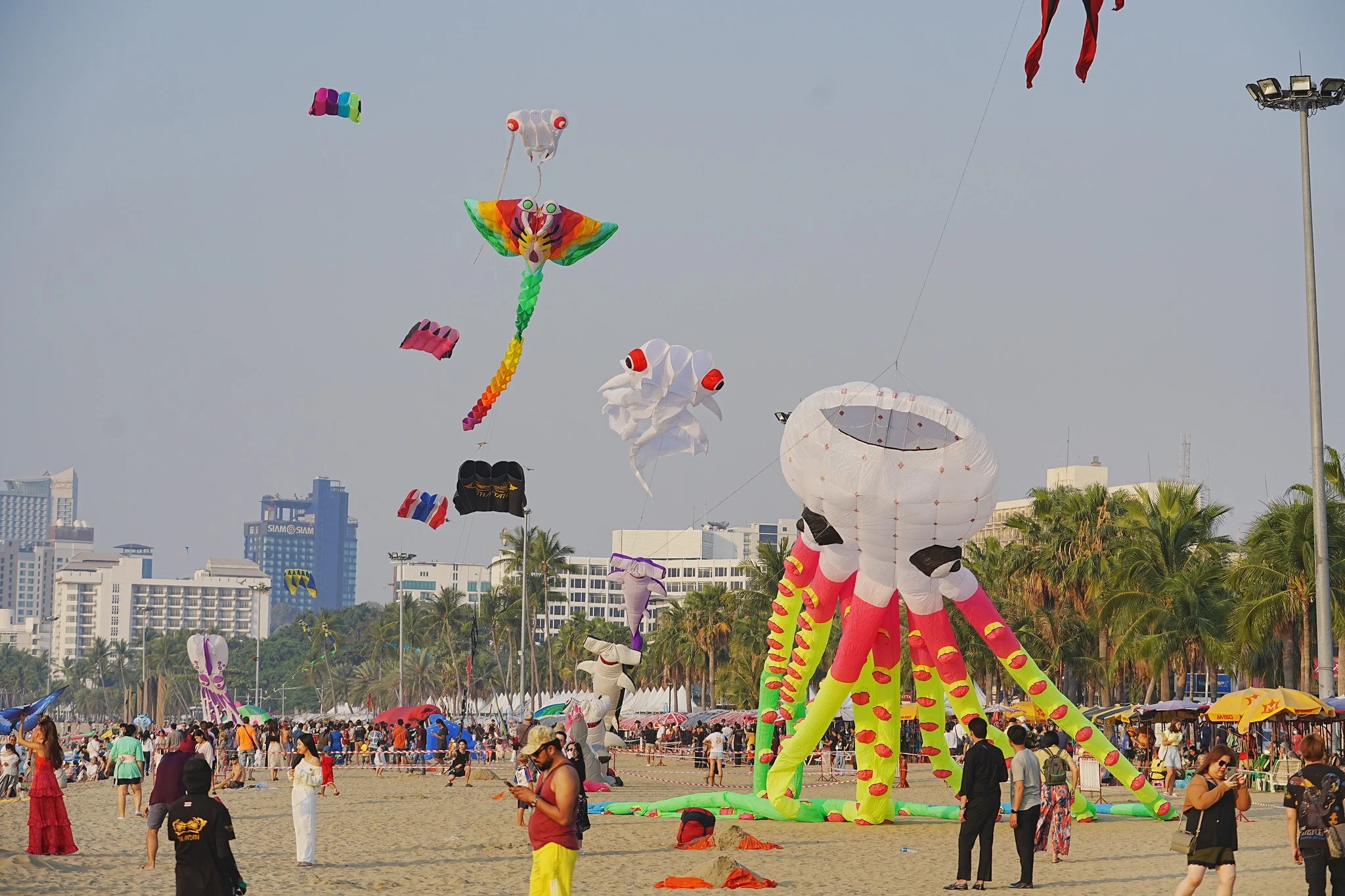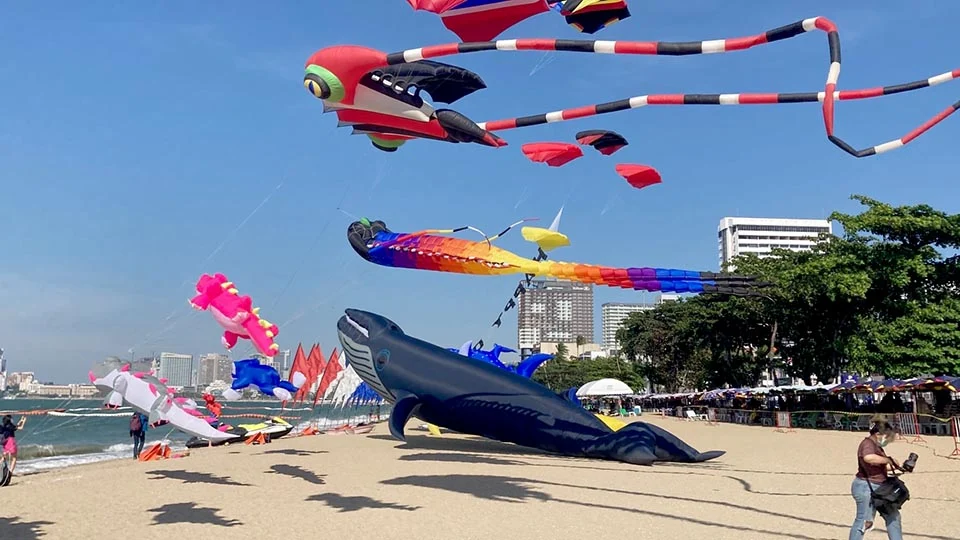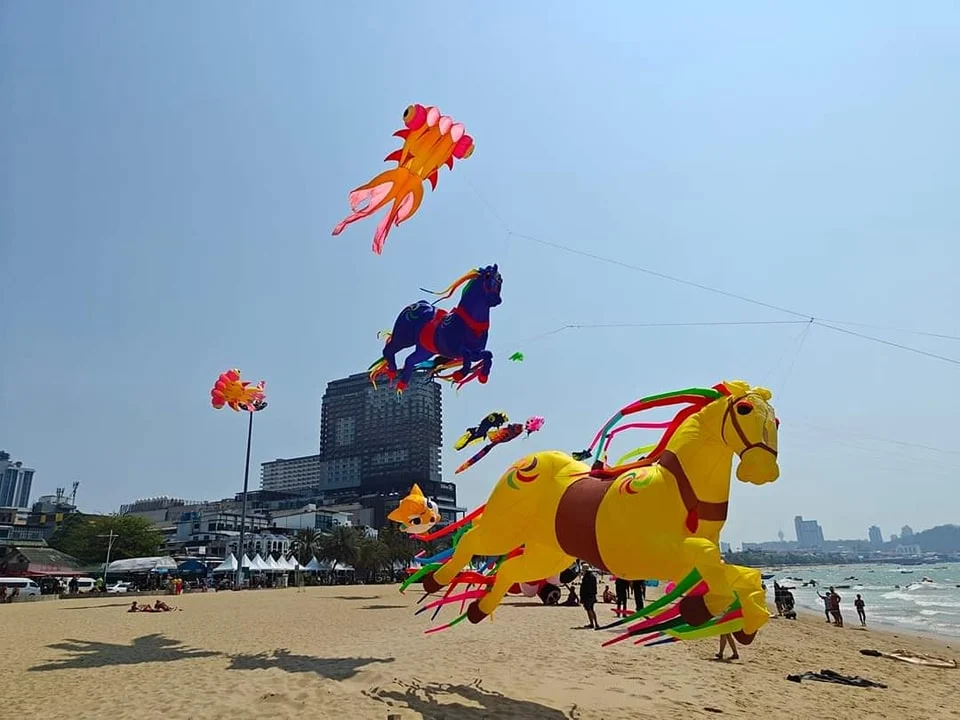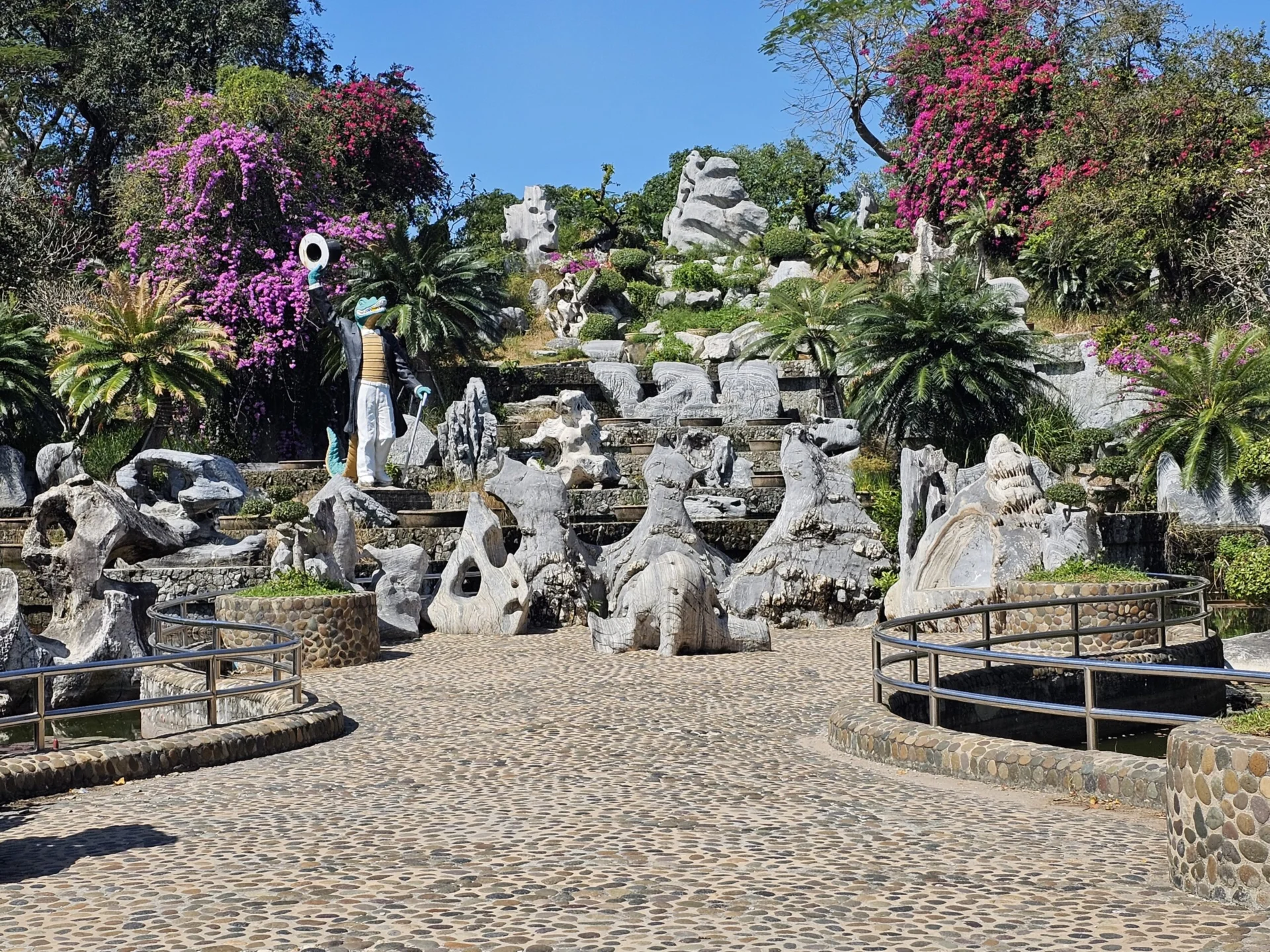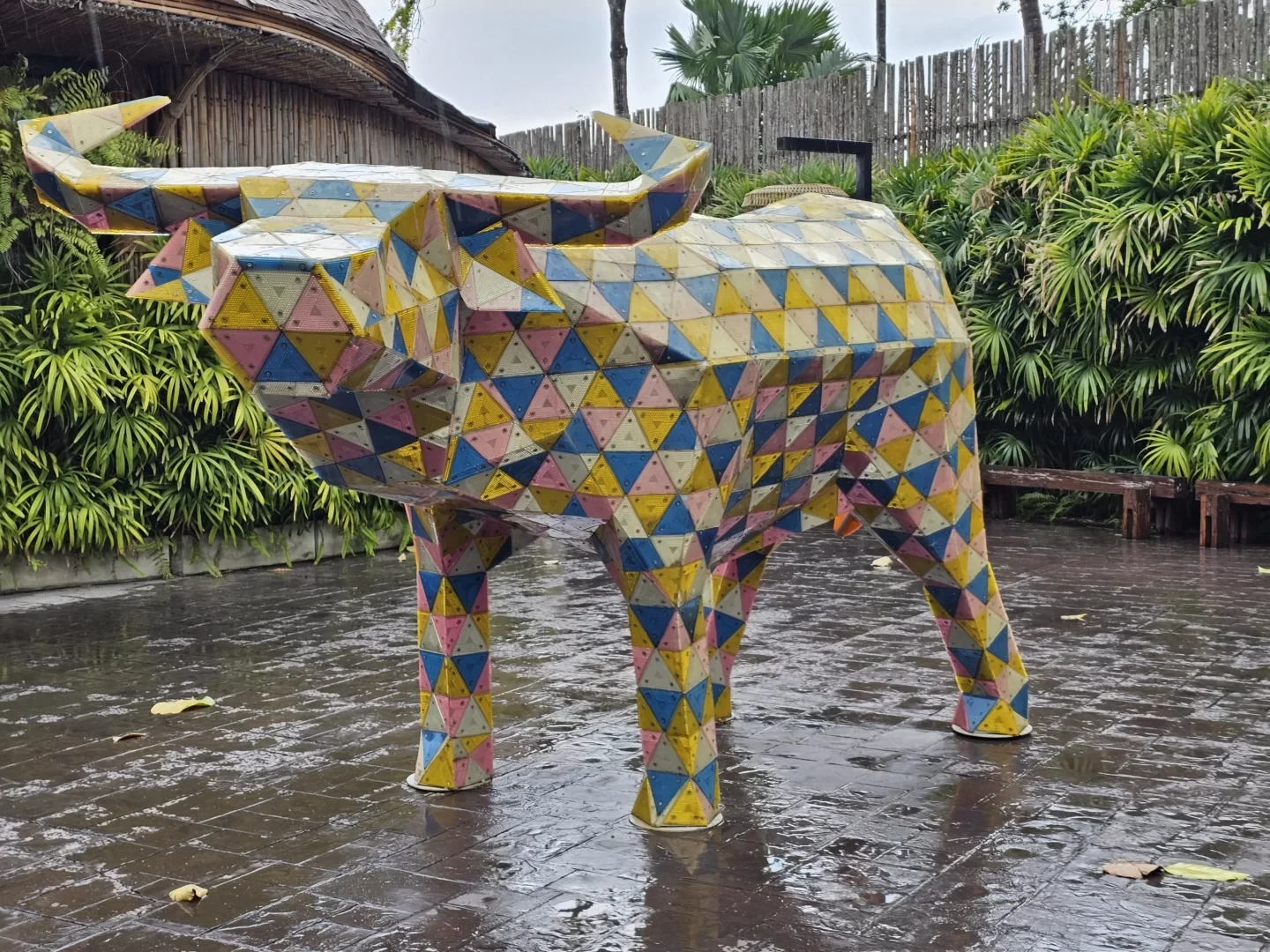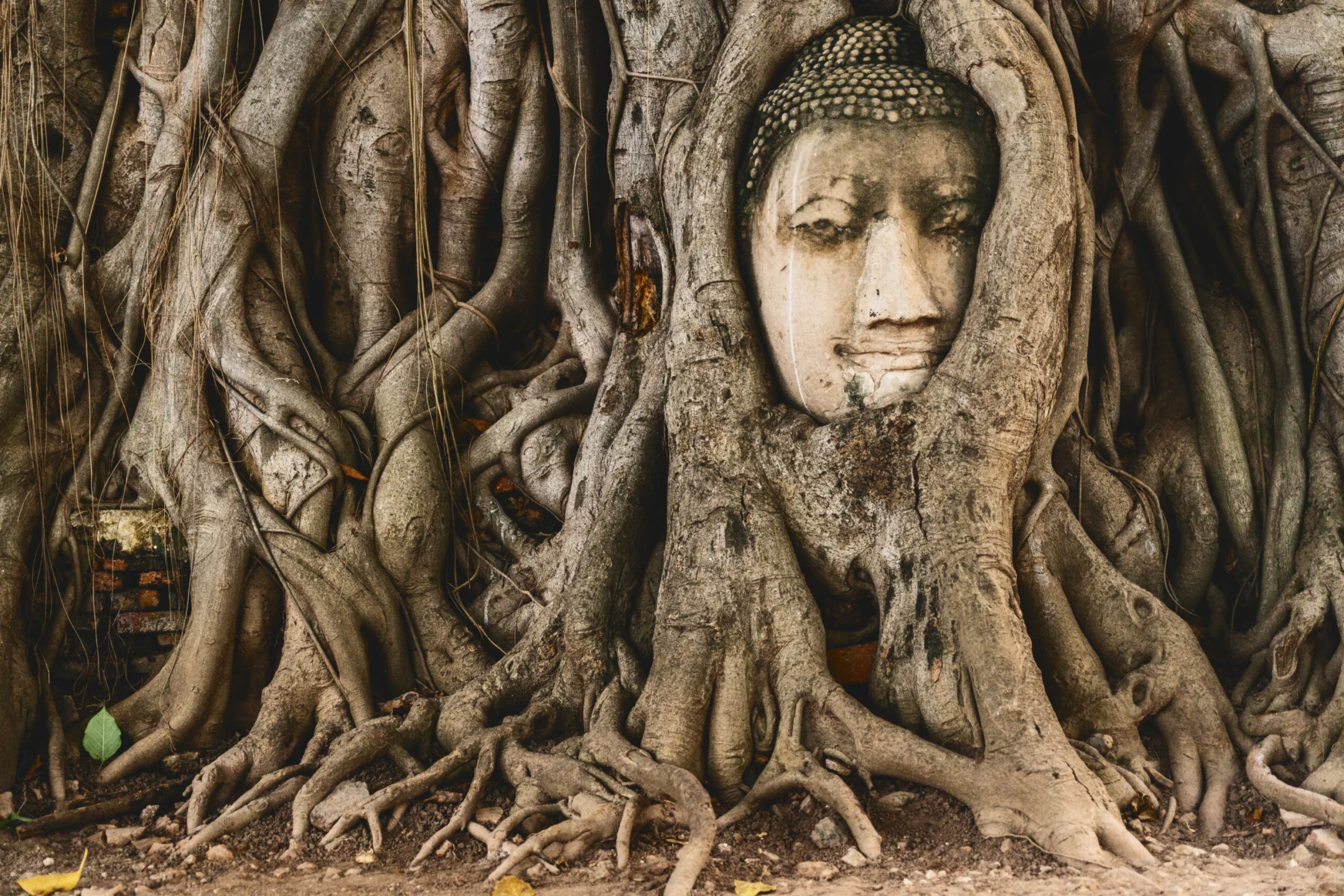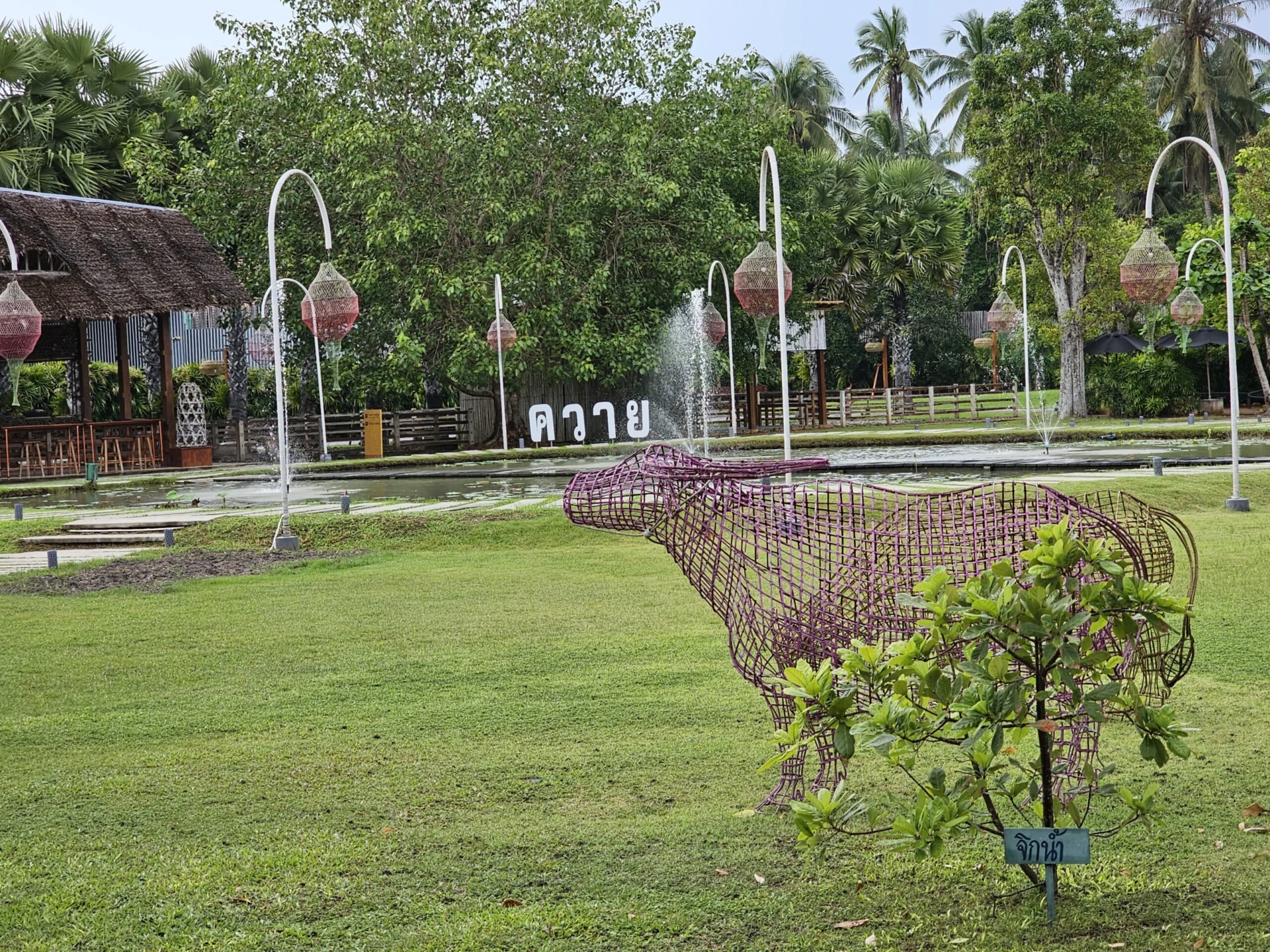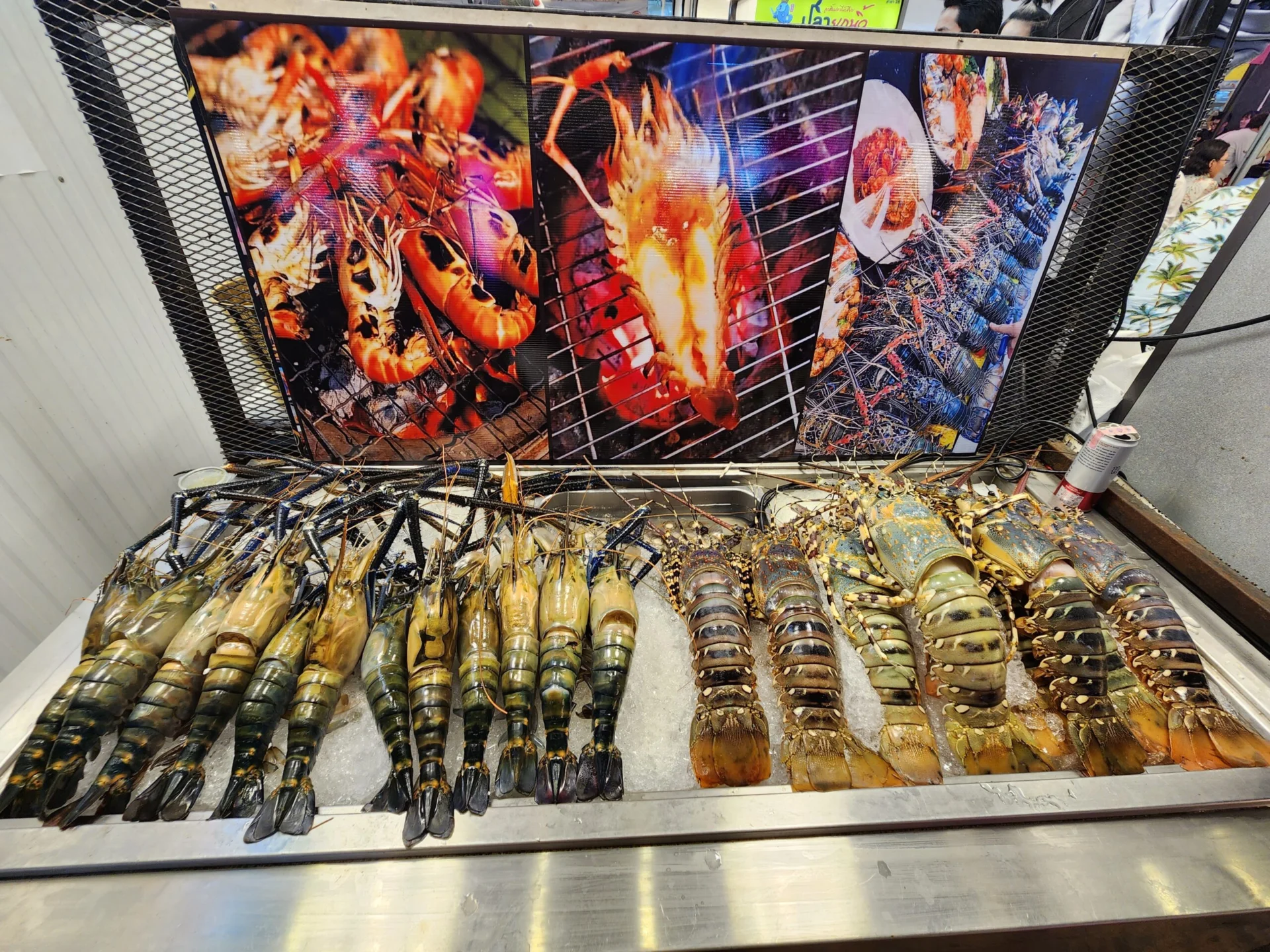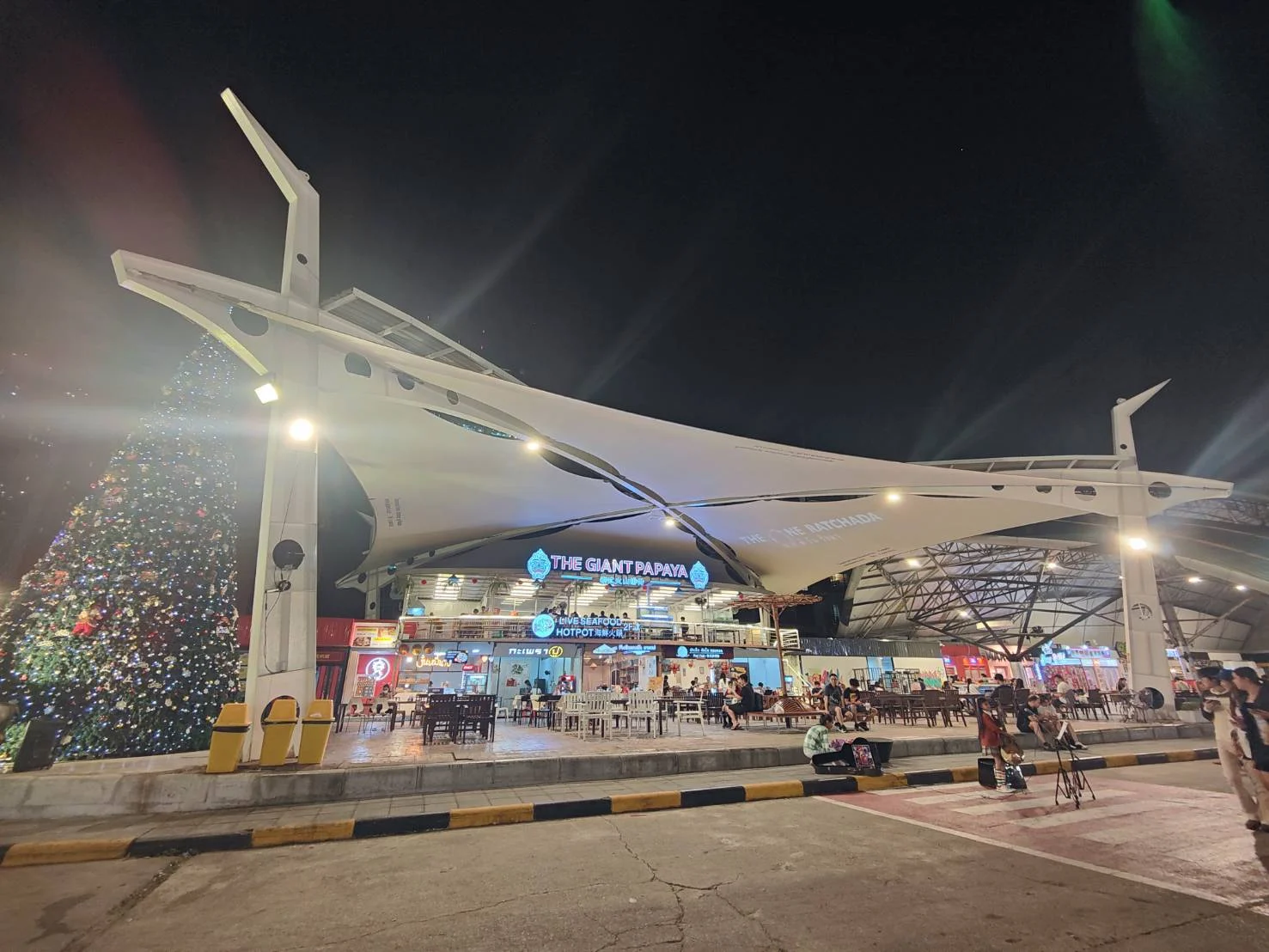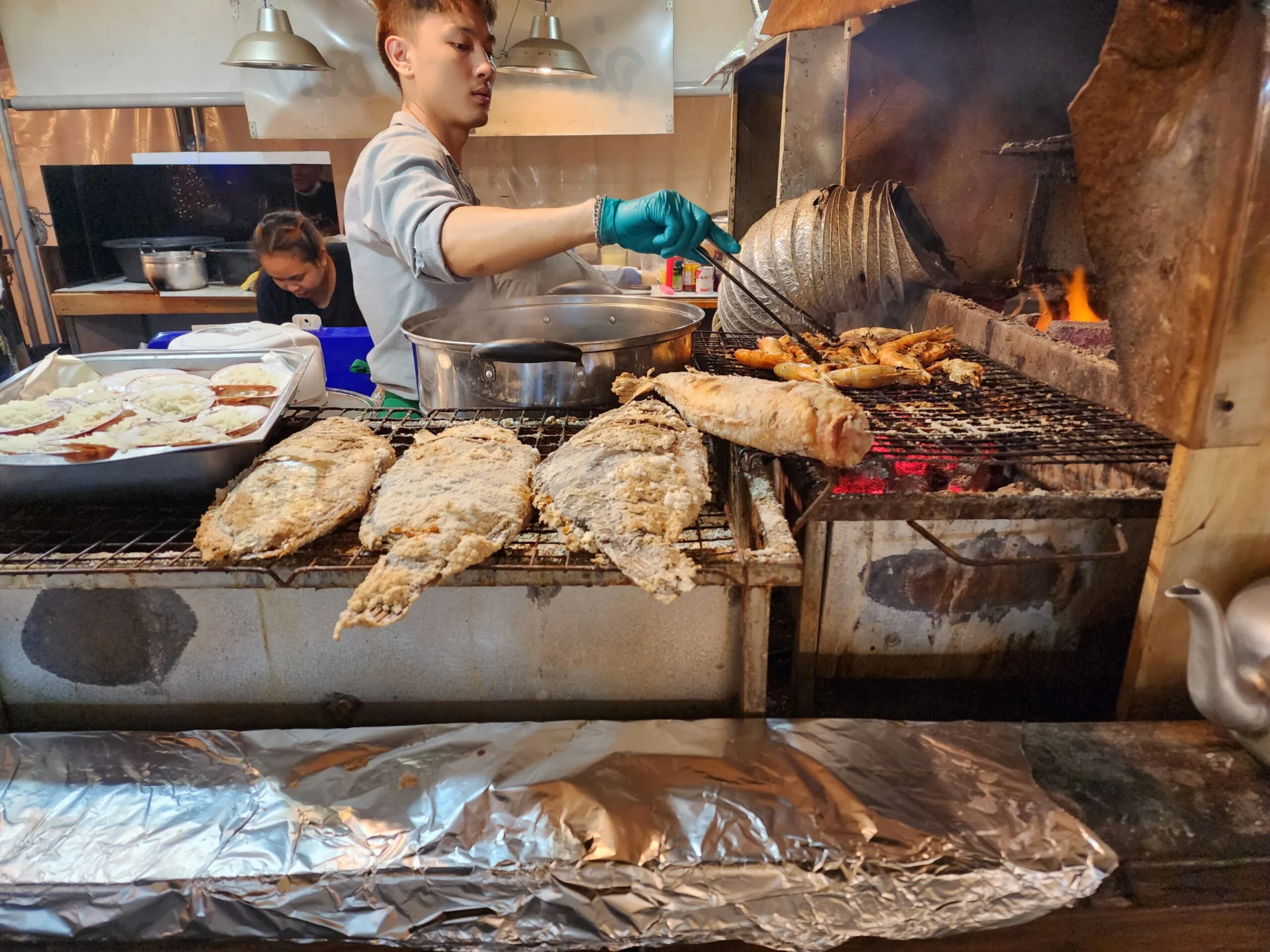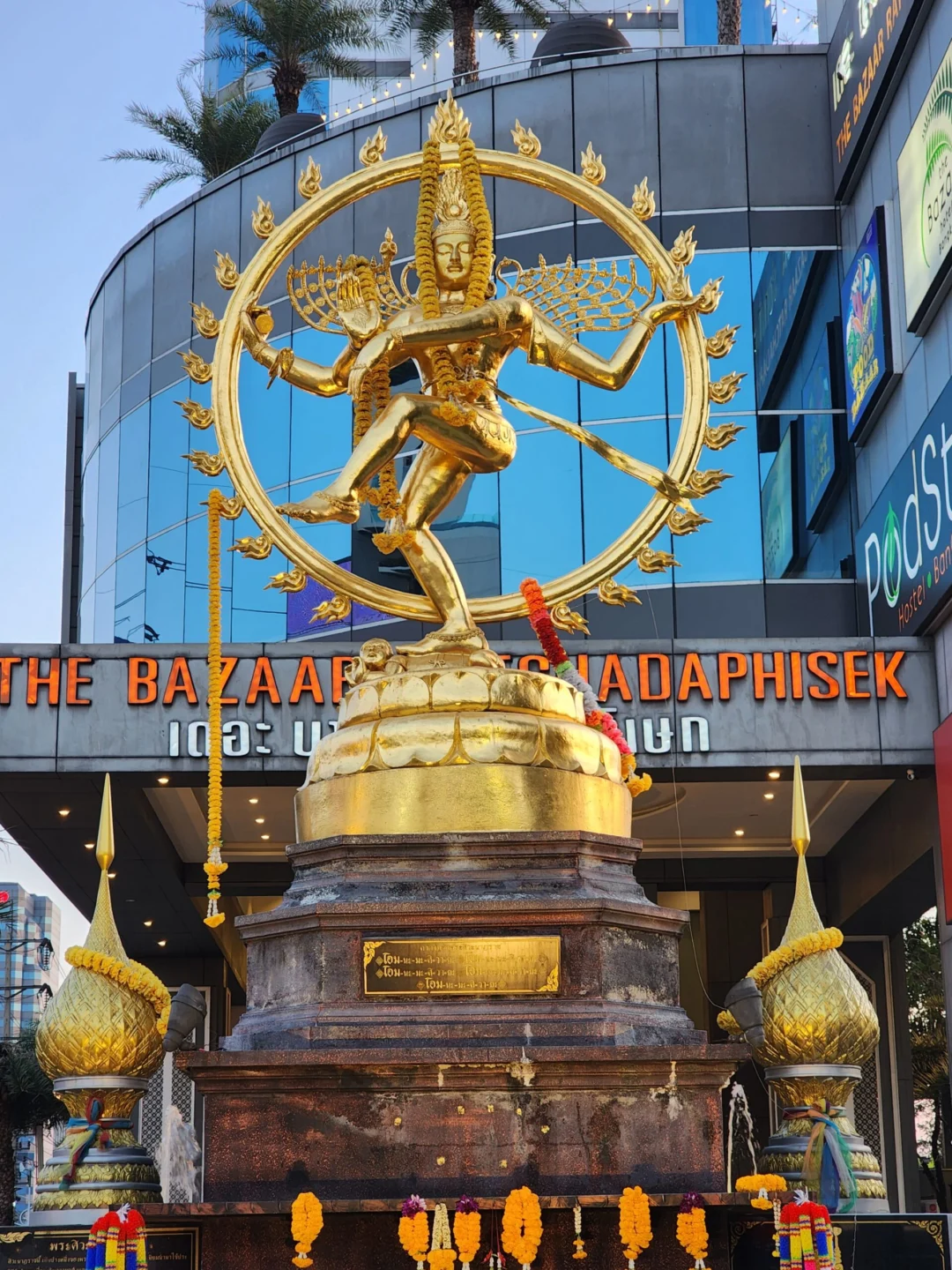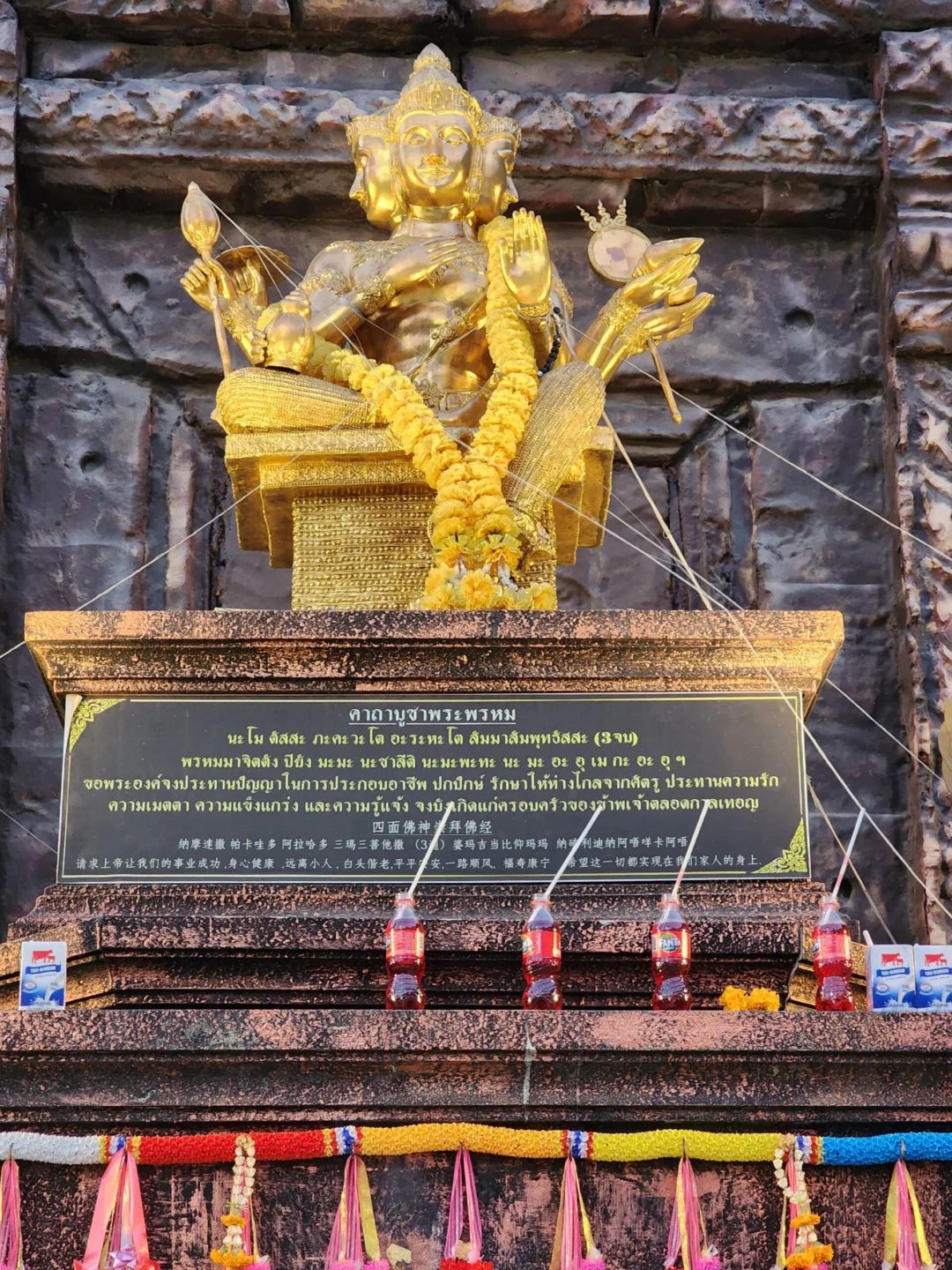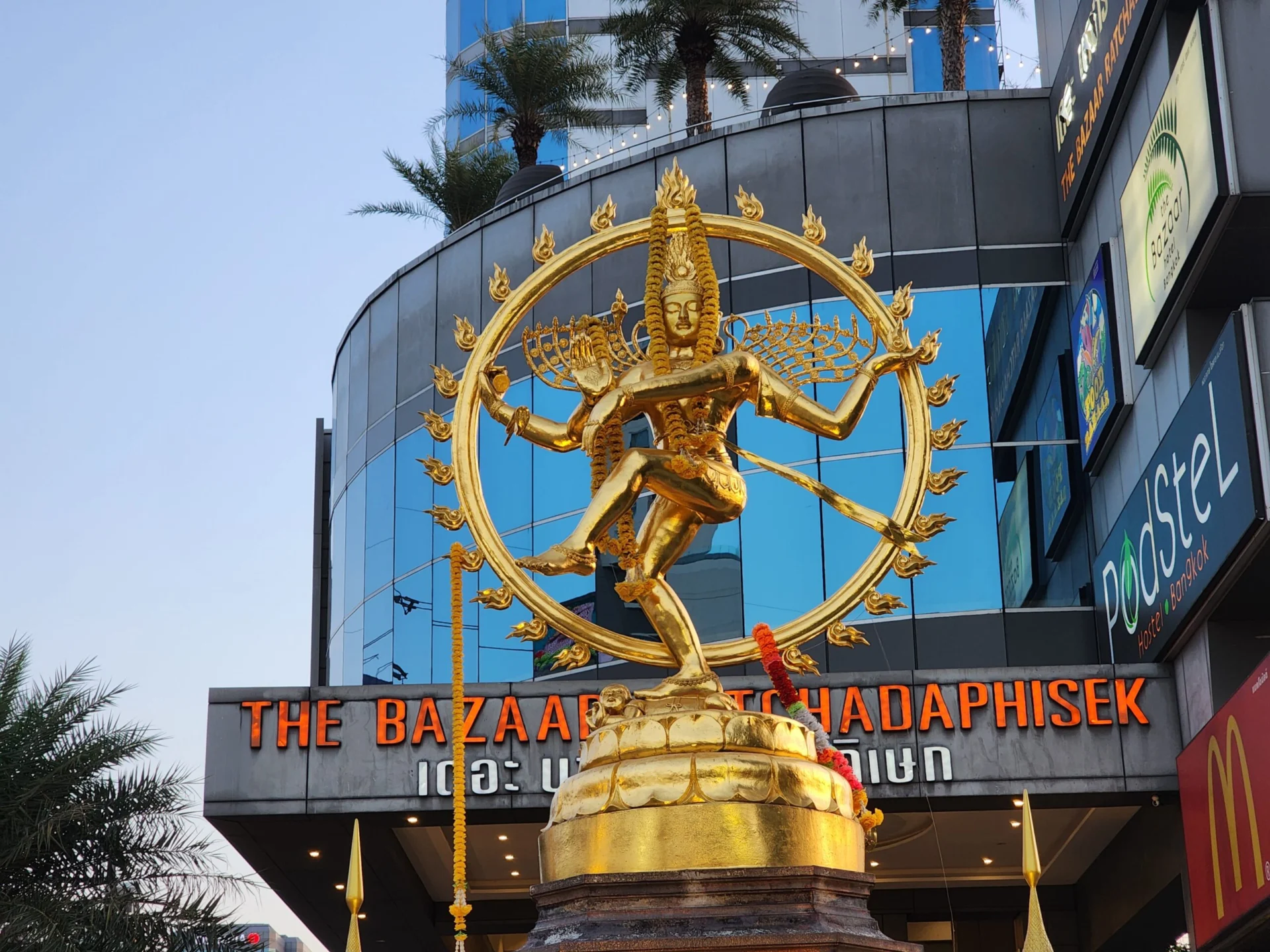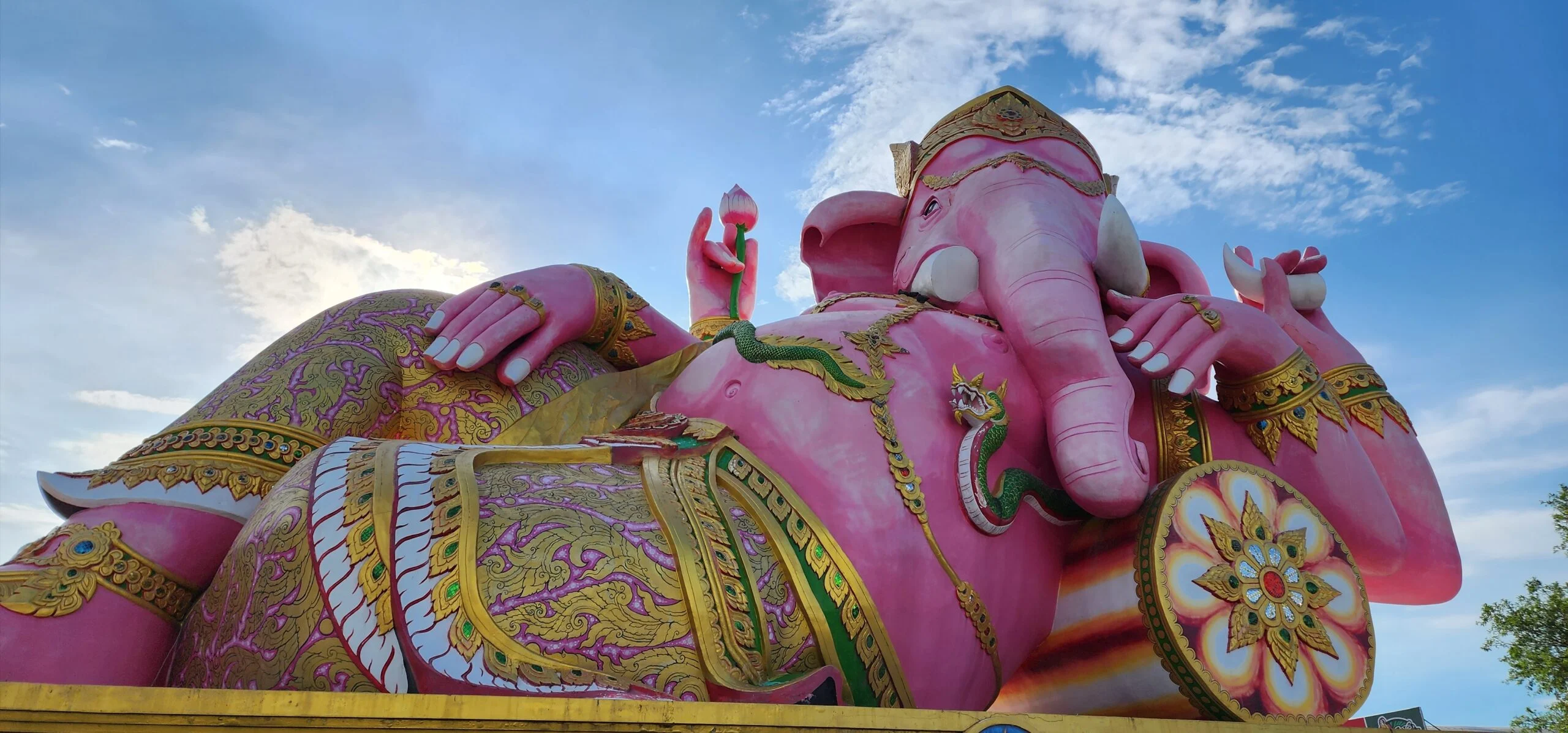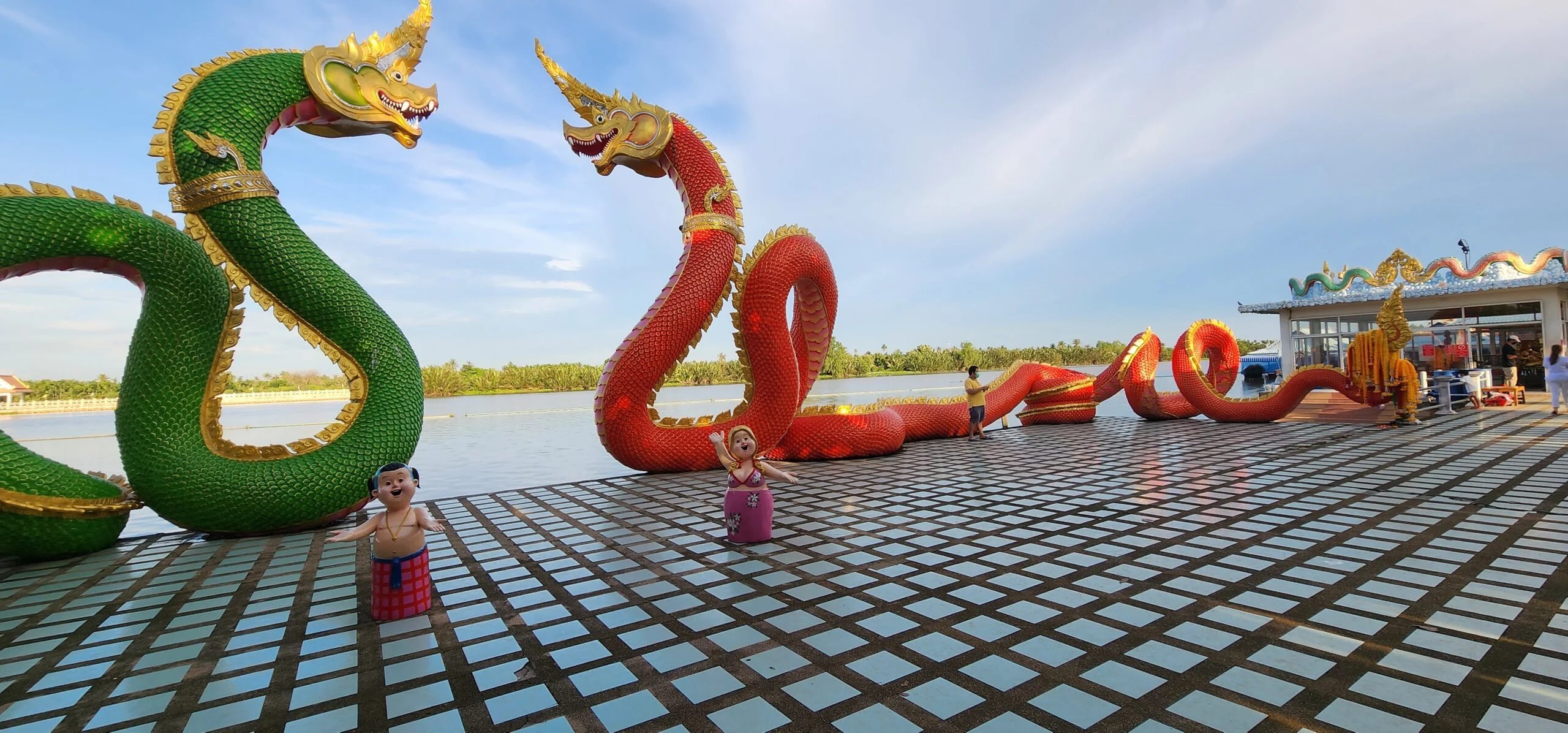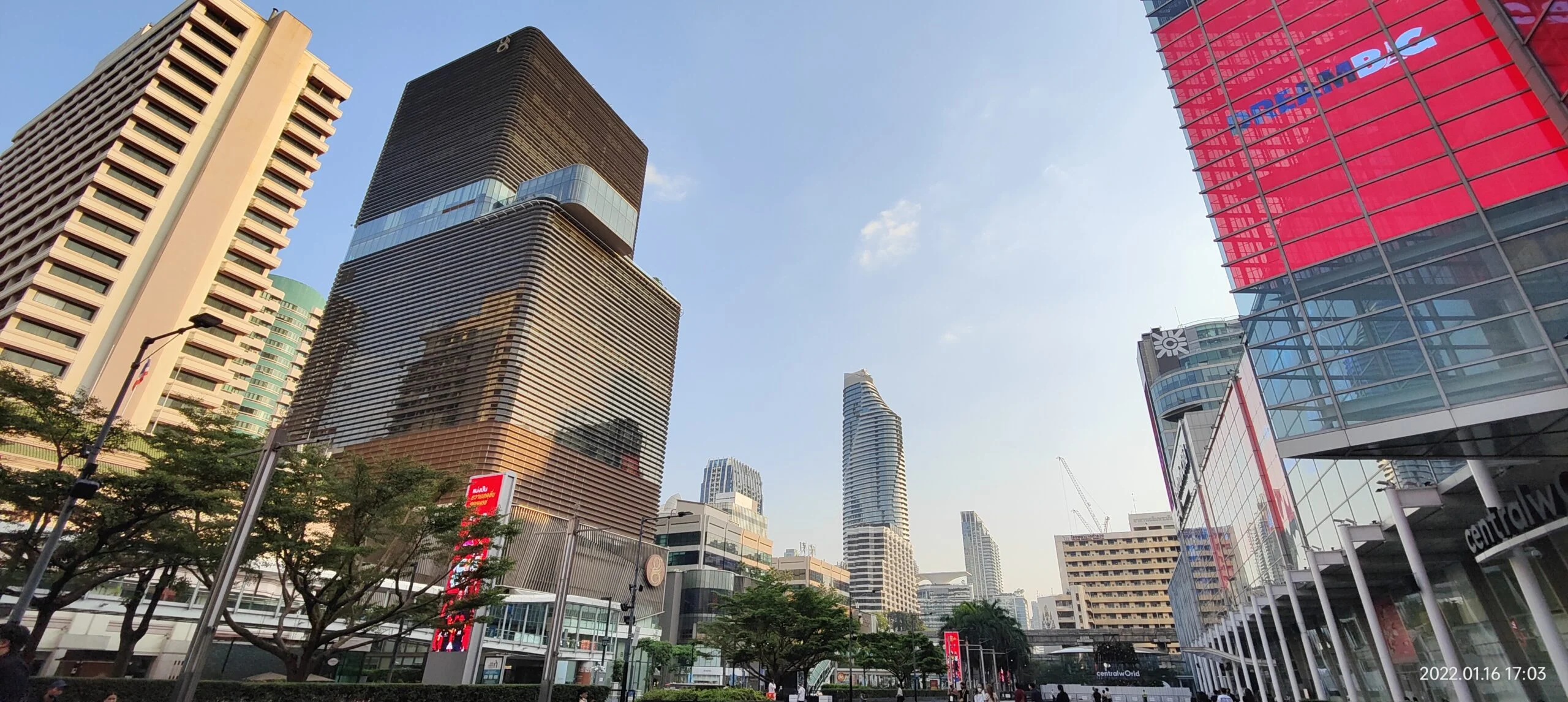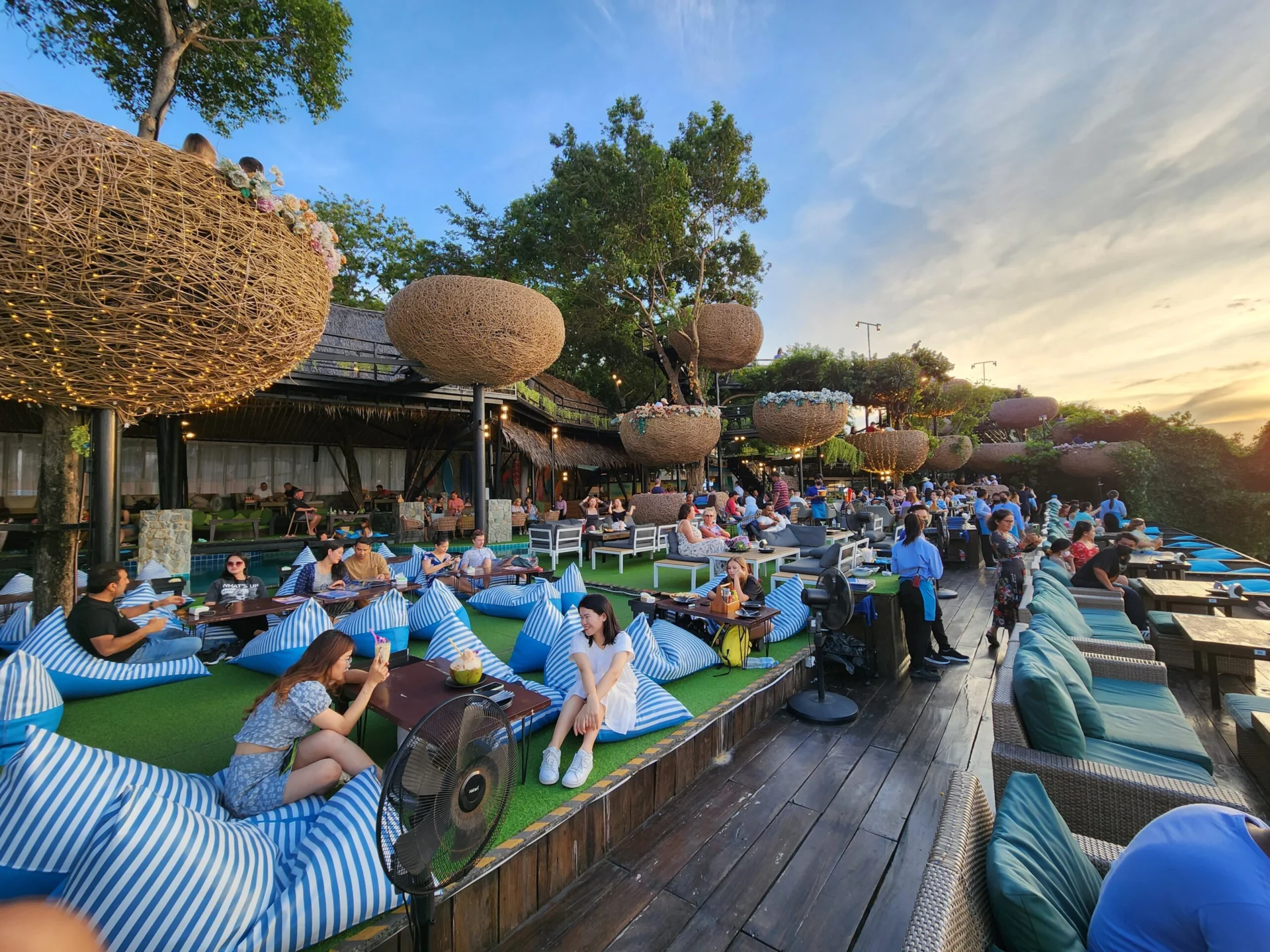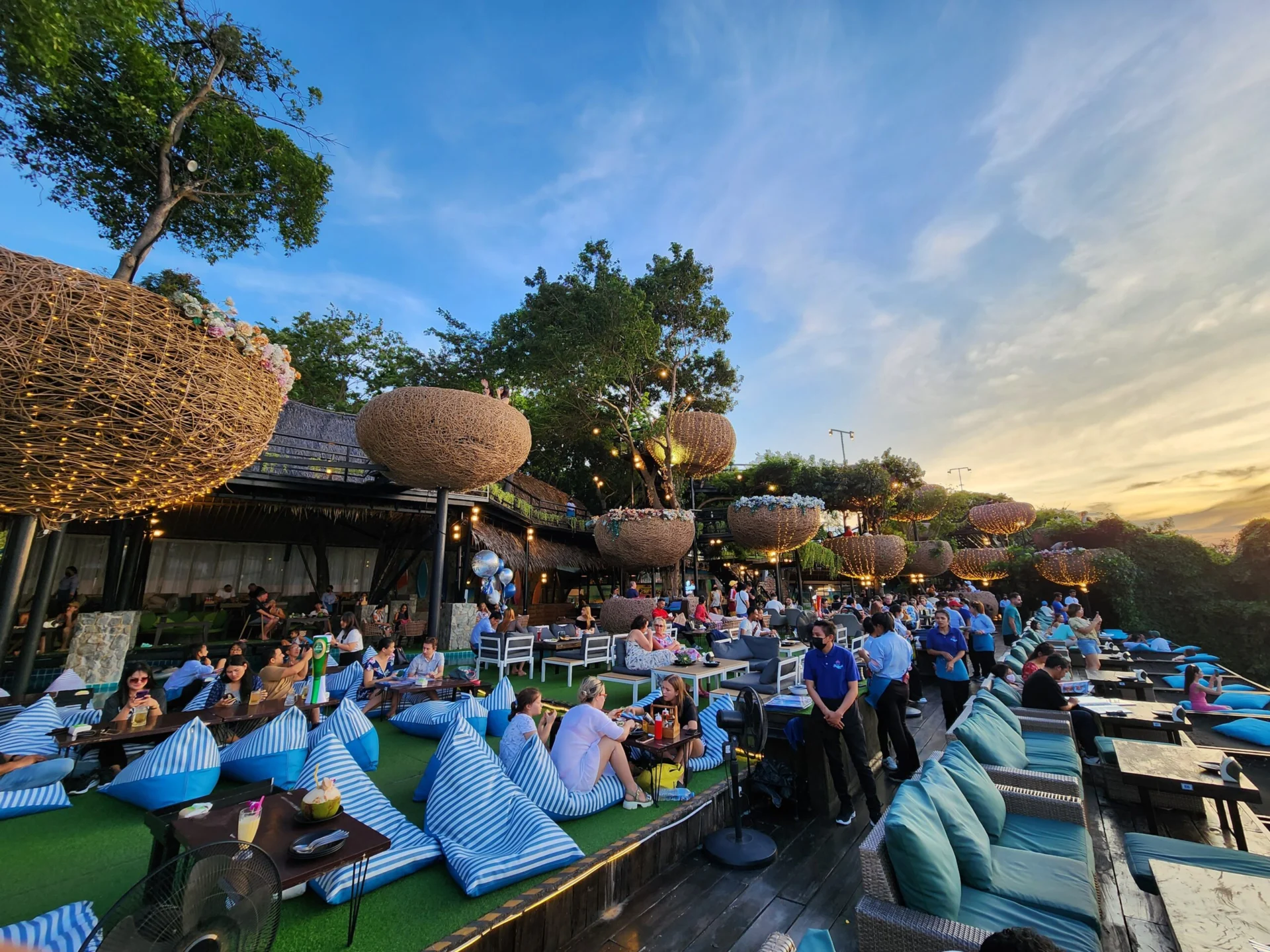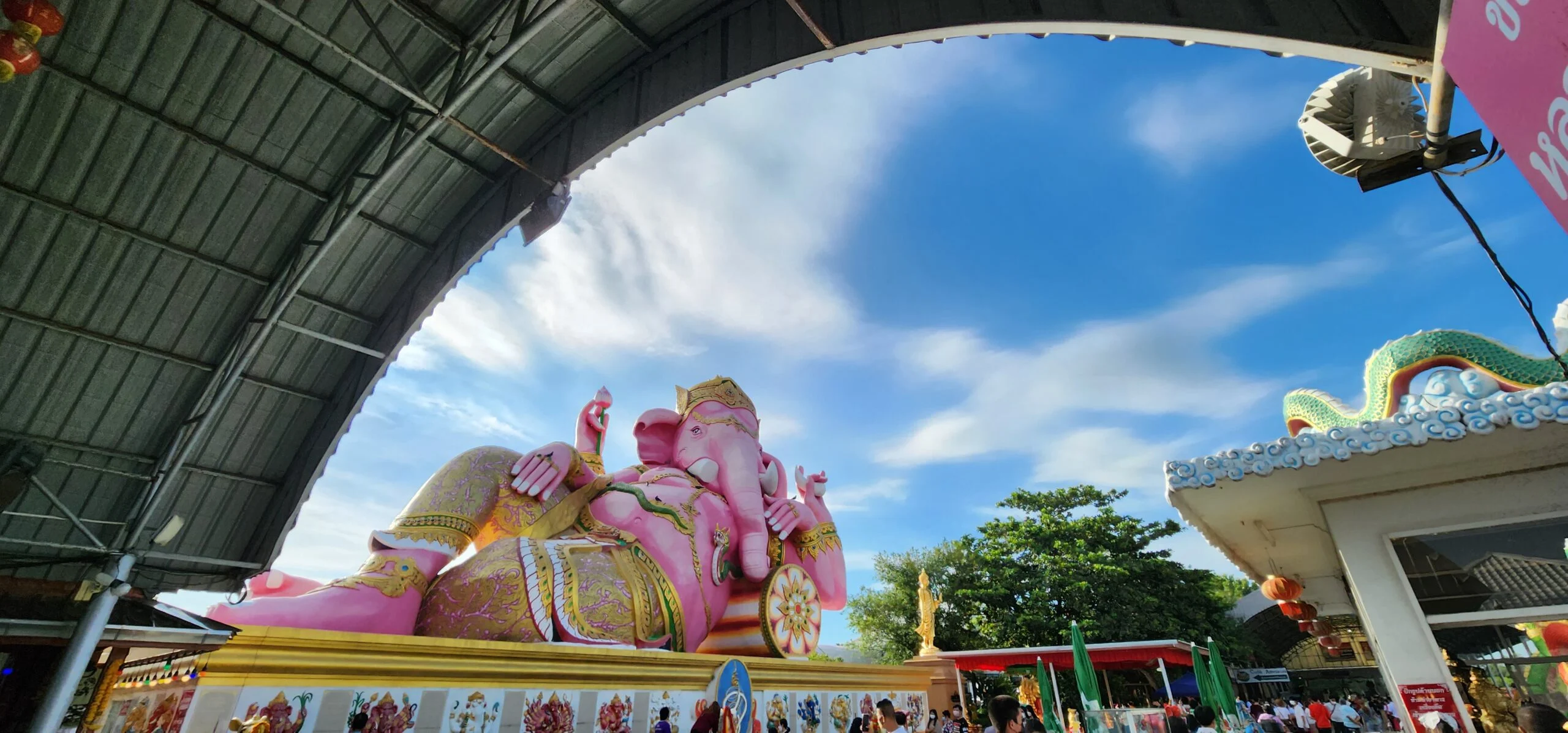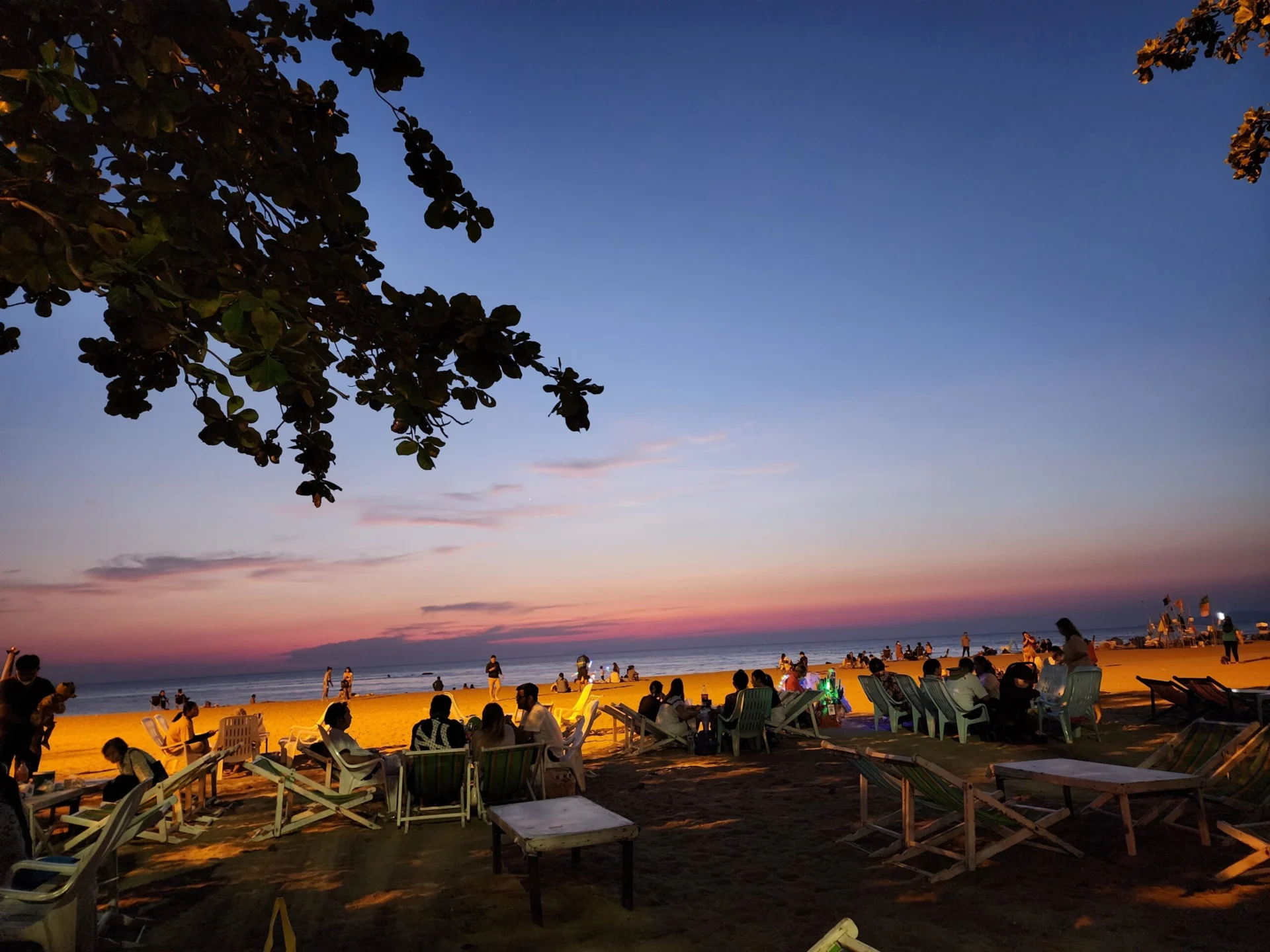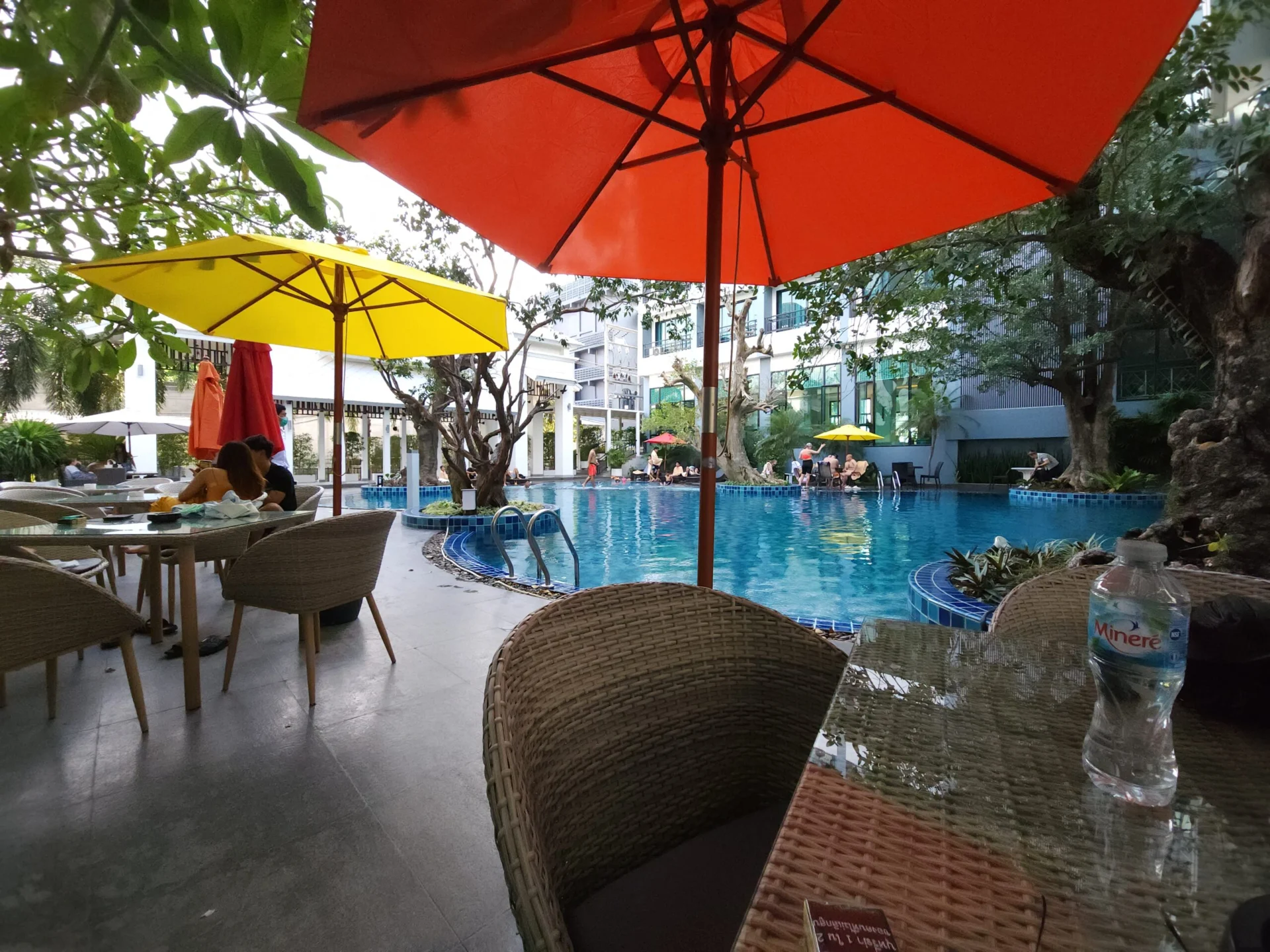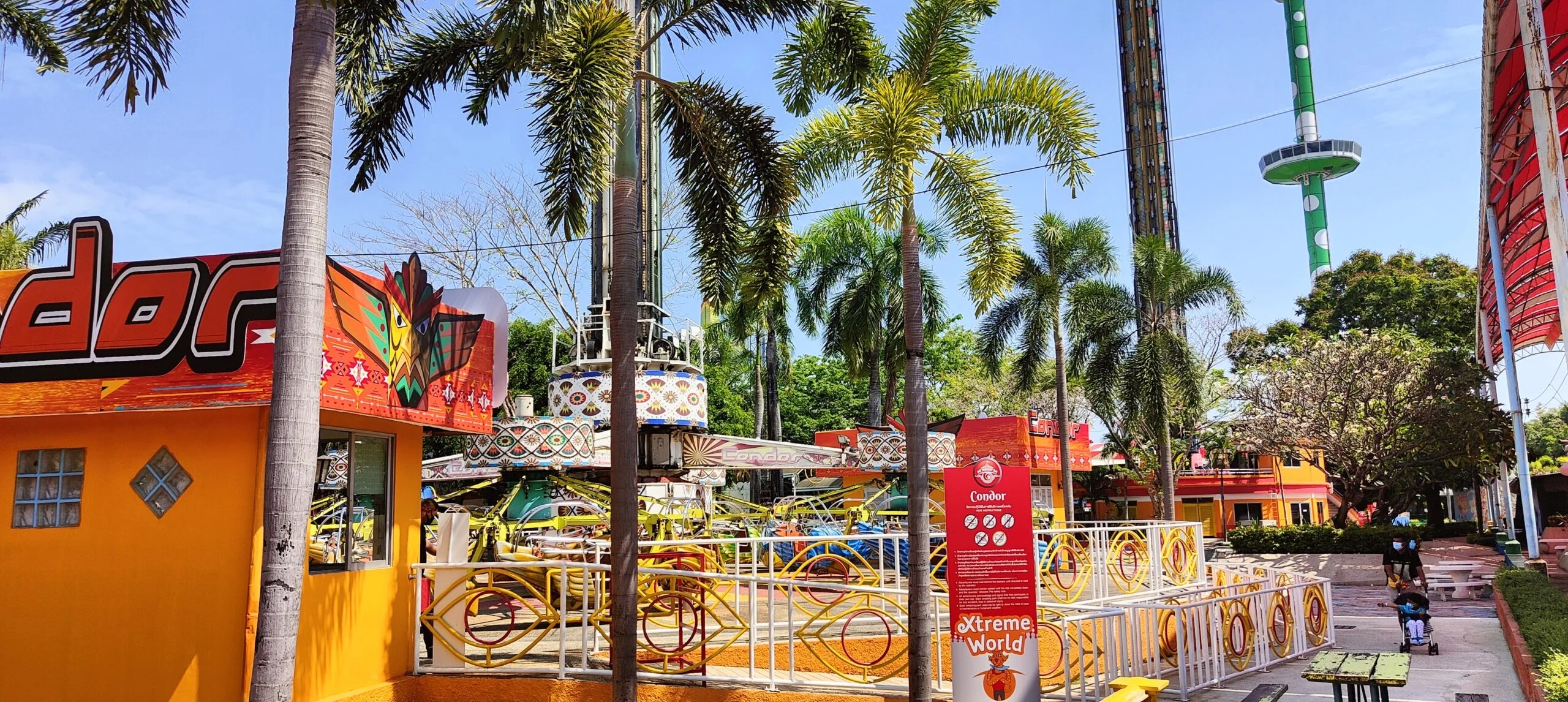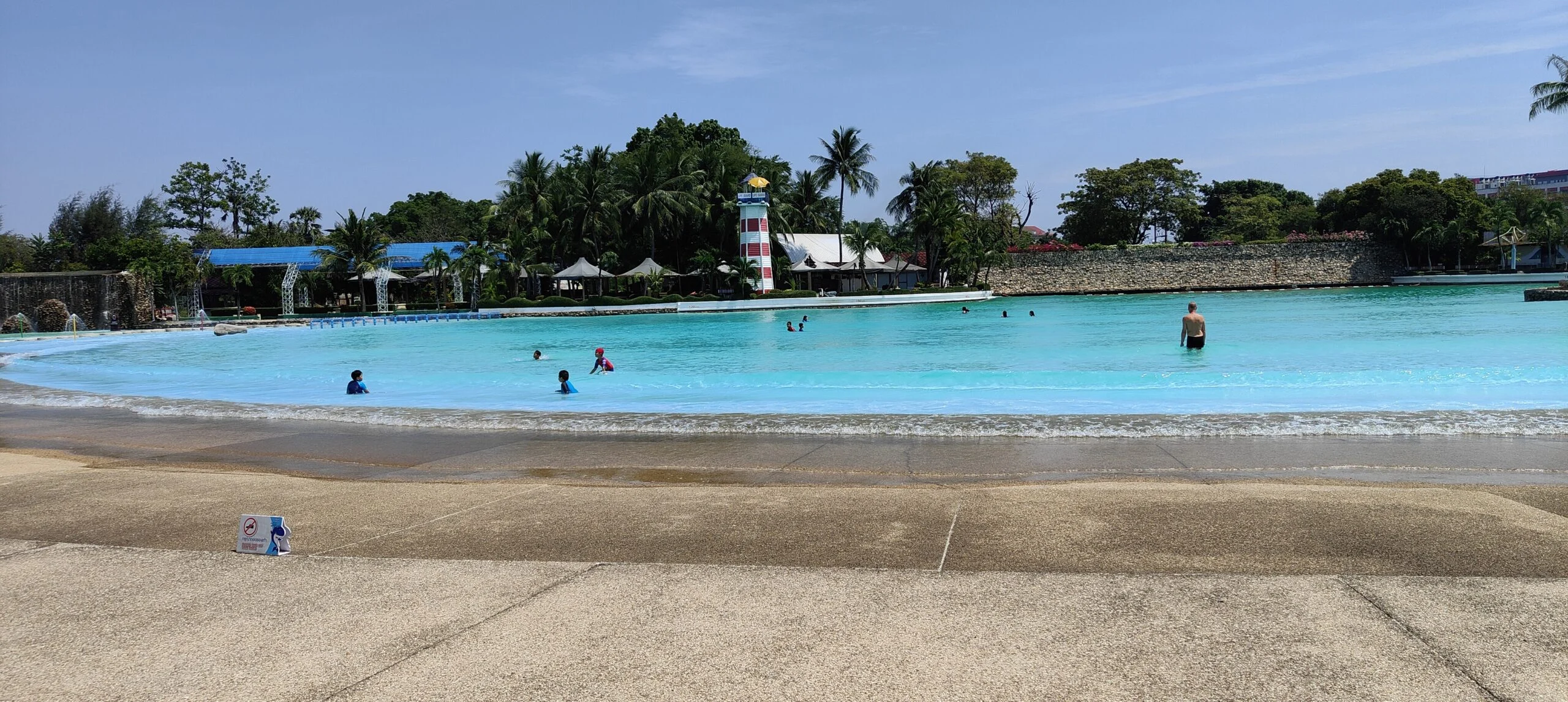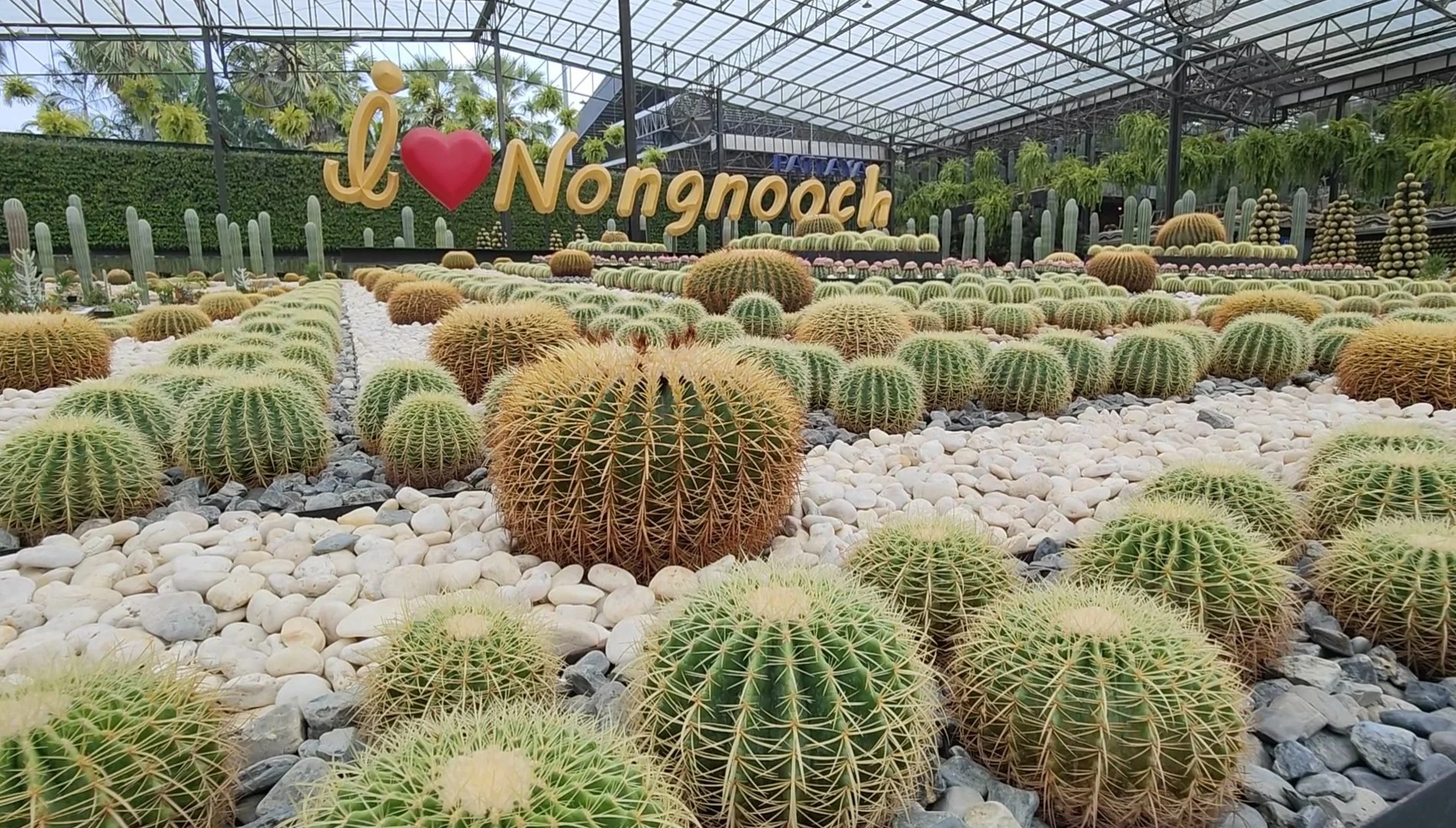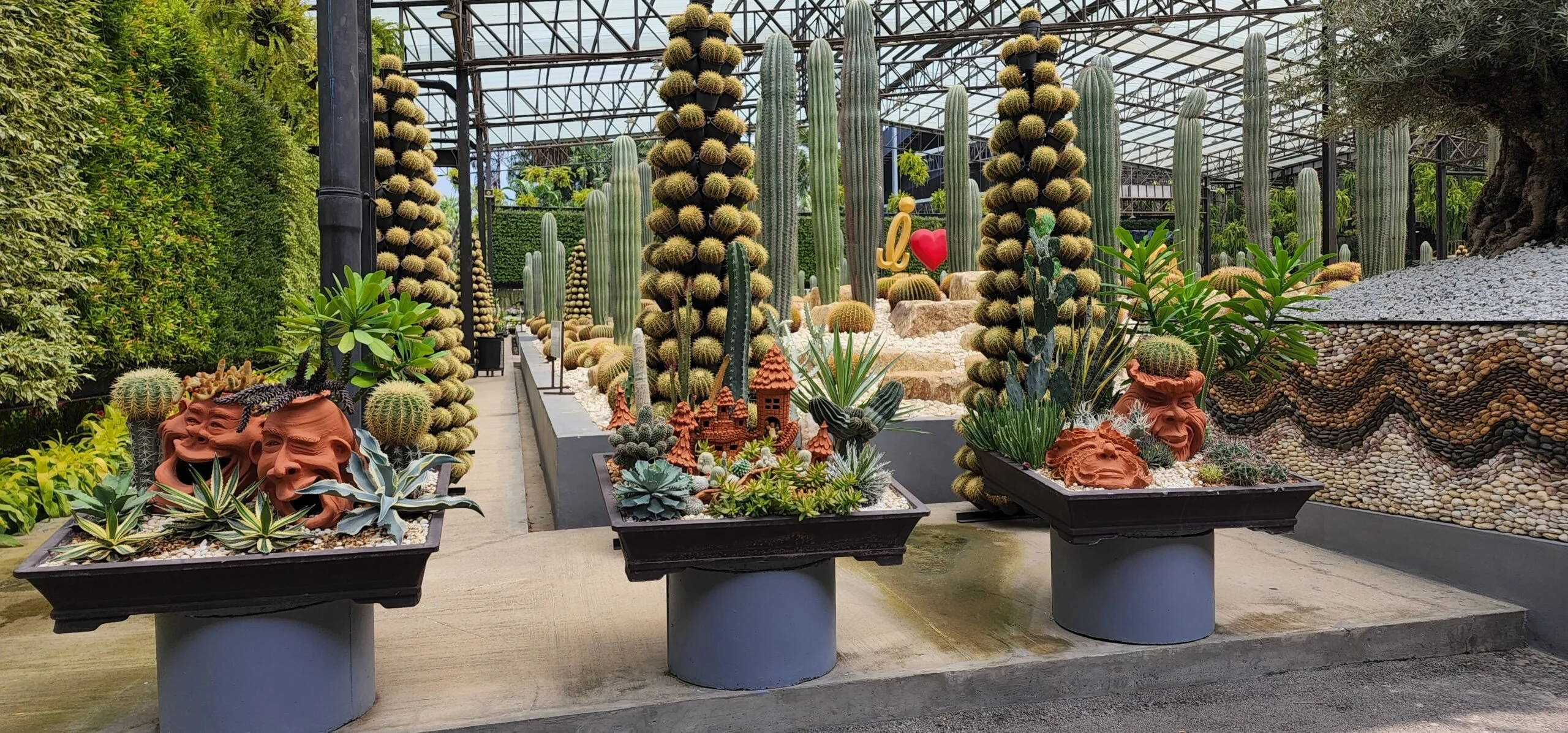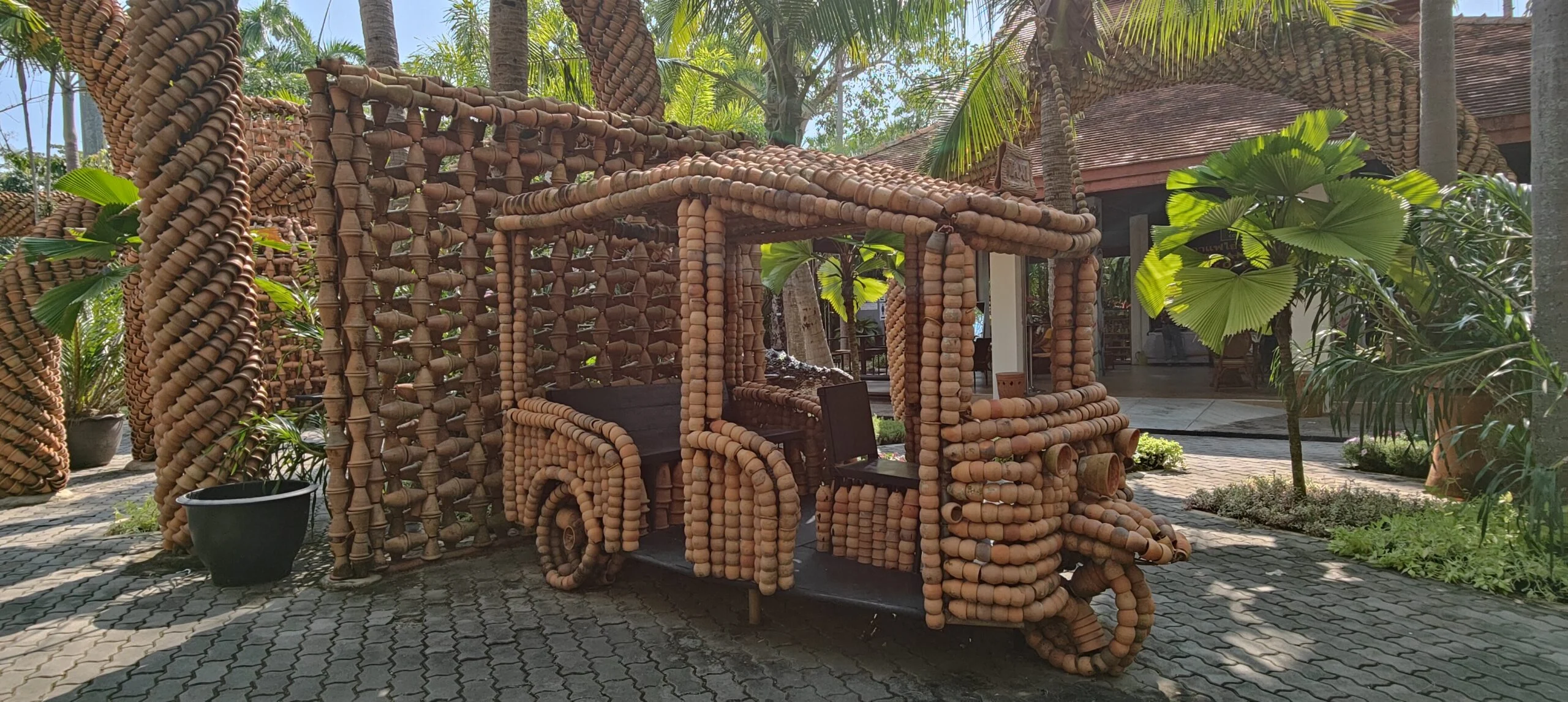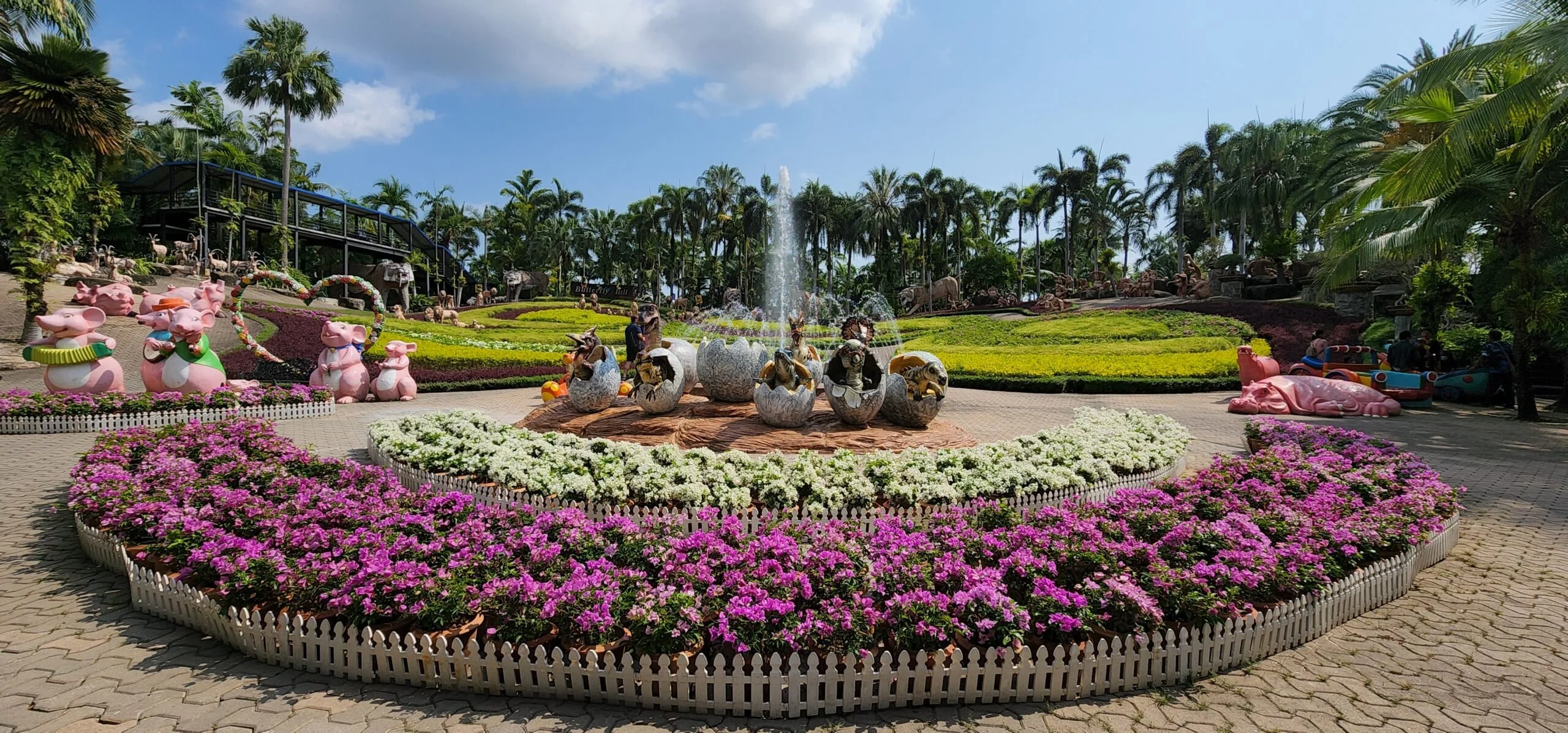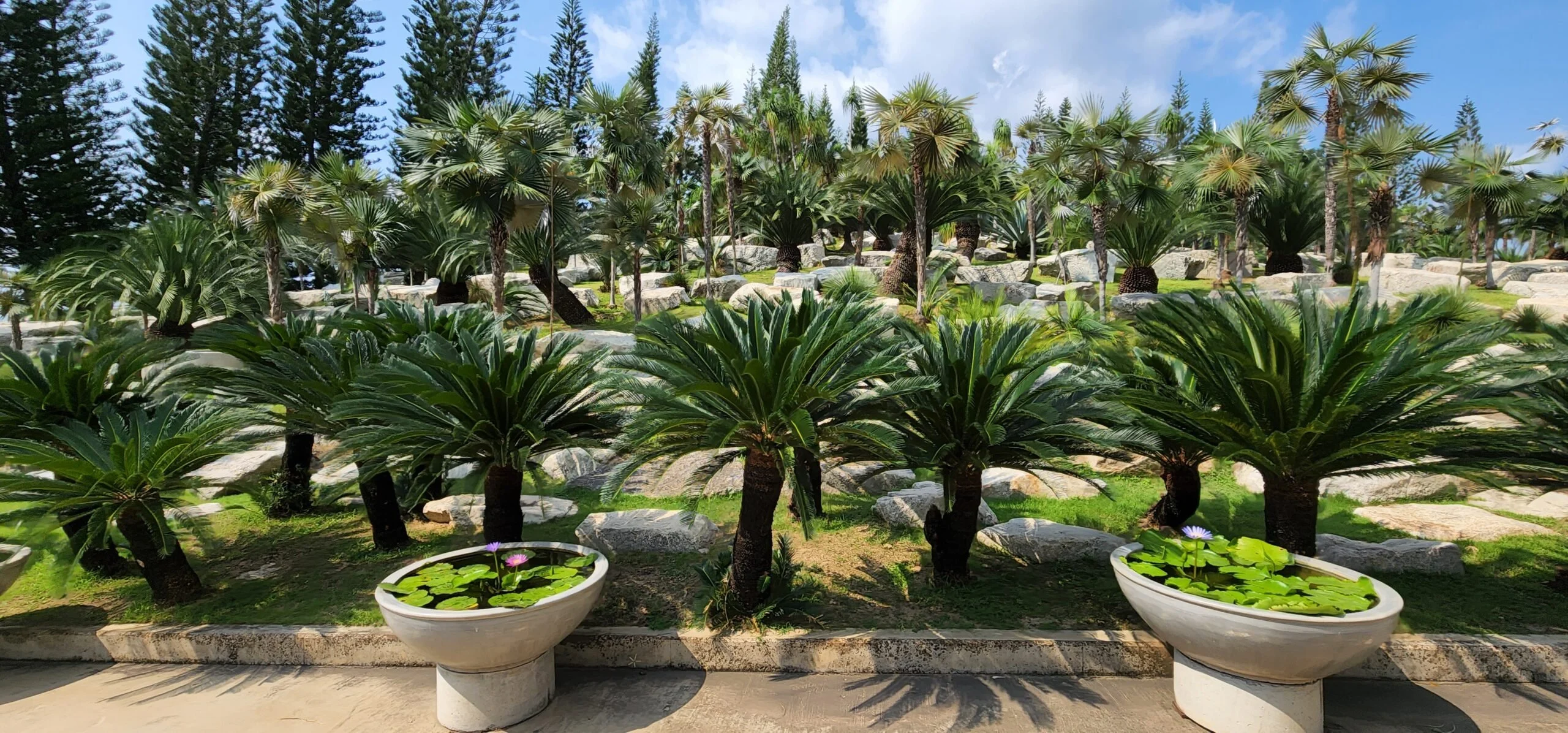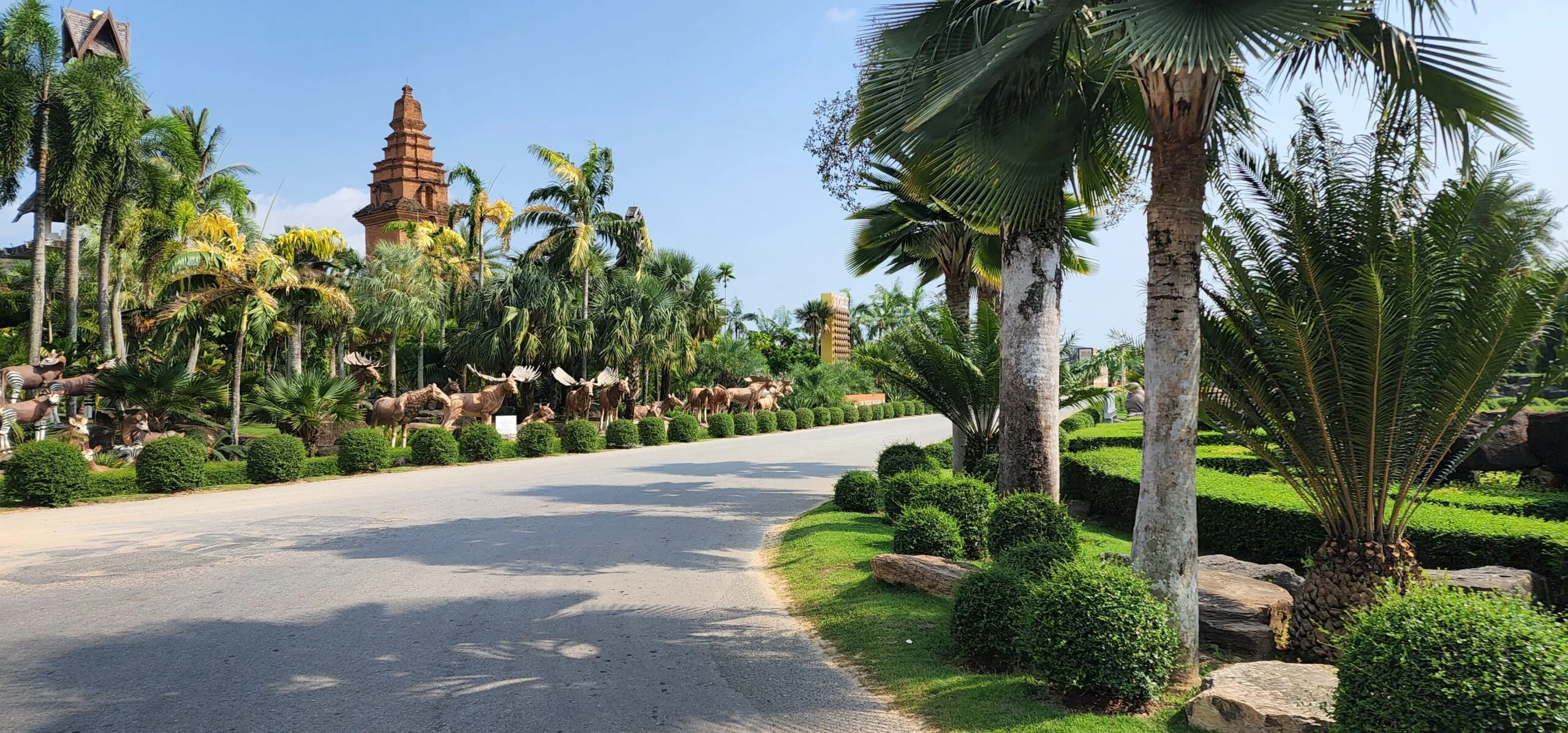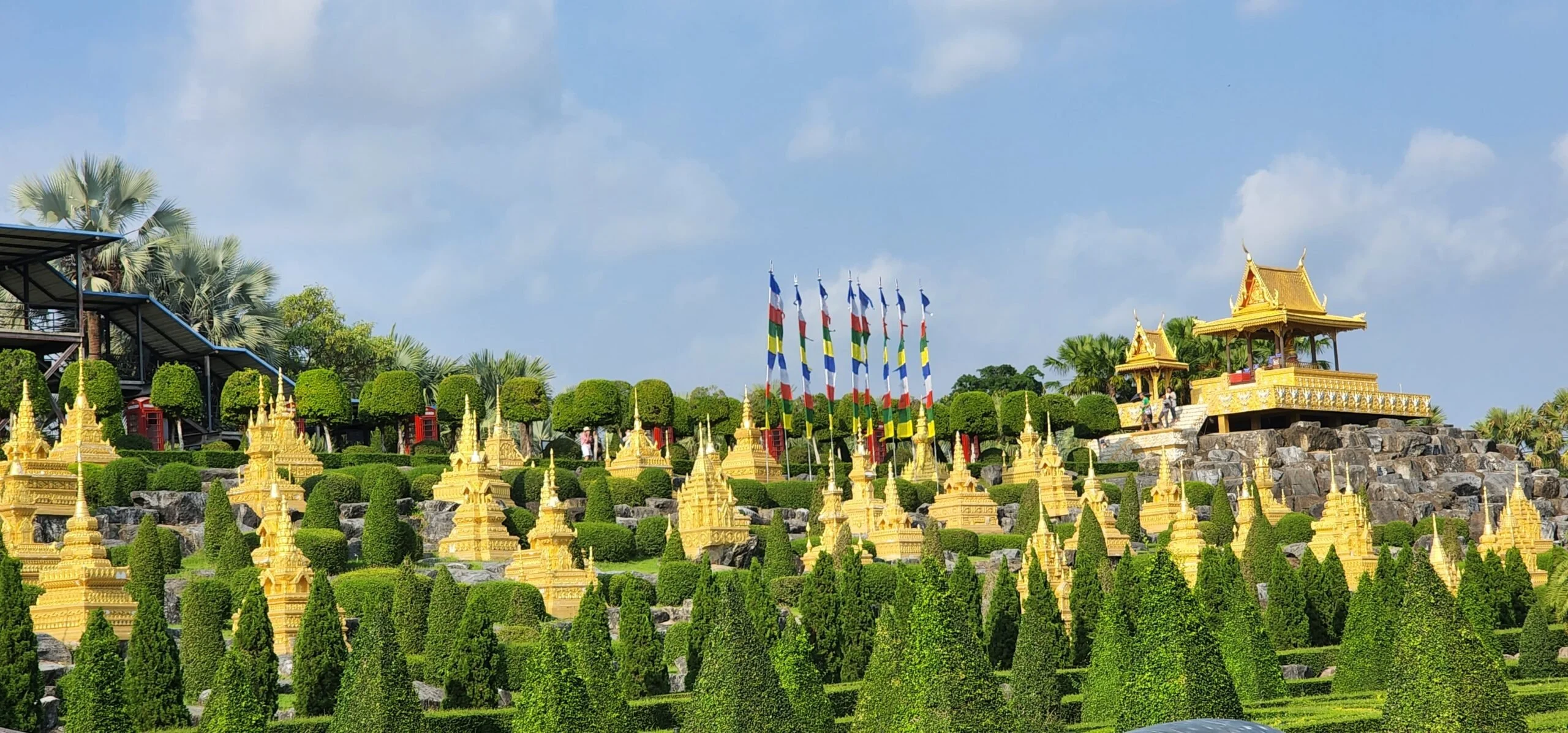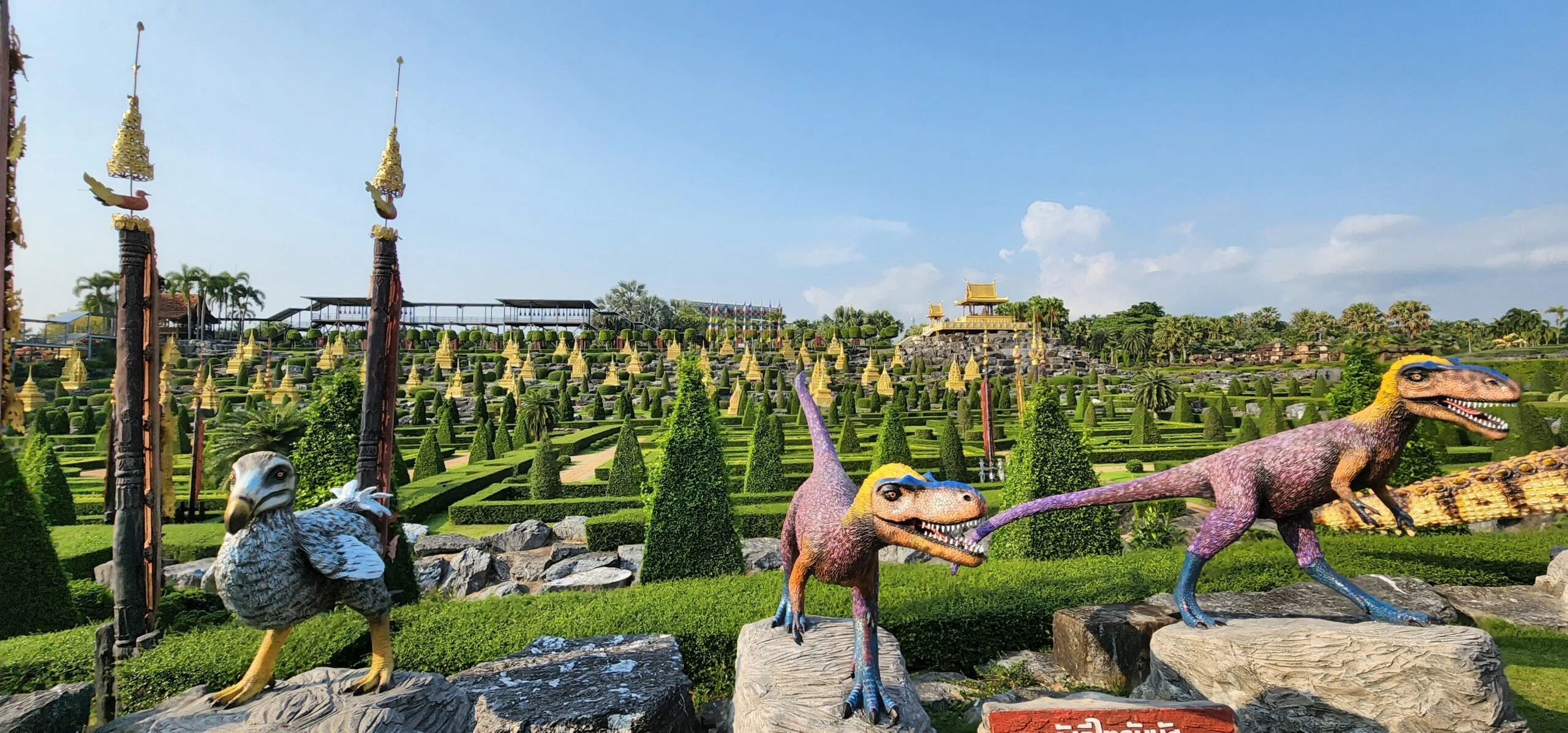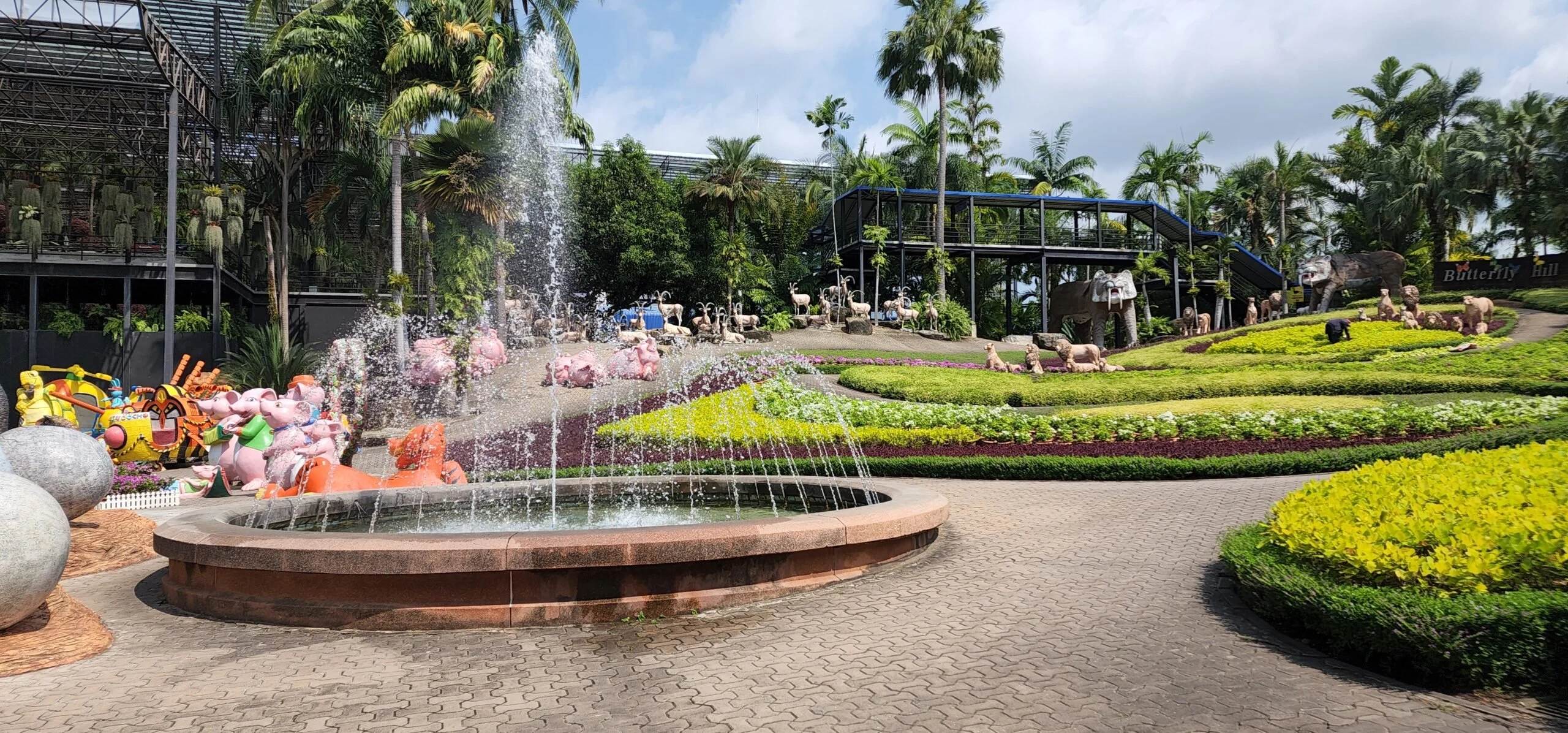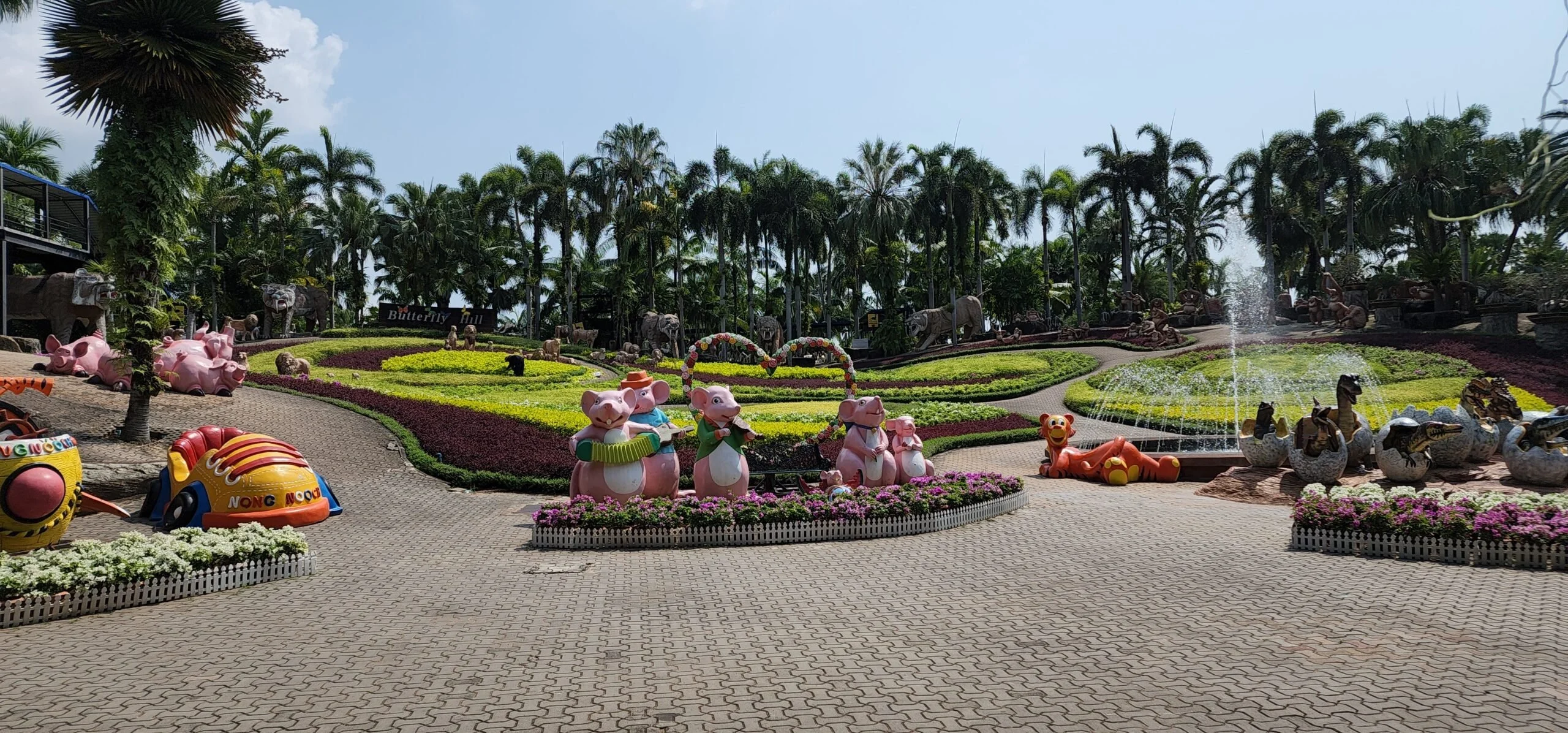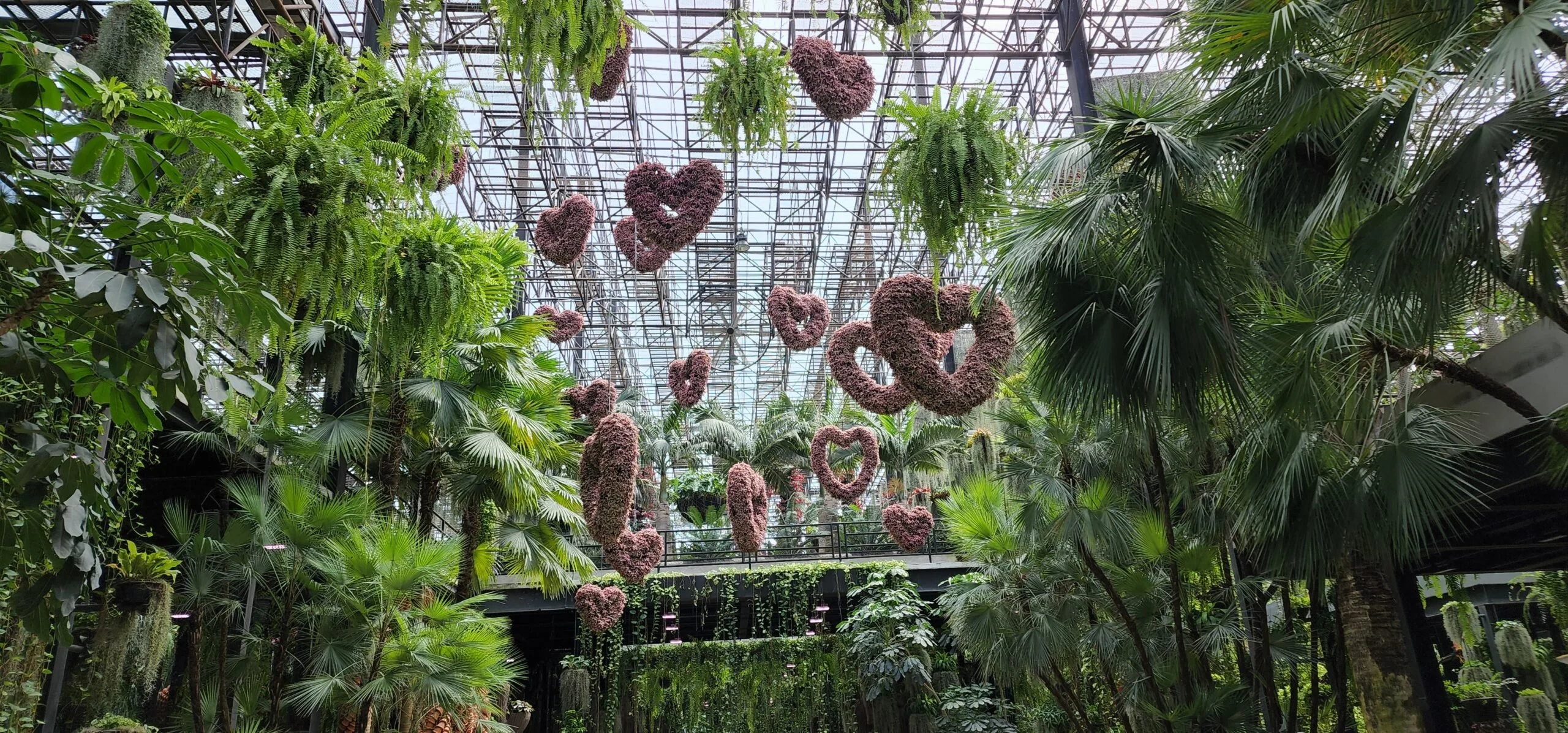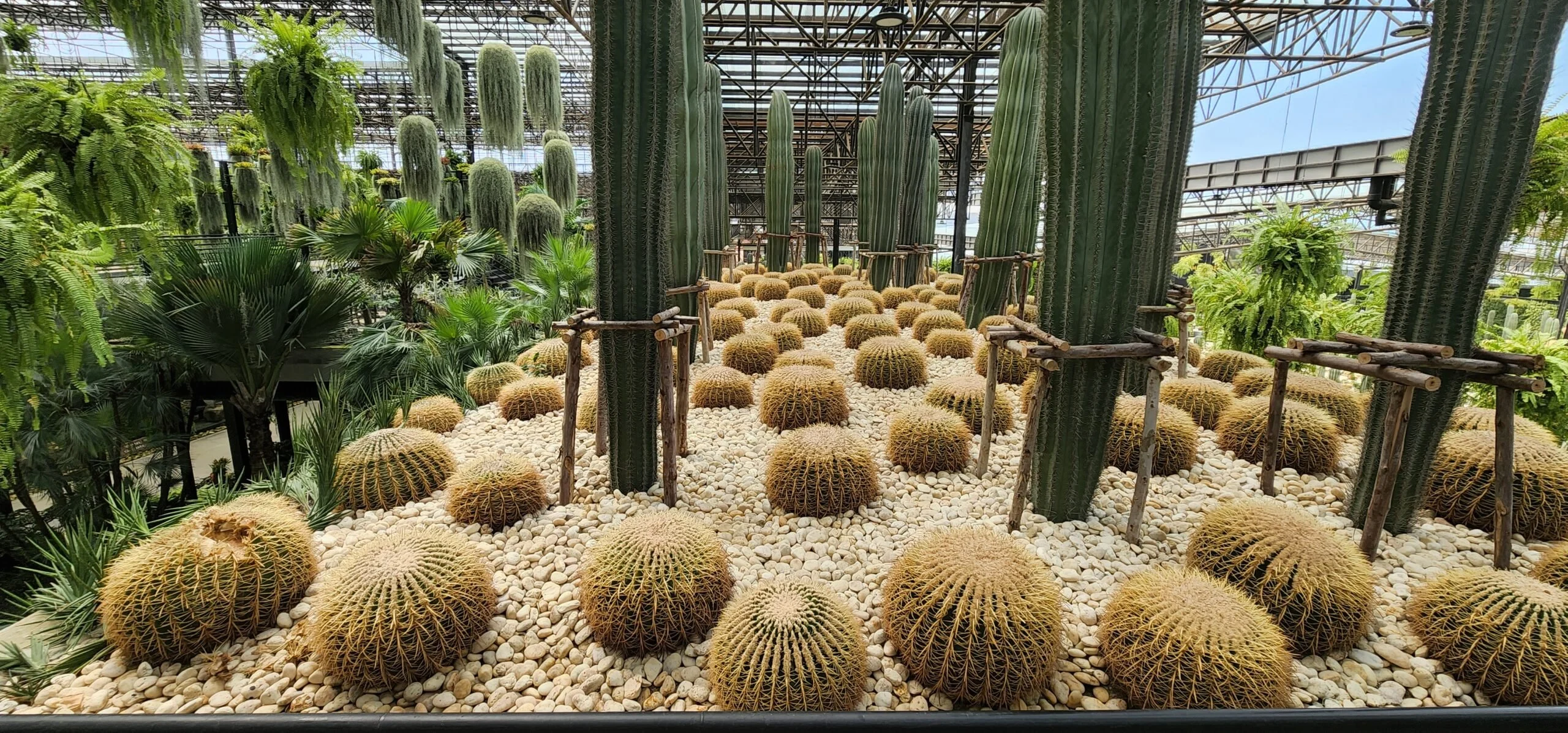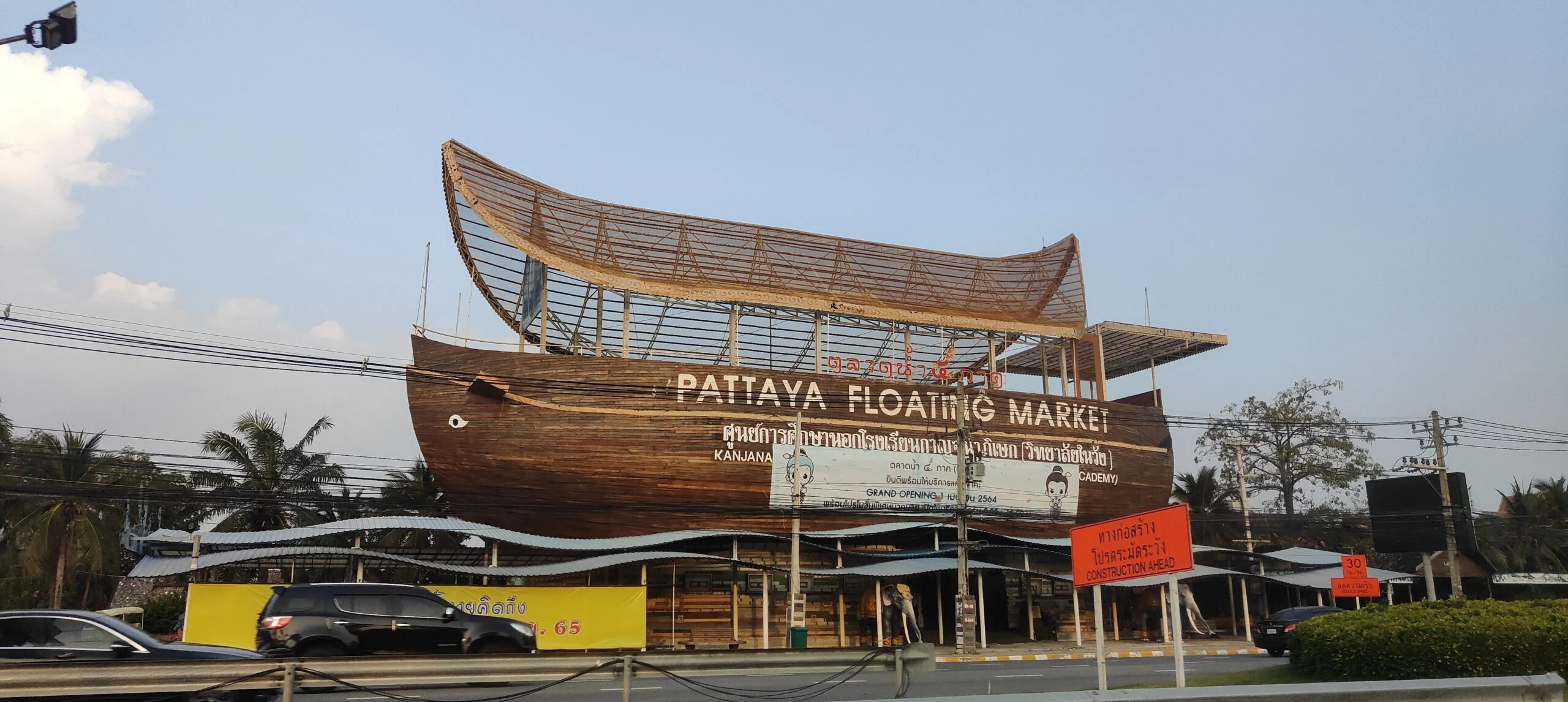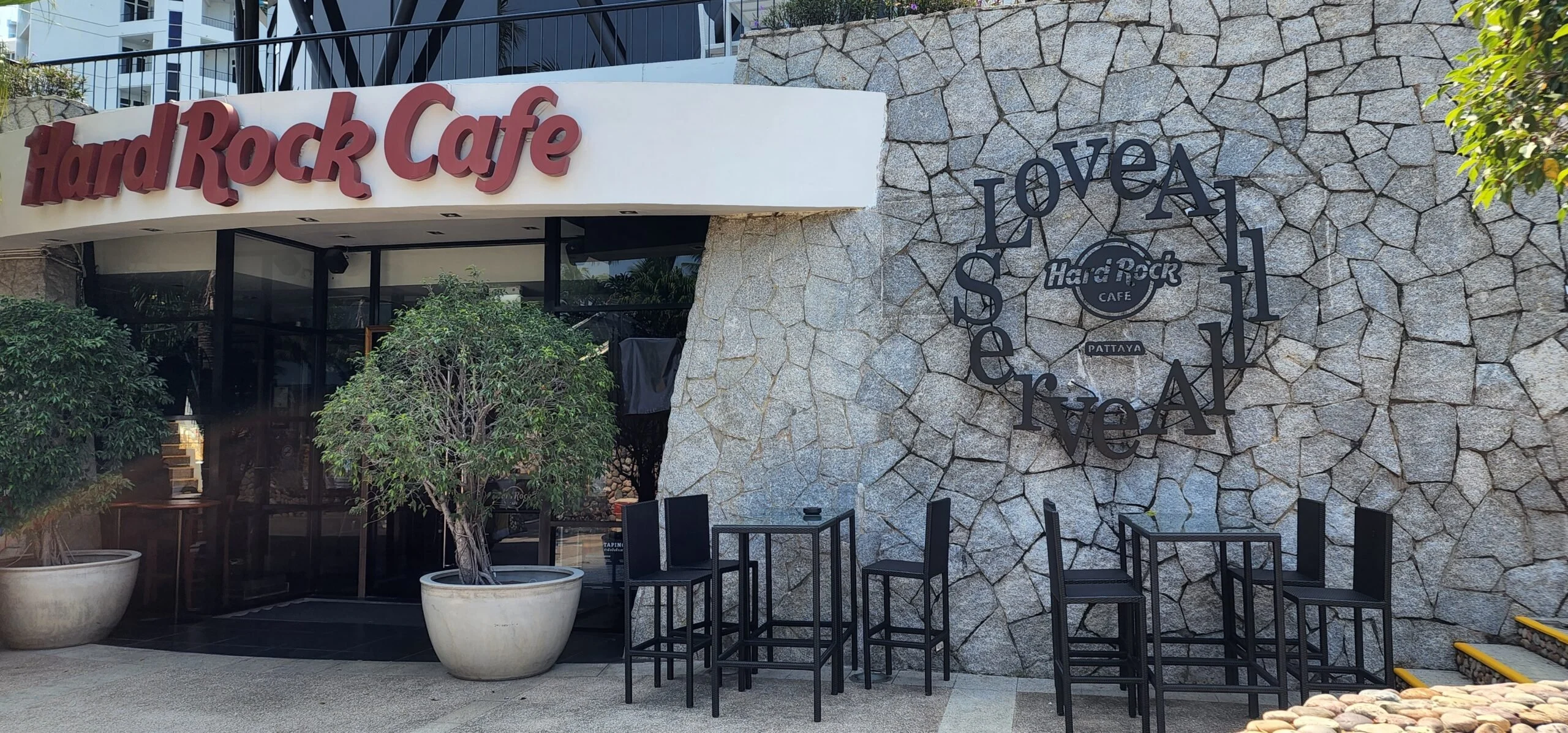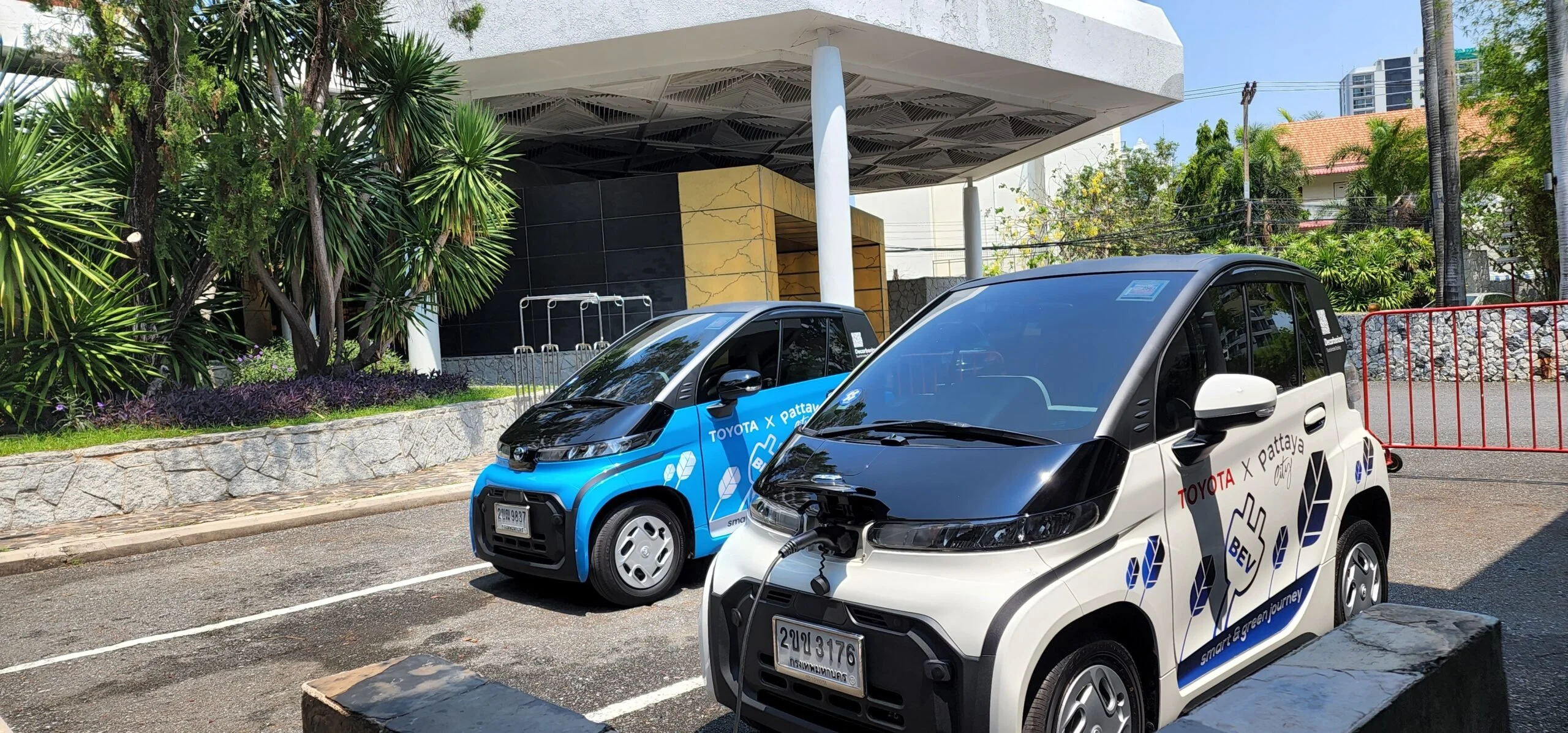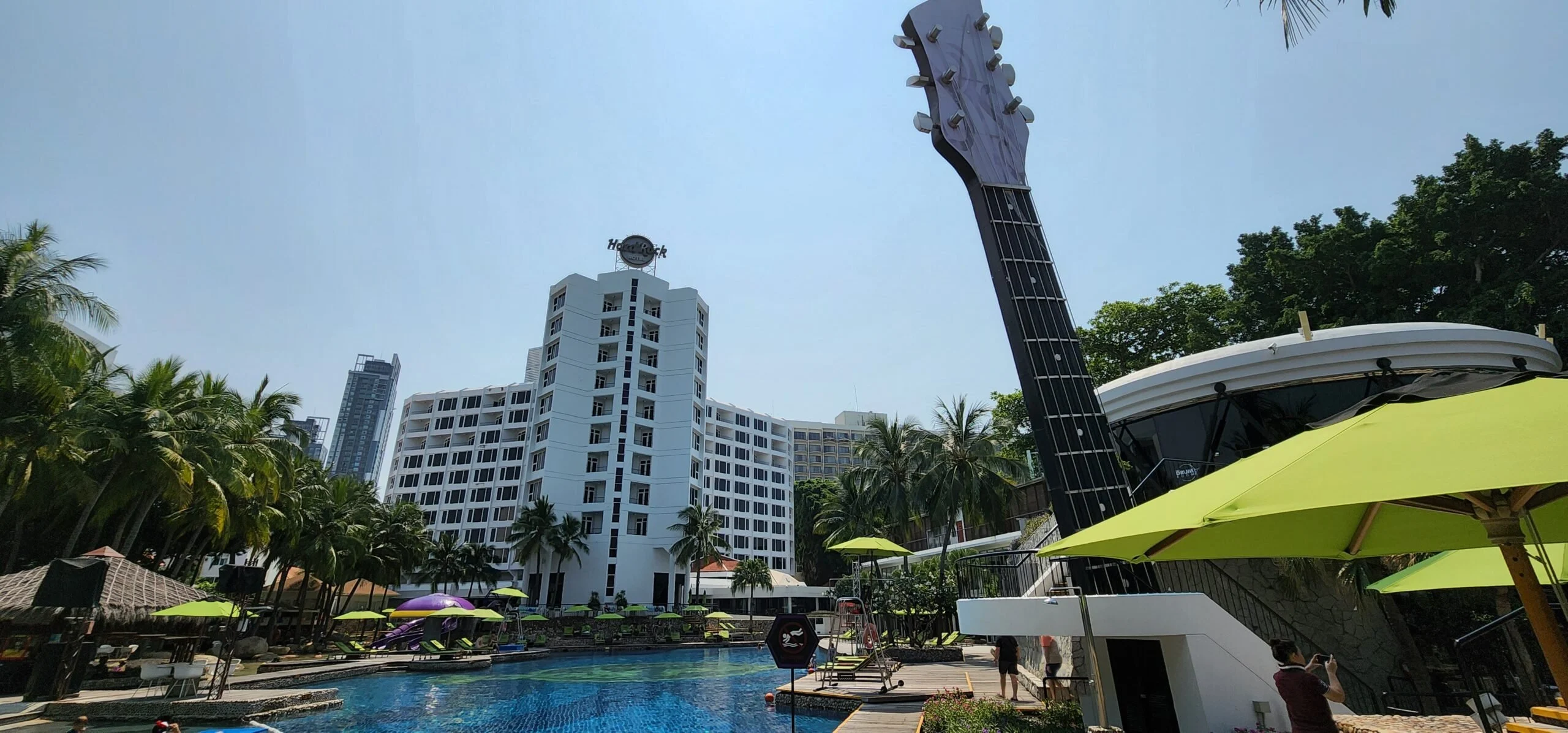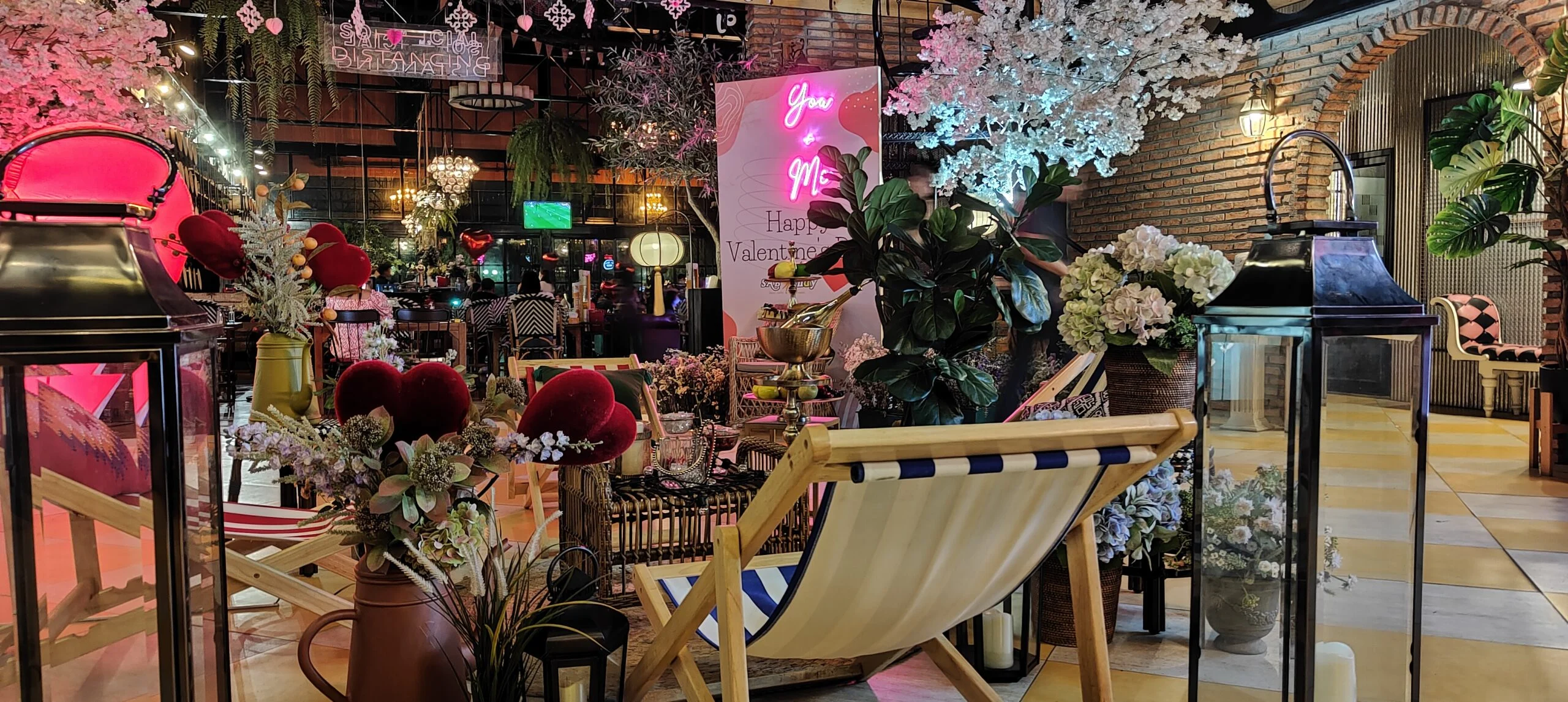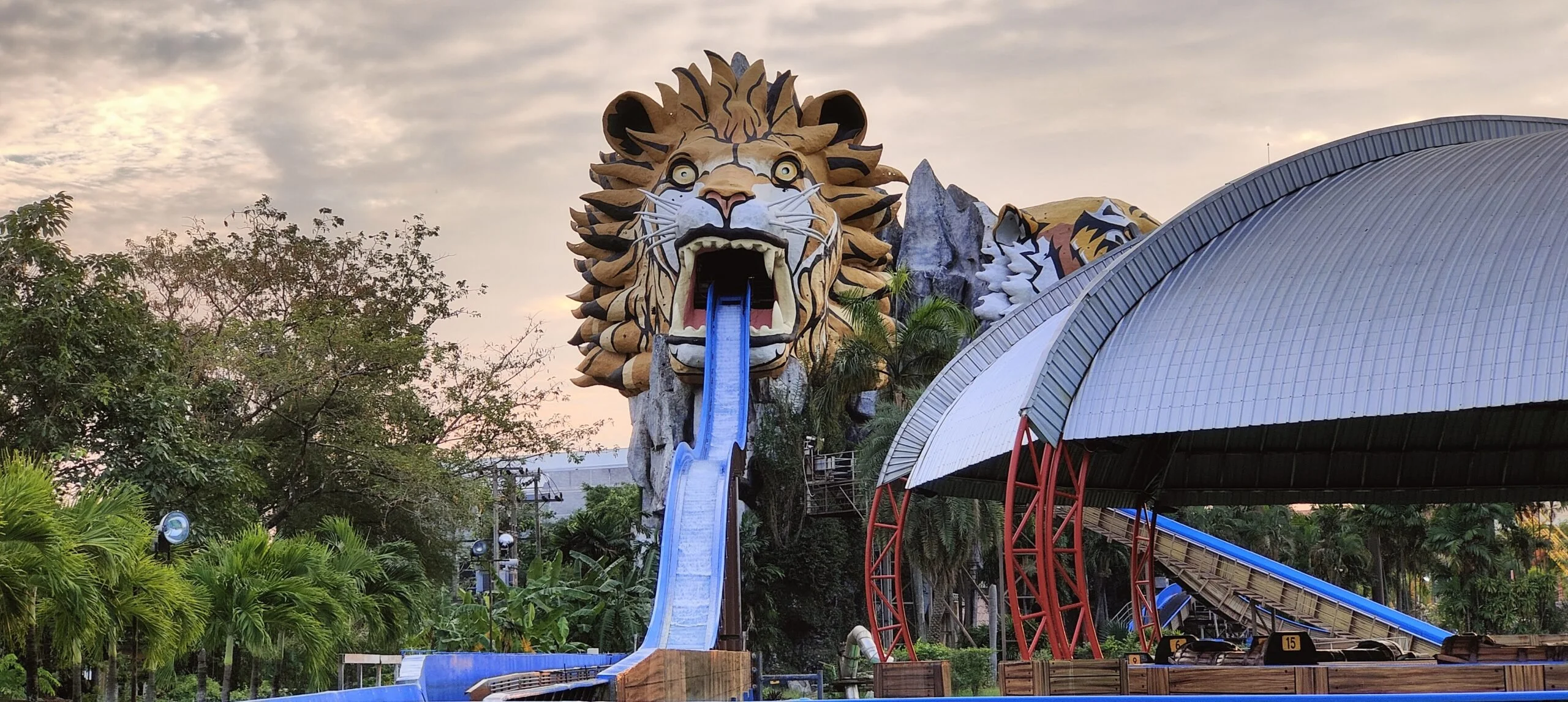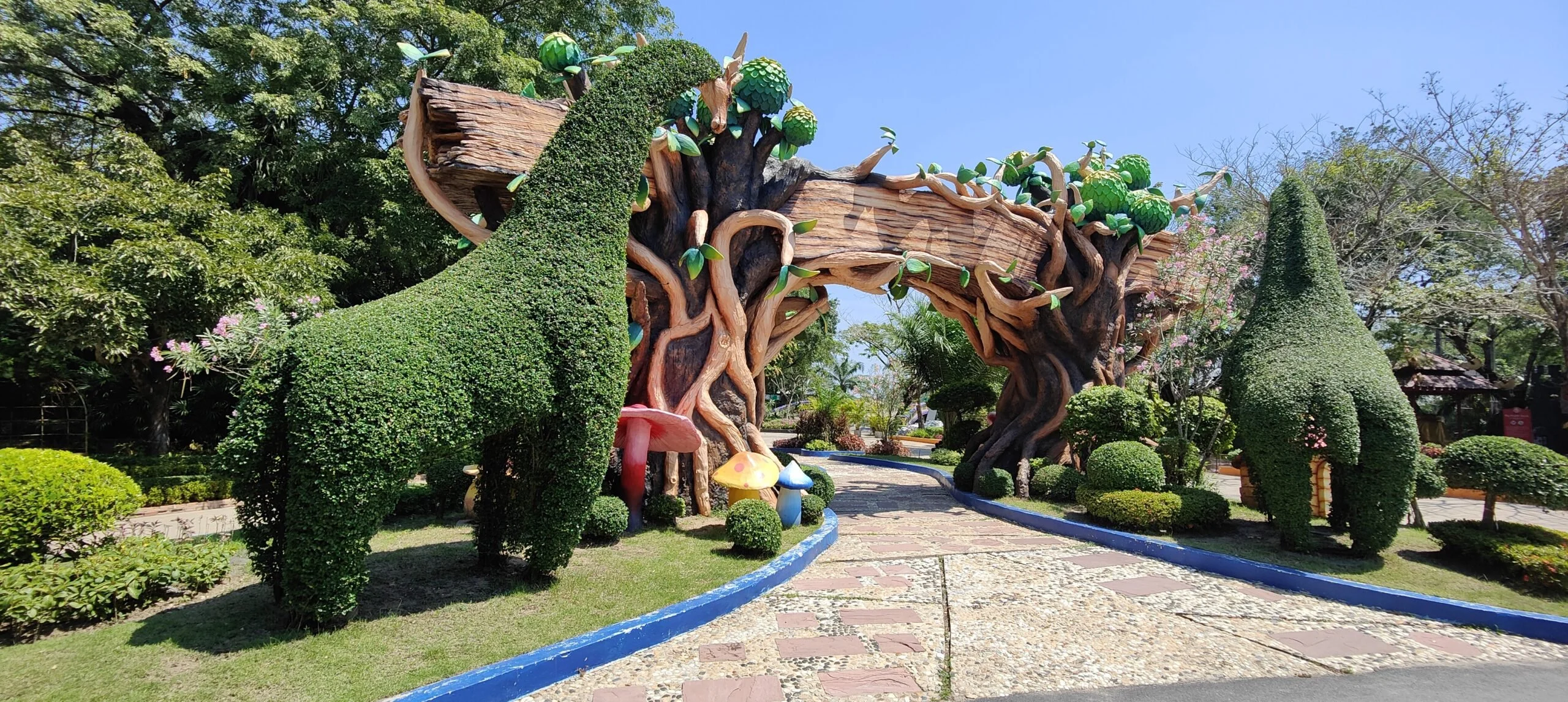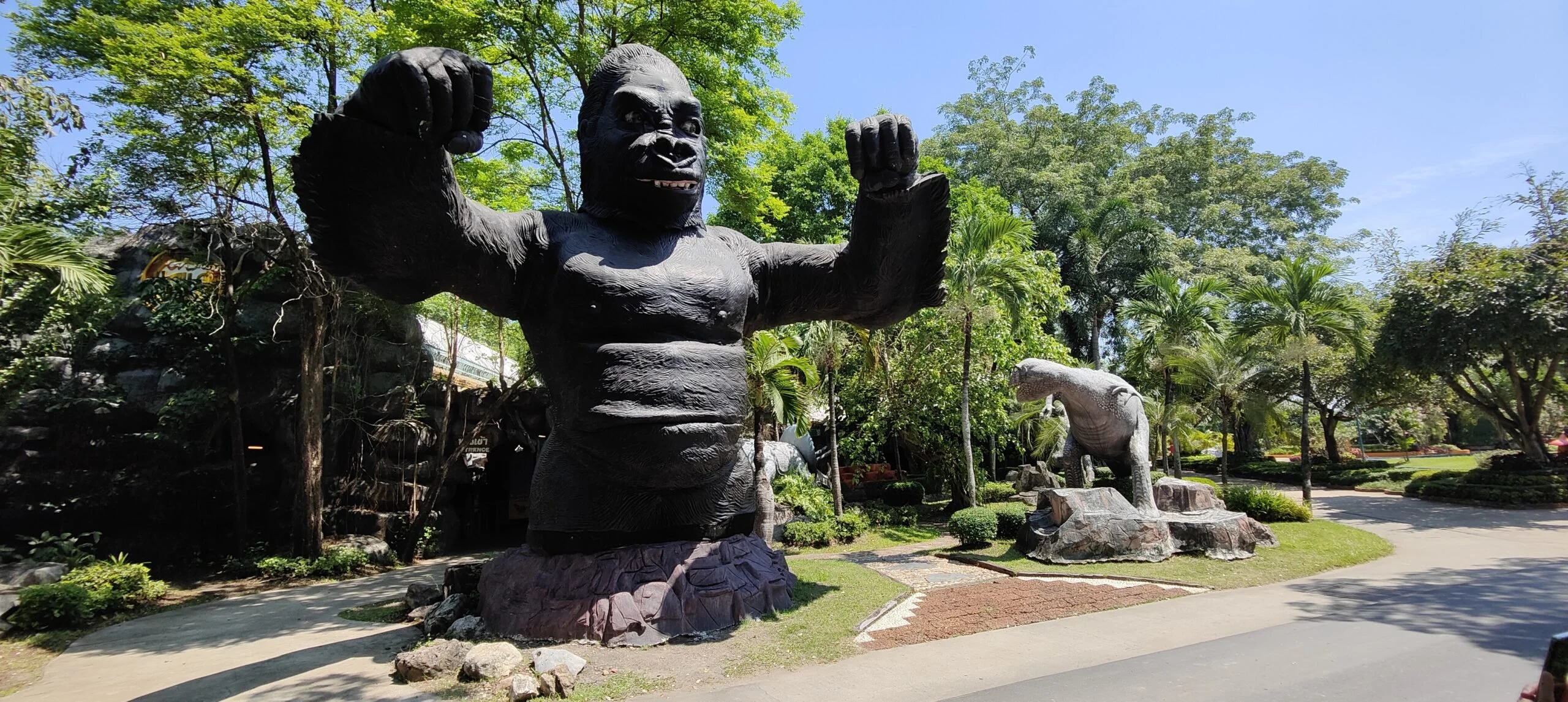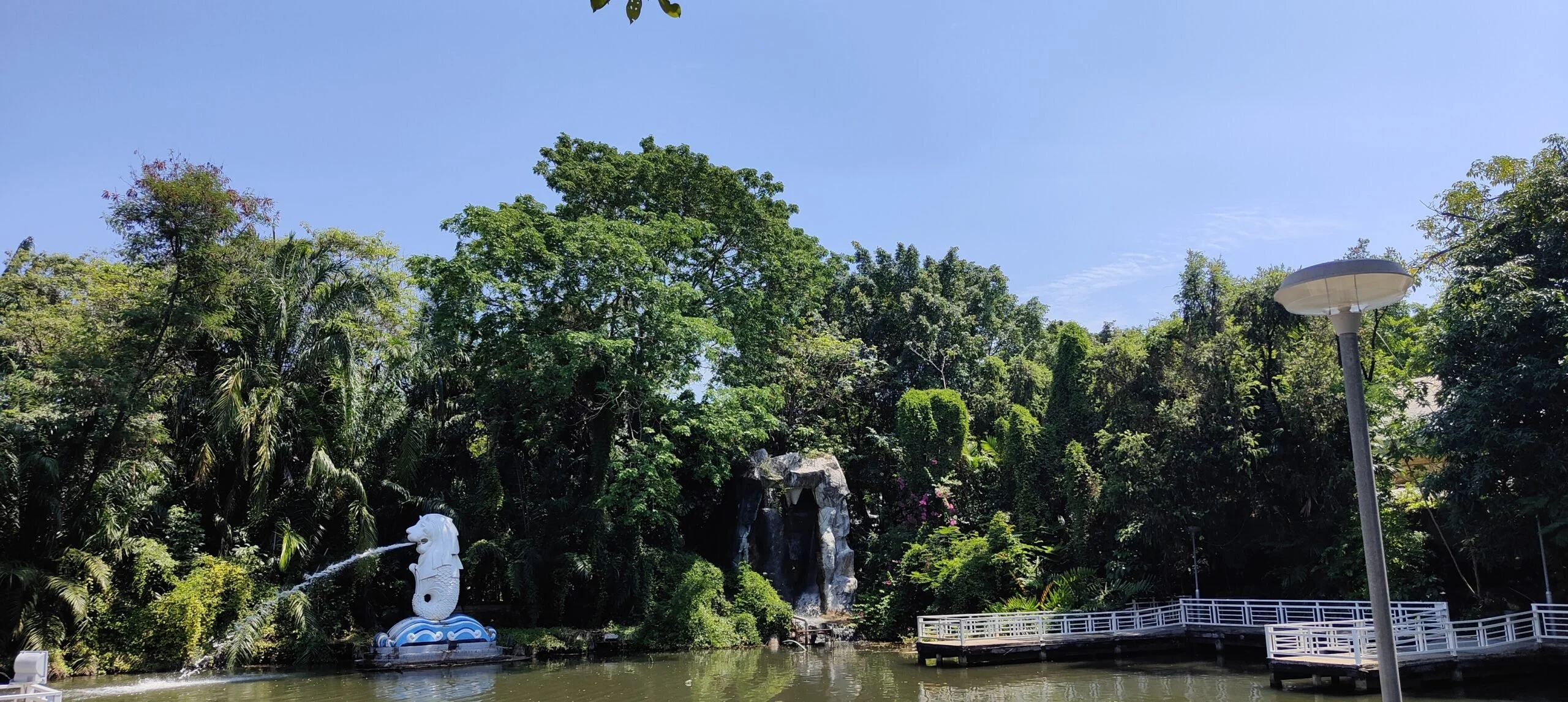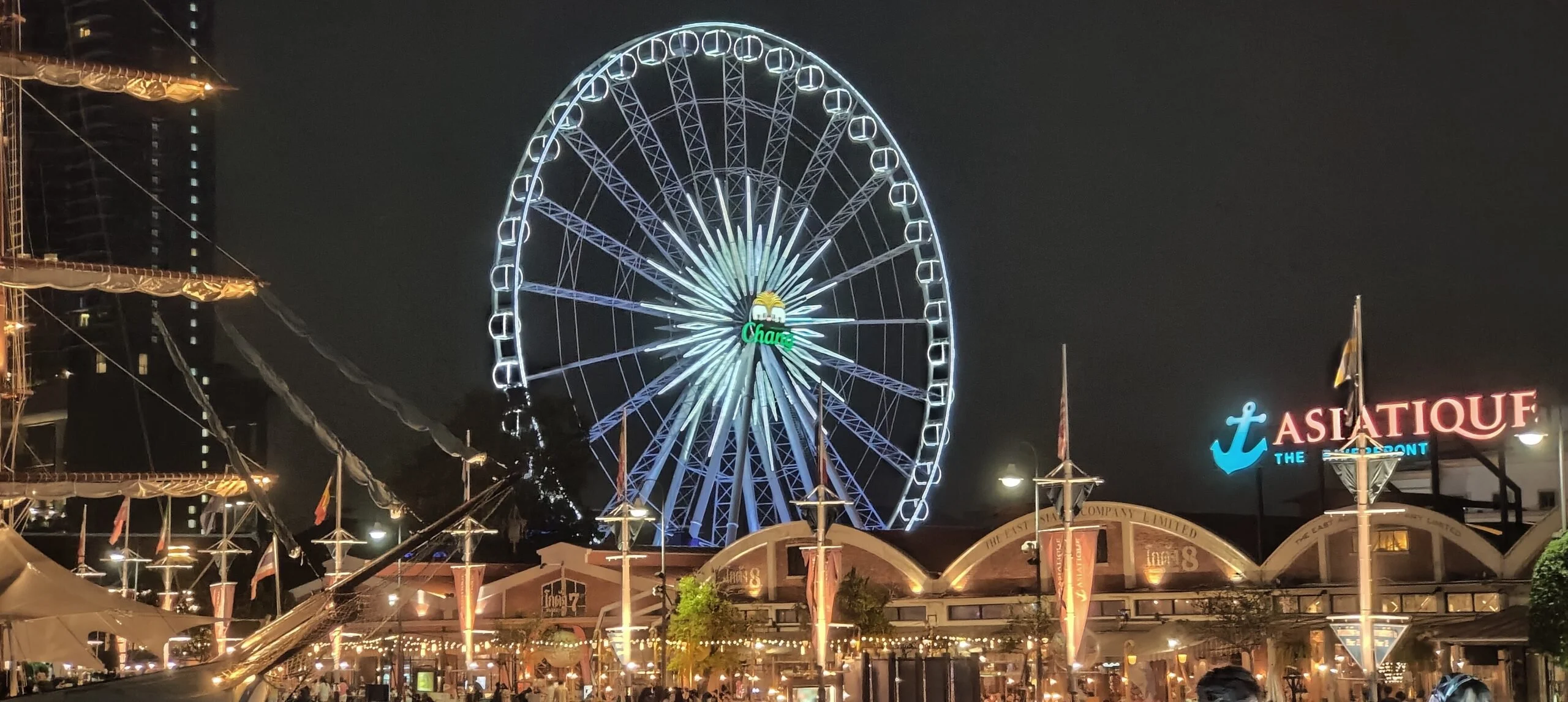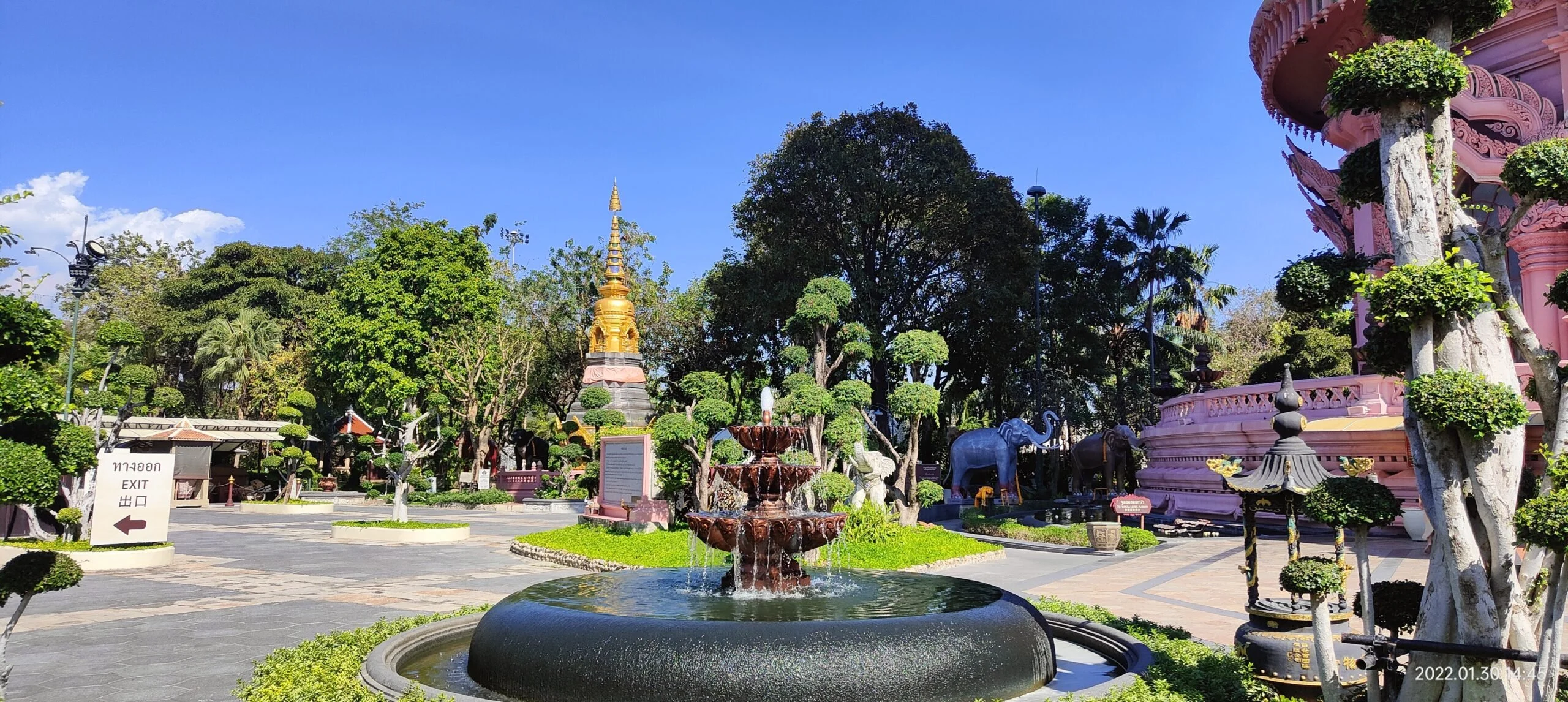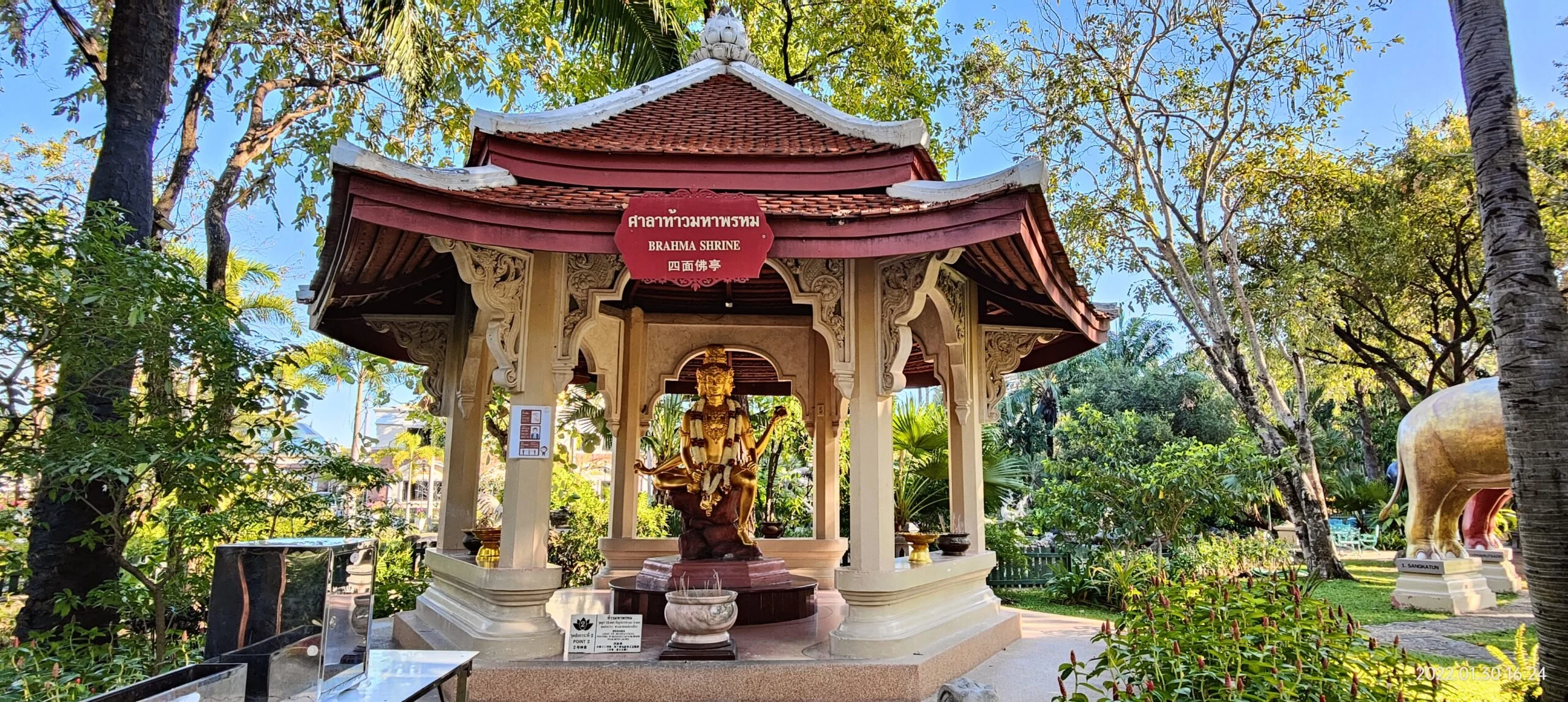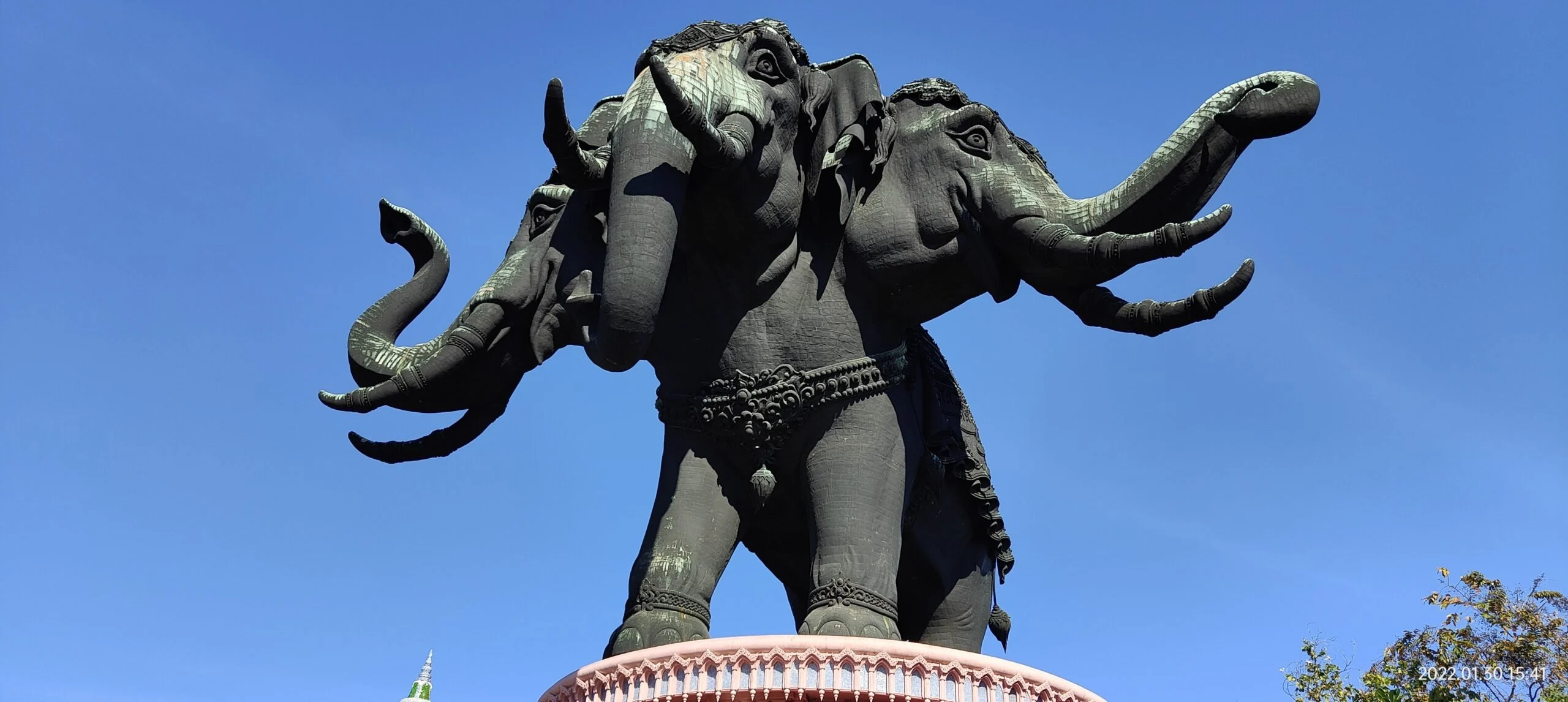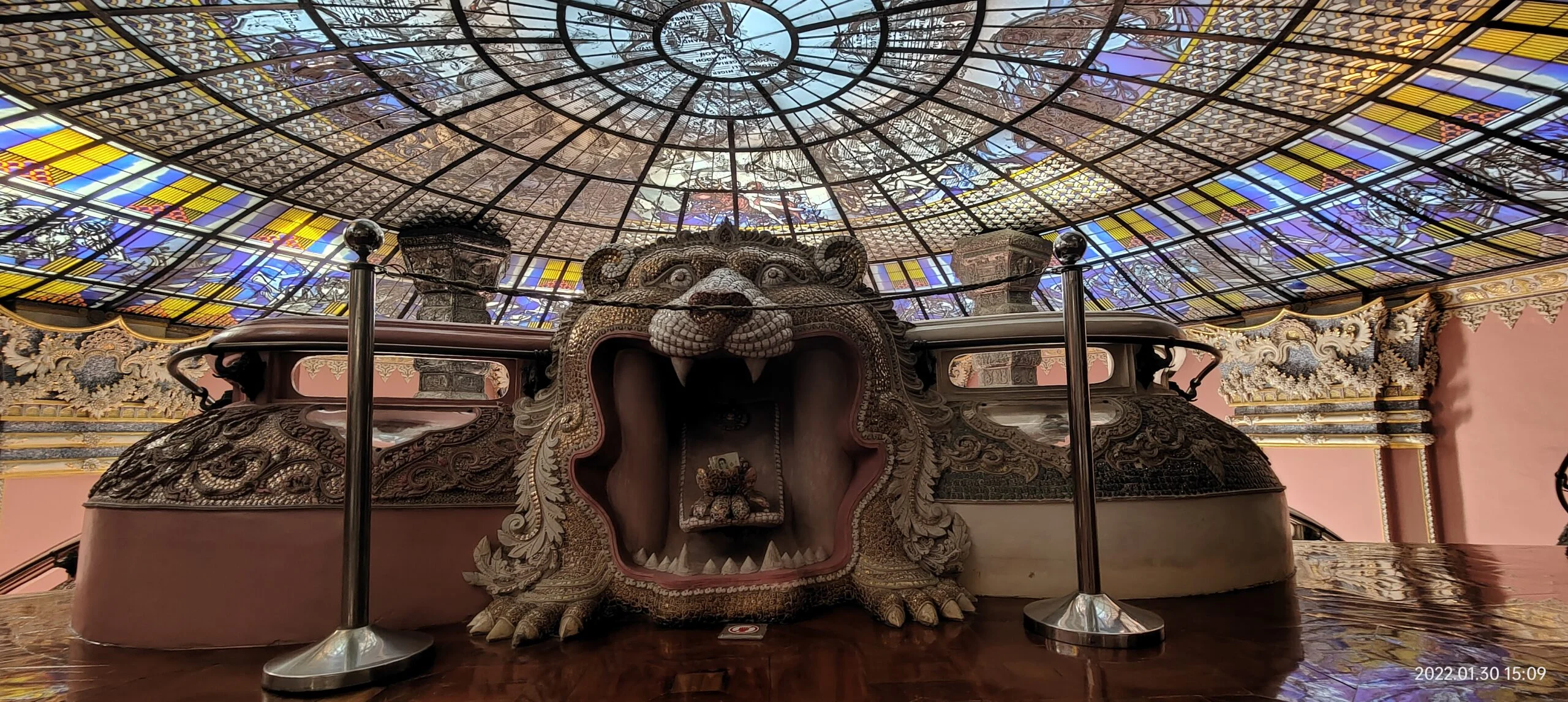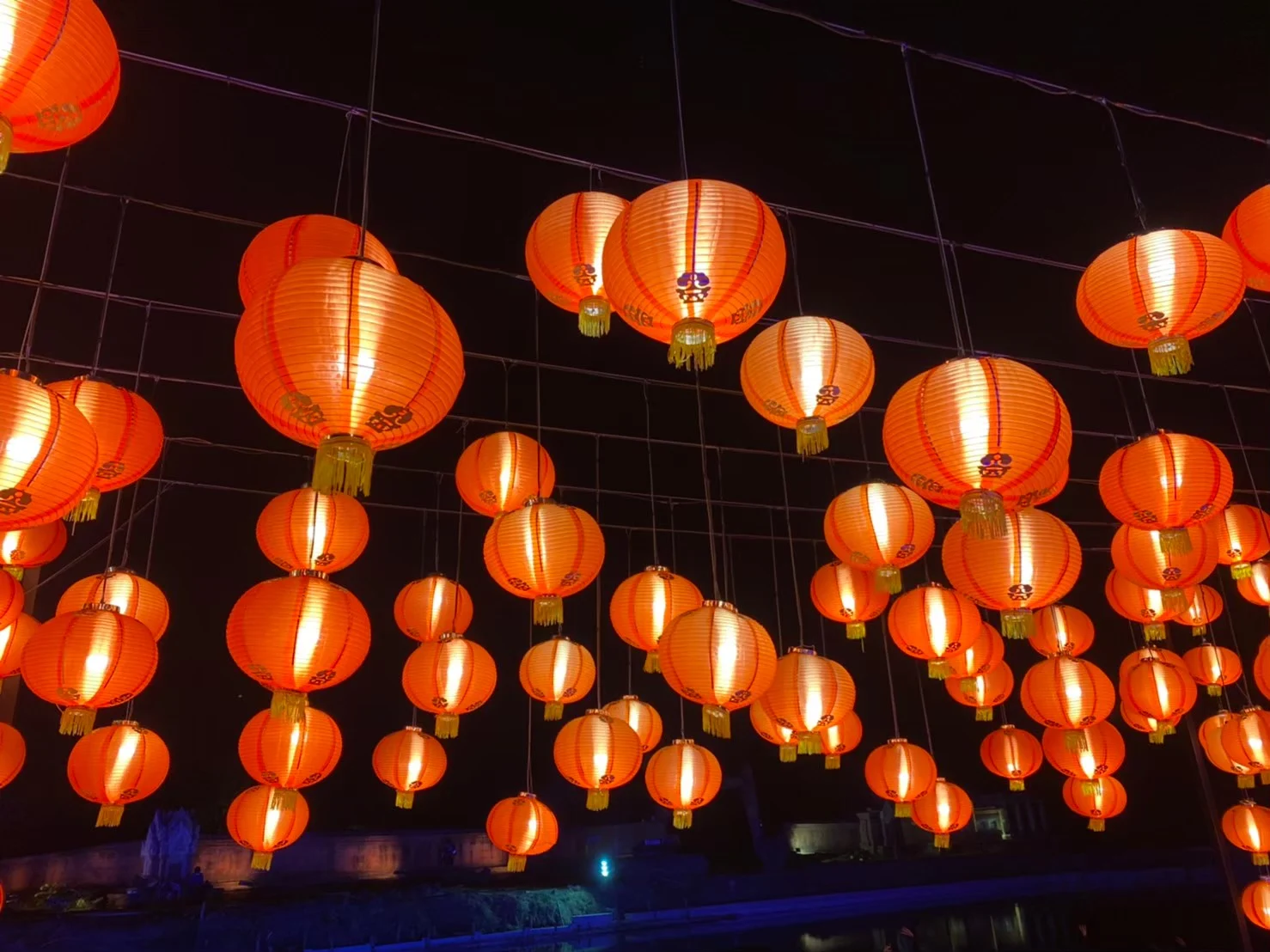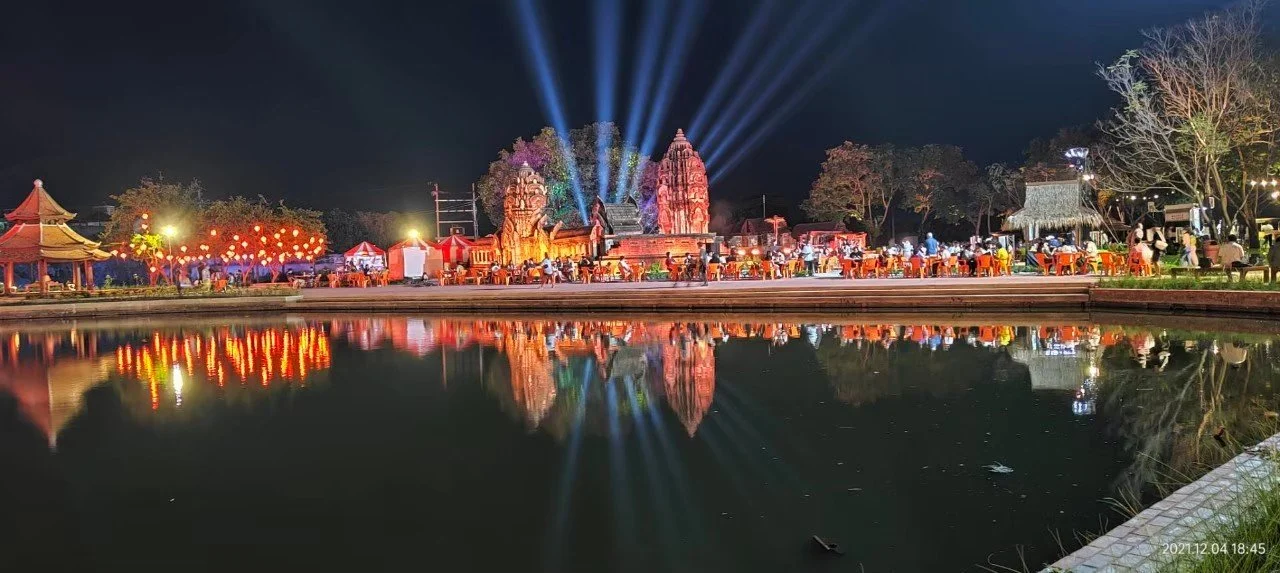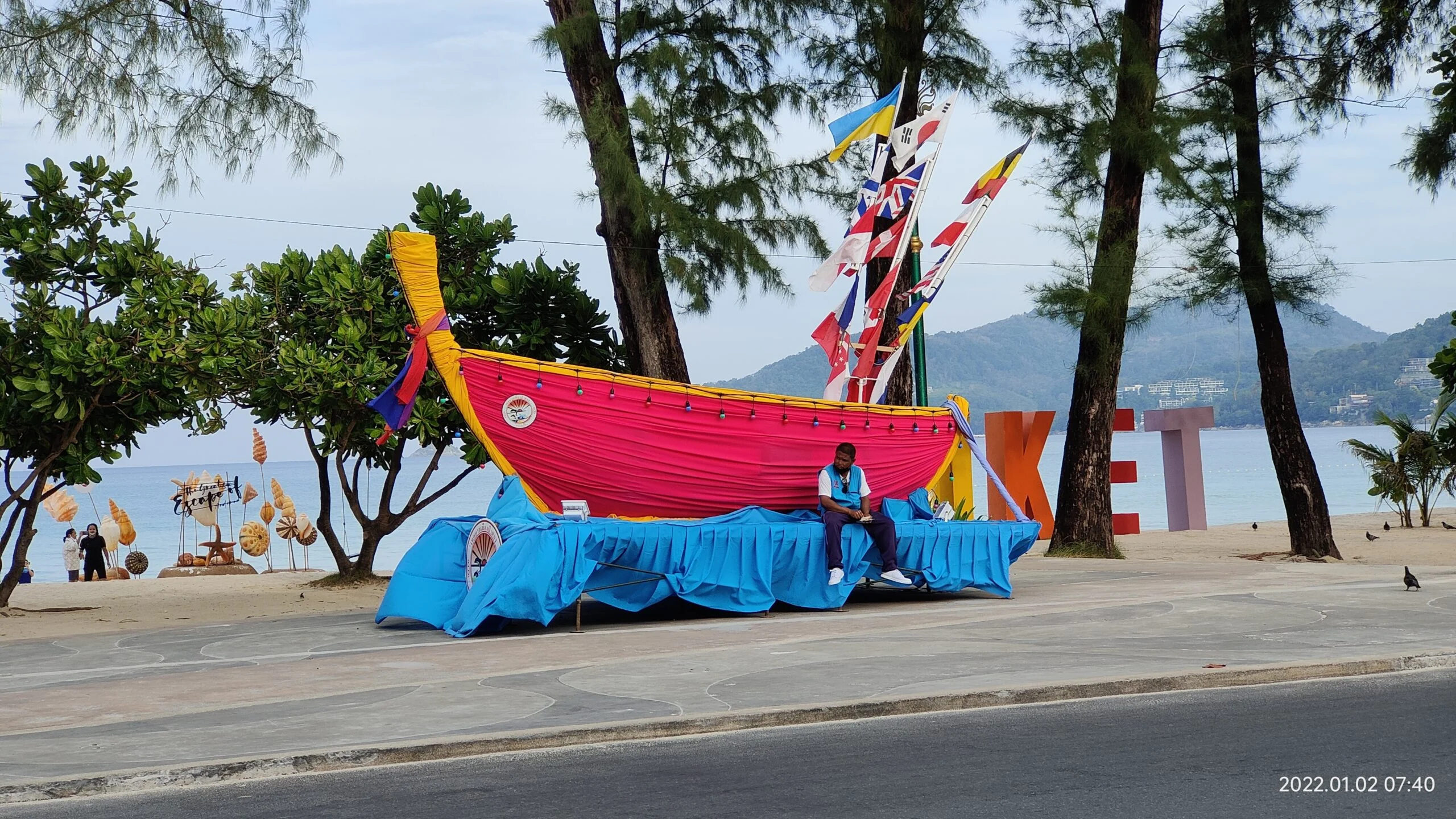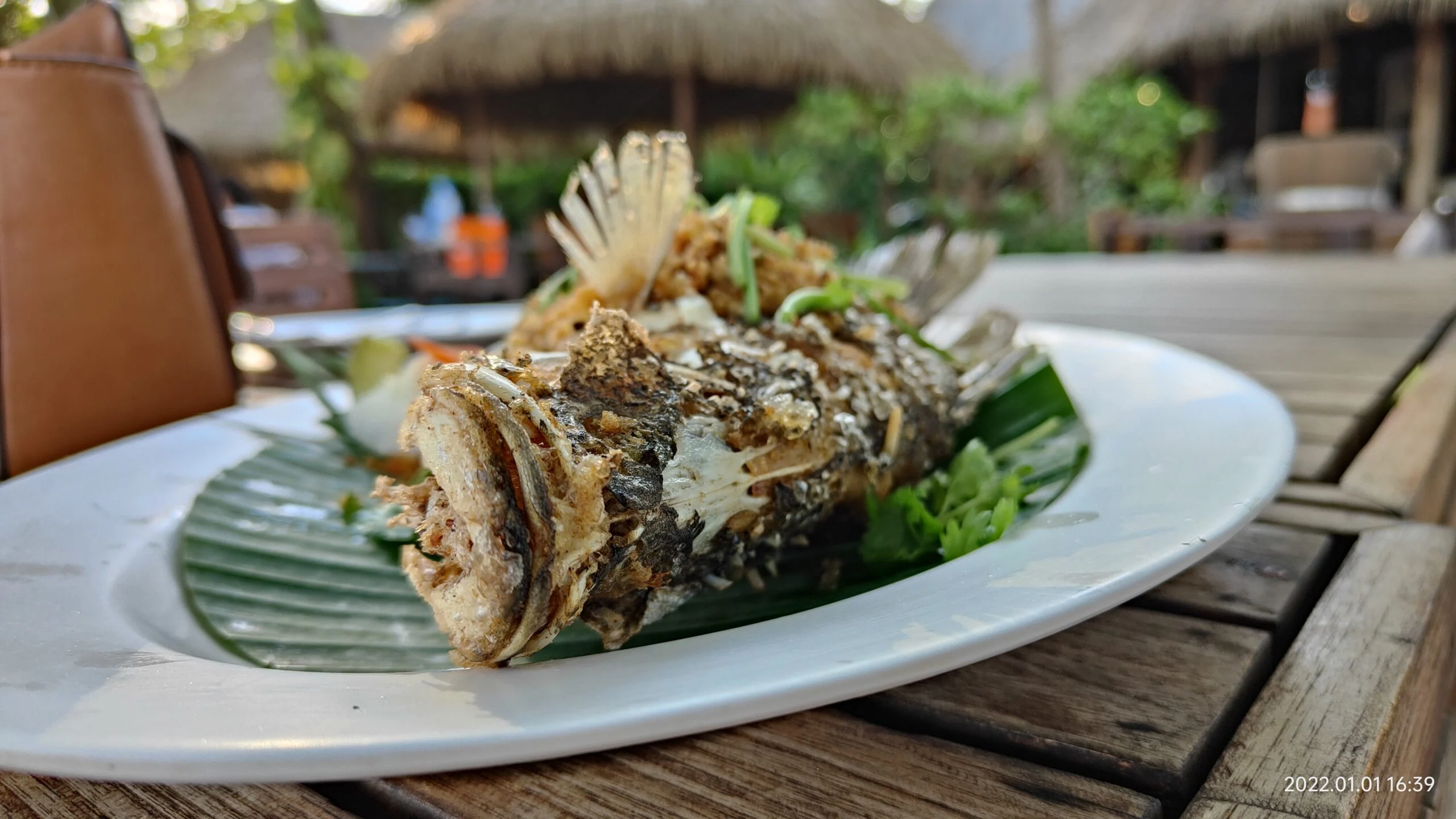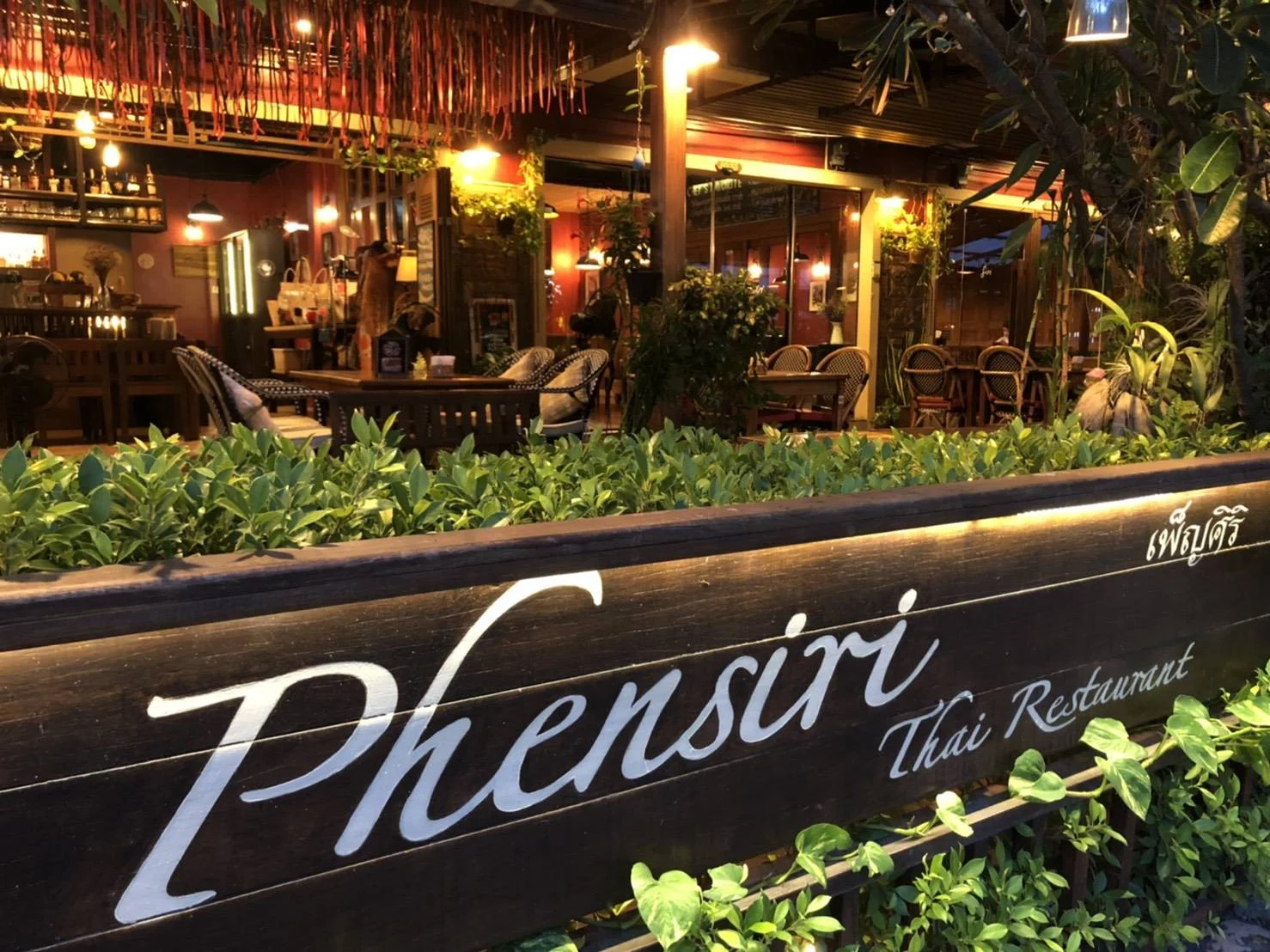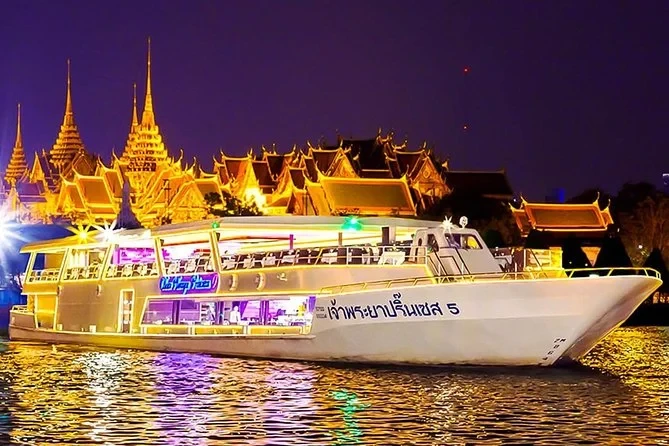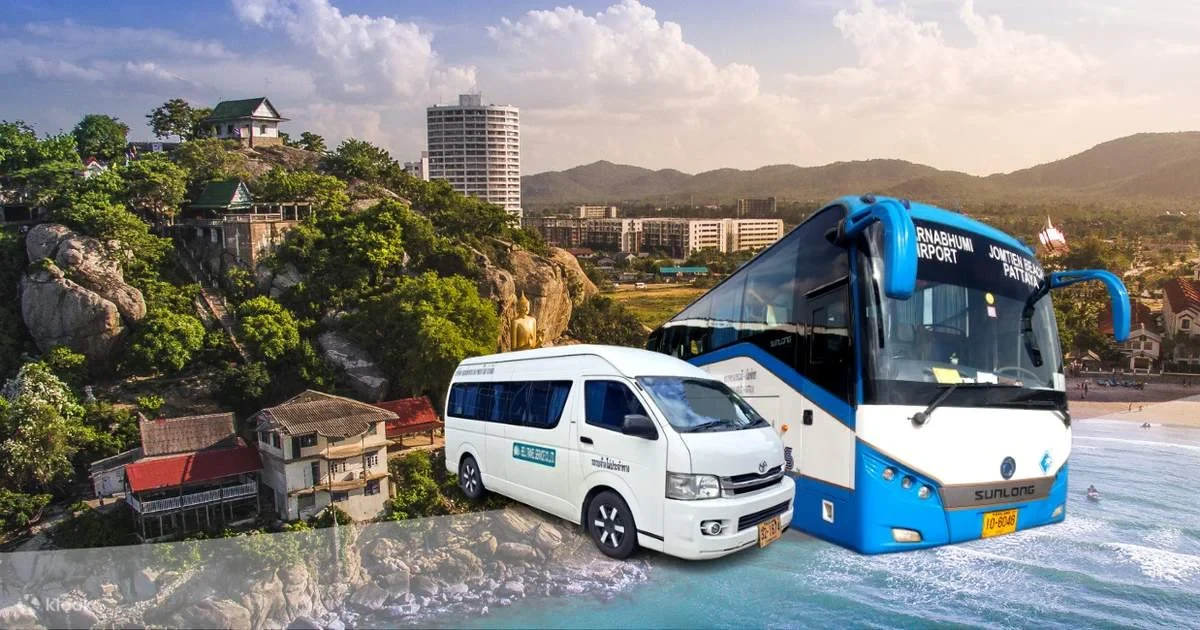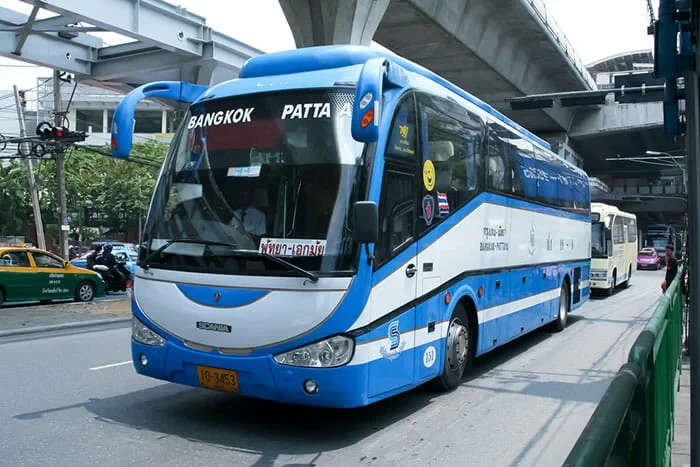Thailand provinces offer an enchanting mosaic of cultures, economies, and lifestyles. Whether you’re an investor, digital nomad, retiree, or tourist, knowing where to go in Thailand can make all the difference. In this definitive guide, we dive deep into all provinces and spotlight the 10 most dynamic and promising ones—ranking them by culture, population strength, economic vitality, lifestyle quality, foreign-friendliness, leadership vision, and future growth. You will find tranquil mountains of the north to the tropical beaches of the south, everything in all these Thailand provinces.
📍 Complete List of 77 Provinces in Thailand (เรียงลำดับจังหวัดในประเทศไทย)
| Northern Region 1. Chiang Mai 2. Chiang Rai 3. Lampang 4. Lamphun 5. Mae Hong Son 6. Nan 7. Phayao 8. Phrae 9. Uttaradit 10. Tak 11. Kamphaeng Phet 12. Nakhon Sawan 13. Phetchabun 14. Phichit 15. Phitsanulok 16. Sukhothai 17. Uthai Thani | Northeastern Region (Isan) 18. Udon Thani 19. Khon Kaen 20. Nakhon Ratchasima (Korat) 21. Ubon Ratchathani 22. Buriram 23. Surin 24. Sisaket 25. Yasothon 26. Nong Khai 27. Nong Bua Lamphu 28. Sakon Nakhon 29. Nakhon Phanom 30. Mukdahan 31. Kalasin 32. Roi Et 33. Maha Sarakham 34. Amnat Charoen 35. Chaiyaphum 36. Bueng Kan 37. Loei |
| Central Region 38. Bangkok (Krung Thep Maha Nakhon) 39. Nonthaburi 40. Pathum Thani 41. Ayutthaya 42. Saraburi 43. Lopburi 44. Sing Buri 45. Ang Thong 46. Suphan Buri 47. Nakhon Pathom 48. Samut Prakan 49. Samut Sakhon 50. Samut Songkhram 51. Ratchaburi 52. Kanchanaburi | Eastern Region 53. Chonburi 54. Rayong 55. Chanthaburi 56. Trat 57. Sa Kaeo 58. Prachinburi 59. Chachoengsao |
| Western Region 60. Phetchaburi 61. Prachuap Khiri Khan 62. Tak (also sometimes categorized as North) | Southern Region 63. Phuket 64. Krabi 65. Surat Thani 66. Nakhon Si Thammarat 67. Songkhla 68. Trang 69. Phang Nga 70. Ranong 71. Chumphon 72. Satun 73. Pattani 74. Yala 75. Narathiwat 76. Phatthalung 77. Nakhon Si Thammarat |
🌟 Top 10 Best Thailand Provinces (Ranked by Culture, Business, Lifestyle, and Global Appeal)
| 1. Bangkok (Krung Thep Maha Nakhon) Why it stands out: Population: 10+ million Business: Regional hub for ASEAN trade and startups Culture: Royal palaces, temples, floating markets Foreigner Access: Embassies, work opportunities, bilingual services Leadership: Progressive infrastructure plans (Smart Bangkok 2030) Lifestyle: Skytrains, malls, rooftop bars, global cuisine Future: Mass transit expansions, tech innovation zones Major Risks: Flooding, land subsidence, air pollution Natural Disbalance: Built on low-lying marshland; the city is sinking 1–2 cm/year. Danger Zones: Riverside areas (e.g., Thonburi, Bang Kachao during monsoon season) Mitigation: Extensive drainage canals, flood barriers, Chao Phraya River embankment reinforcement Tip: Avoid ground-floor accommodations in flood-prone districts during rainy season. | 2. Chiang Mai Why it stands out: Culture: Lanna heritage, temples, festivals like Yi Peng Digital Nomads: A favorite for expats and remote workers Cost of Living: Lower than Bangkok Lifestyle: Nature, art, cafes, spiritual retreats Leadership: Eco-city and smart city projects underway Future Plans: Airport expansion, tourism innovation hub Major Risks: Wildfires, air pollution, landslides Natural Disbalance: Seasonal “burning season” from Feb–Apr causes hazardous PM2.5 levels Danger Zones: Doi Suthep area and nearby hillsides during heavy rains or dry season fires Mitigation: Government air quality alerts, increasing environmental regulation Tip: Best months to visit/live are July–January when the air quality improves. |
| 3. Chonburi (Pattaya) Why it stands out: Industry: Eastern Economic Corridor (EEC) Culture & Beaches: Vibrant nightlife, water sports, international communities Access to Foreigners: Visa-friendly, plenty of international schools Lifestyle: Family and party balance Future Plans: High-speed rail, U-Tapao Airport transformation Major Risks: Coastal erosion, occasional flooding, industrial pollution Natural Disbalance: Rapid coastal development and industrial zones strain marine ecosystems Danger Zones: Rayong–Map Ta Phut corridor (industrial hazard risk), flood-prone sois in Pattaya Mitigation: EEC green zone planning, improved wastewater management Tip: Choose elevated inland housing in Pattaya to avoid flash floods. | 4. Phuket Why it stands out: Tourism Capital: World-renowned beaches Foreigner Access: Large expat population, smart visa zones Business: Booming real estate and digital nomad economy Culture: Sino-Portuguese influence, vegetarian festival Leadership: Phuket Smart City initiative Future: Monorail plans, airport expansion, wellness hub Major Risks: Tsunamis, landslides, coastal flooding Natural Disbalance: Over-tourism, coral reef damage, plastic waste Danger Zones: Patong and Kata beaches during tsunamis or monsoon landslides Mitigation: Early warning systems and evacuation drills Tip: Respect evacuation signs and stay updated on Andaman Sea alerts during monsoon. |
| 5. Khon Kaen Why it stands out: Northeast Leader: Rising star of Isan Business: Strong MICE (Meetings, Incentives, Conferences) infrastructure Culture: Traditional Isan music, cuisine, silk Leadership: Pioneer smart city outside Bangkok Future: Smart transit system, rail network to Laos/China Major Risks: Droughts, occasional flash flooding Natural Disbalance: Overuse of groundwater, deforestation, soil salinity Danger Zones: Rural agricultural belts prone to both drought and soil erosion Mitigation: Smart farming and water reservoir projects Tip: Avoid investing in low-lying agricultural zones without modern irrigation. | 6. Rayong Why it stands out: Industrial Hub: Petrochemicals and auto plants Business: Key EEC development zone Lifestyle: Clean beaches + urban job market Foreigner-Friendly: Rising number of foreign-managed factories Future Plans: Port upgrades and smart logistics corridor Major Risks: Industrial pollution, oil spills, minor earthquakes Natural Disbalance: Environmental stress from EEC industrial expansion Danger Zones: Map Ta Phut Industrial Estate (air/water pollution risks) Mitigation: Government-monitored air quality systems and stricter industrial laws Tip: For cleaner living, opt for east-side beaches or eco-villages. |
| 7. Ayutthaya Why Ayutthaya stands out: Historical Capital: UNESCO World Heritage Site Culture: Old Siam temples, floating markets Lifestyle: Relaxed with strong cultural exposure Business: Manufacturing and logistics Future: Tourism enhancement, sustainable city goals Major Risks: Heavy flooding, riverbank erosion Natural Disbalance: Located at Chao Phraya River delta convergence Danger Zones: Historical parks and riverside temples (regular flood damage) Mitigation: Flood wall systems and ancient water management revival Tip: Consider elevated properties for residence or commercial ventures. | 8. Nakhon Ratchasima (Korat) Why it stands out: Population: Largest in Isan (Nakhon Ratchasima) Industry: Agriculture, retail, and growing real estate Culture: Gateway to Khao Yai National Park Future: High-speed train Bangkok–Nong Khai line Major Risks: Droughts, forest fires, minor flooding Natural Disbalance: Water resource pressure due to agriculture and urban growth Danger Zones: Mountain fringe areas near Khao Yai during dry seasons Mitigation: Reservoir expansion, water-saving tech Tip: Look for sustainable farming zones or urban districts with municipal water access. |
| 9. Samut Prakan Why it stands out: Location: Near Suvarnabhumi Airport Industry: Logistics, warehouses, Japanese factories Foreigner Access: Proximity to Bangkok, visa agents Culture: Ancient Siam, Erawan Museum Future: Expansion of the BTS and urban development Major Risks: Coastal flooding, industrial contamination, land subsidence Natural Disbalance: Low elevation, exposure to tides and industrial runoff Danger Zones: Bang Pu area and near Samut Prakan estuary Mitigation: Sea walls, drainage upgrade projects Tip: Prefer inner areas connected to BTS for safety and convenience. | 10. Surat Thani Why it stands out: Gateway: Koh Samui, Koh Phangan, Koh Tao Lifestyle: Mix of island life and southern culture Business: Tourism, agriculture (rubber, palm oil) Culture: Southern Buddhist traditions Future: Transport upgrades for tourism logistics Major Risks: Monsoon floods, landslides (on islands), typhoons Natural Disbalance: Deforestation, over-tourism on Koh Samui & Koh Phangan Danger Zones: Hill slopes on islands during storm season Mitigation: Improved road drainage and eco-tourism laws Tip: Check ferry and weather warnings during the wet season (Oct–Dec). |
📈 Why These Thailand Provinces Matter for Tourists, Expats, and Investors
These 10 Thailand provinces aren’t just tourist destinations—they’re engines of cultural influence, economic expansion, and international integration. With infrastructure projects, smart city initiatives, and rising foreign interest, these regions/ Thailand provinces are shaping the future of Thailand’s domestic and international identity. Thailand’s government, local municipalities in Thailand provinces, and private sector are increasingly active in addressing climate challenges and disaster mitigation. While some risk exists in every region, with awareness and local knowledge, most issues can be managed effectively. These provinces continue to attract millions of residents, tourists, and investors annually — and with good reason.
